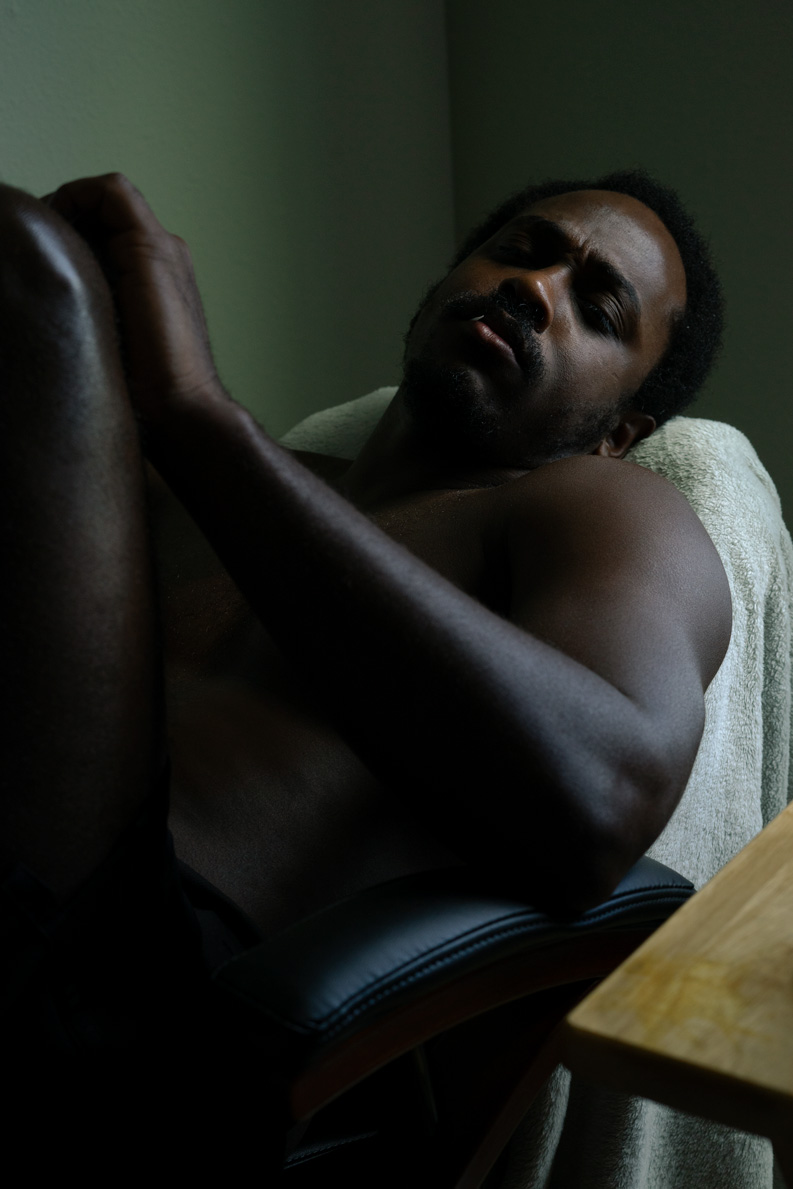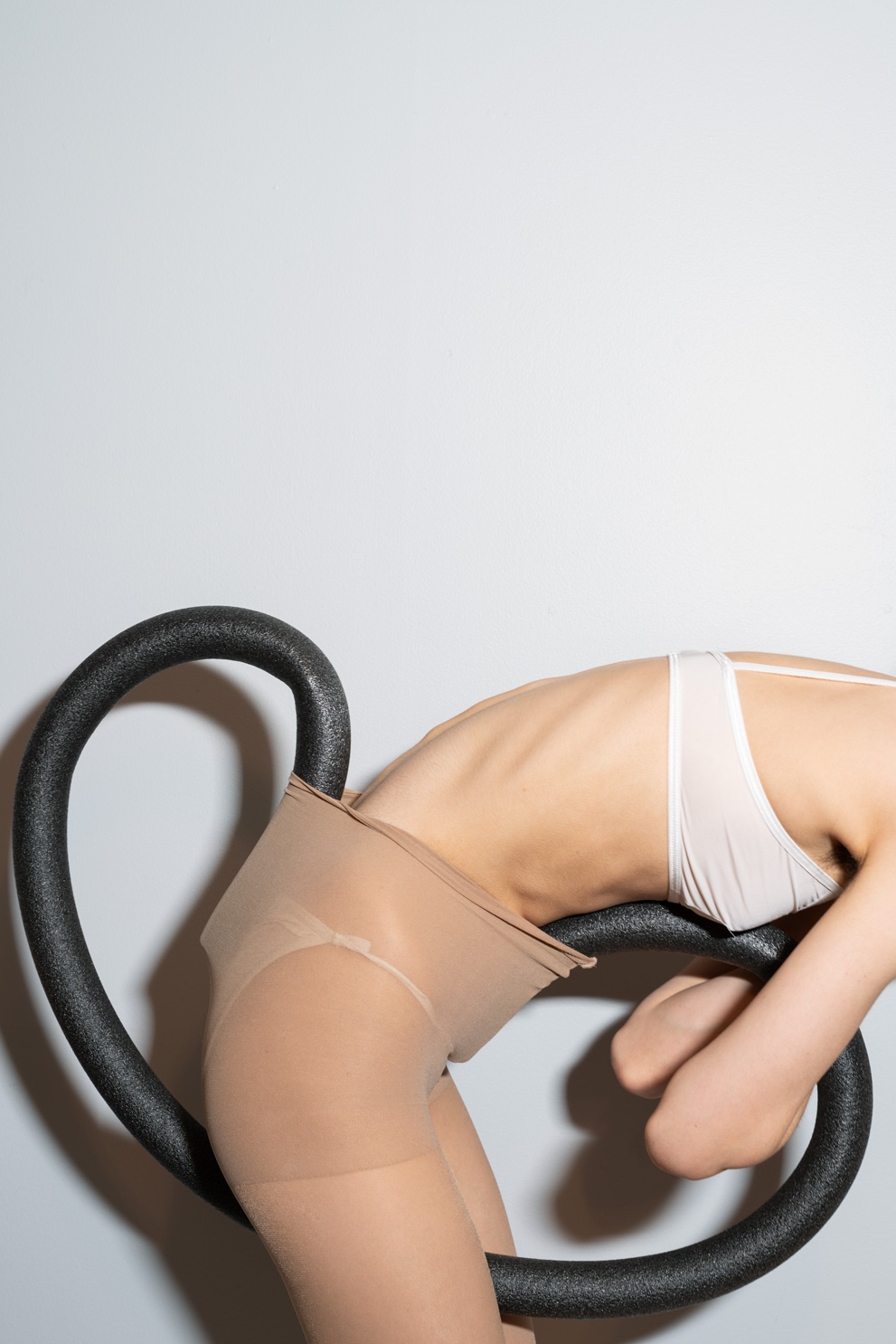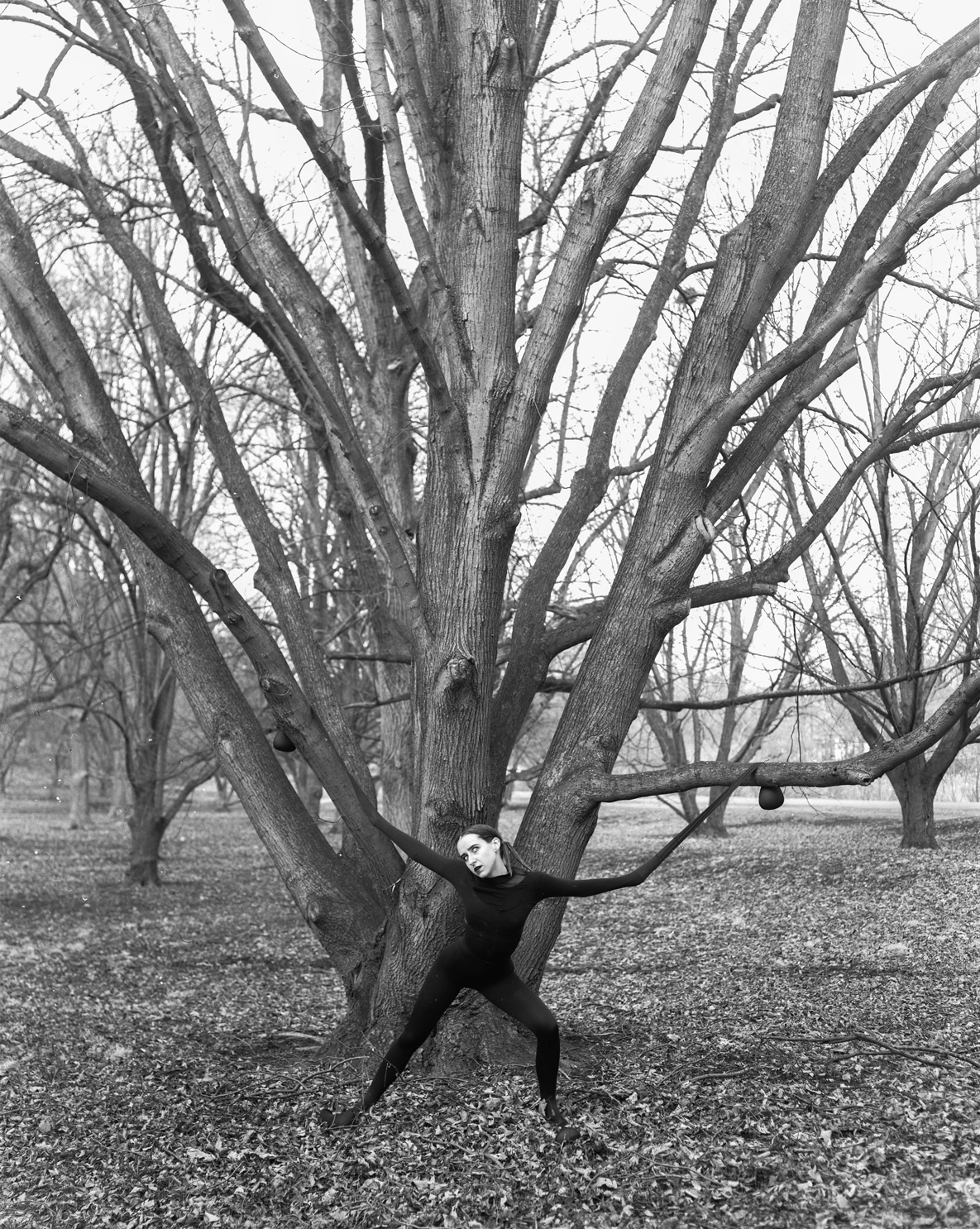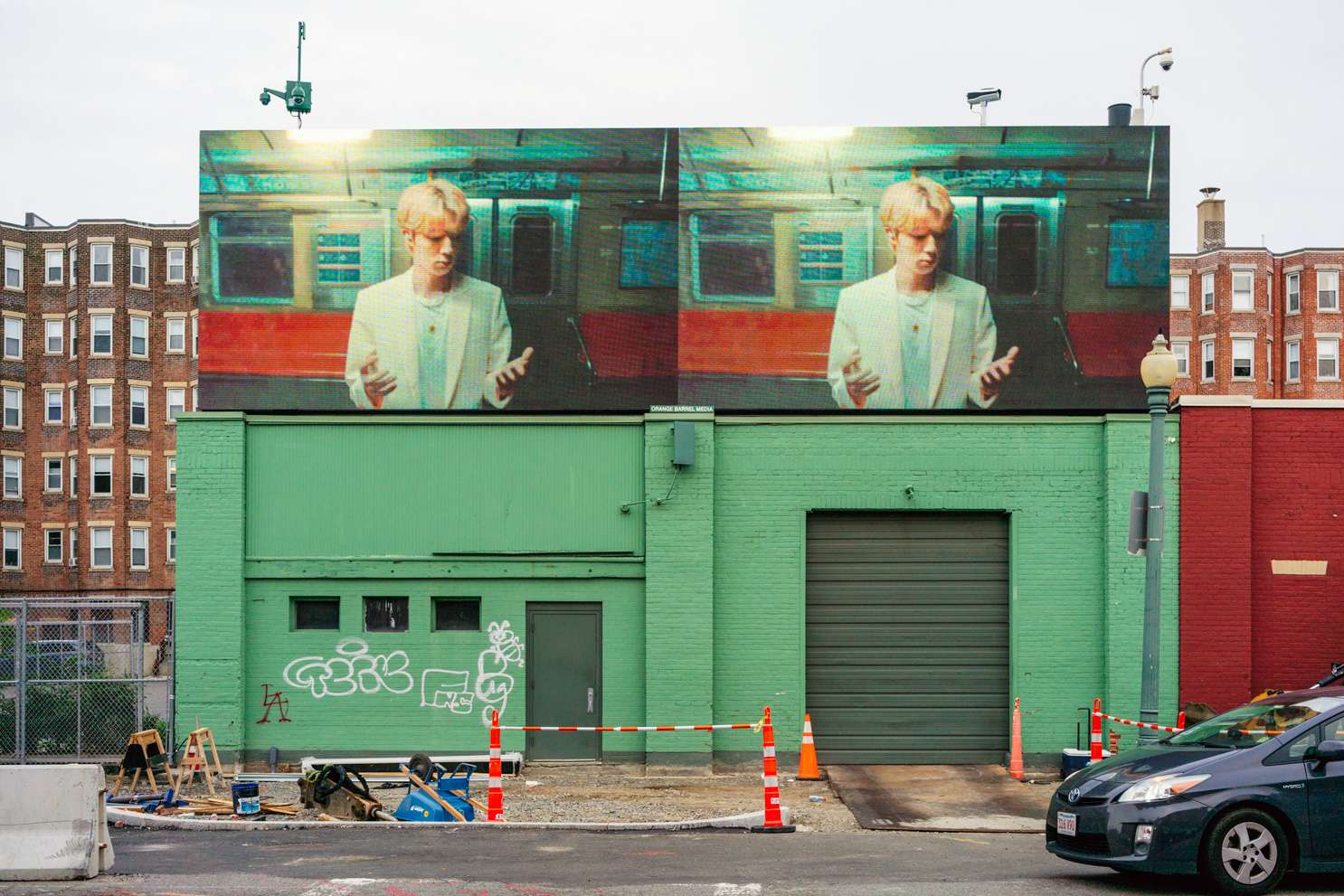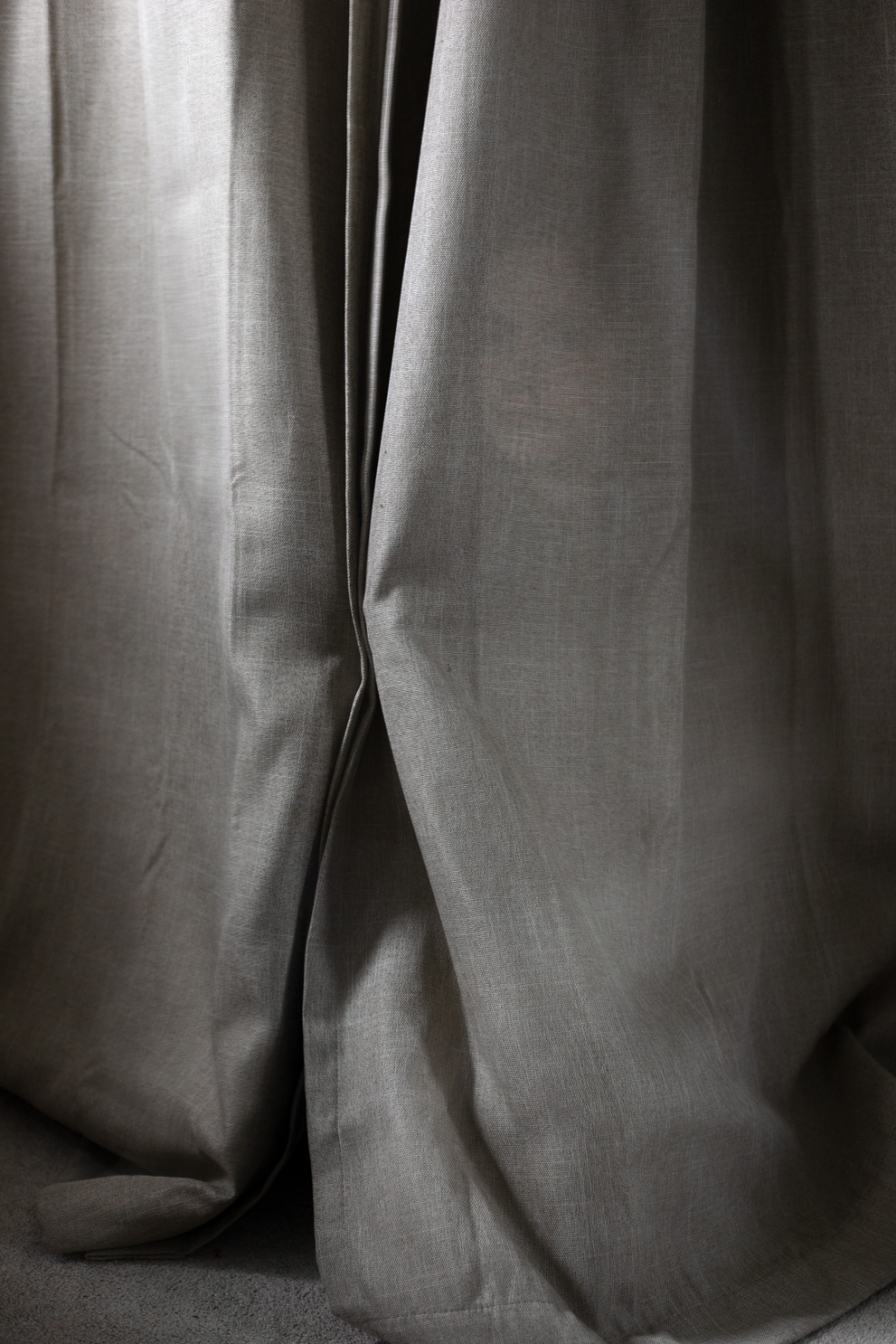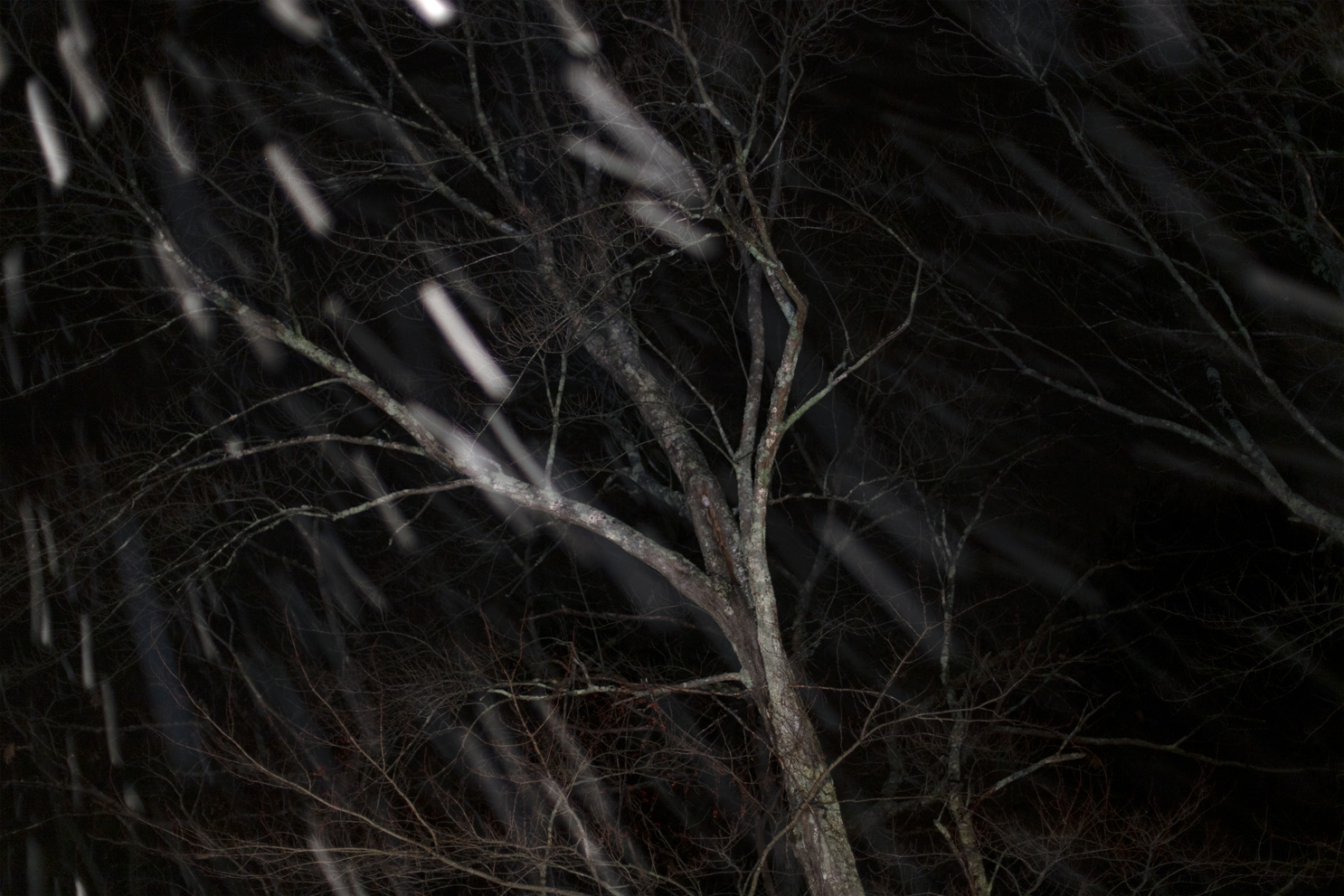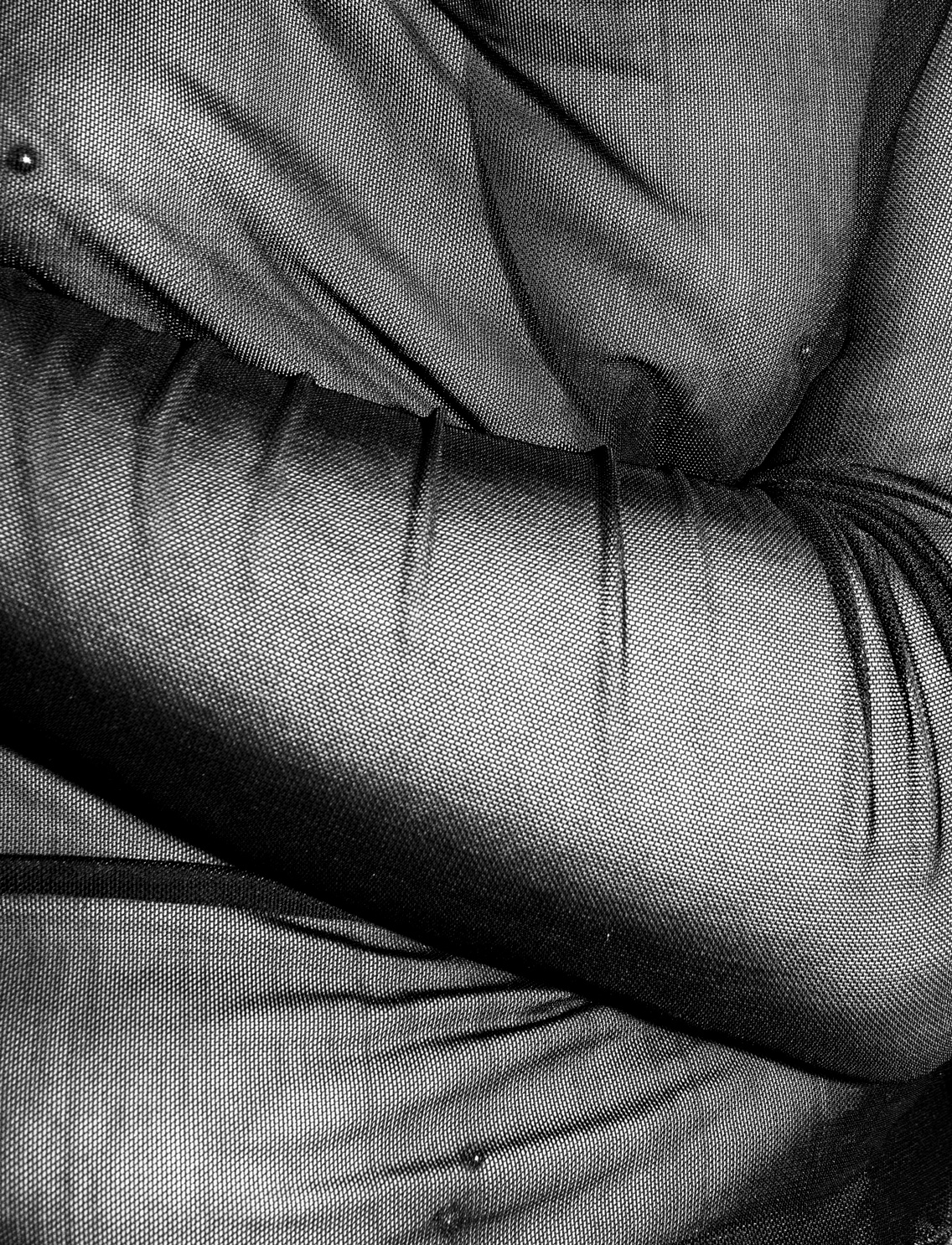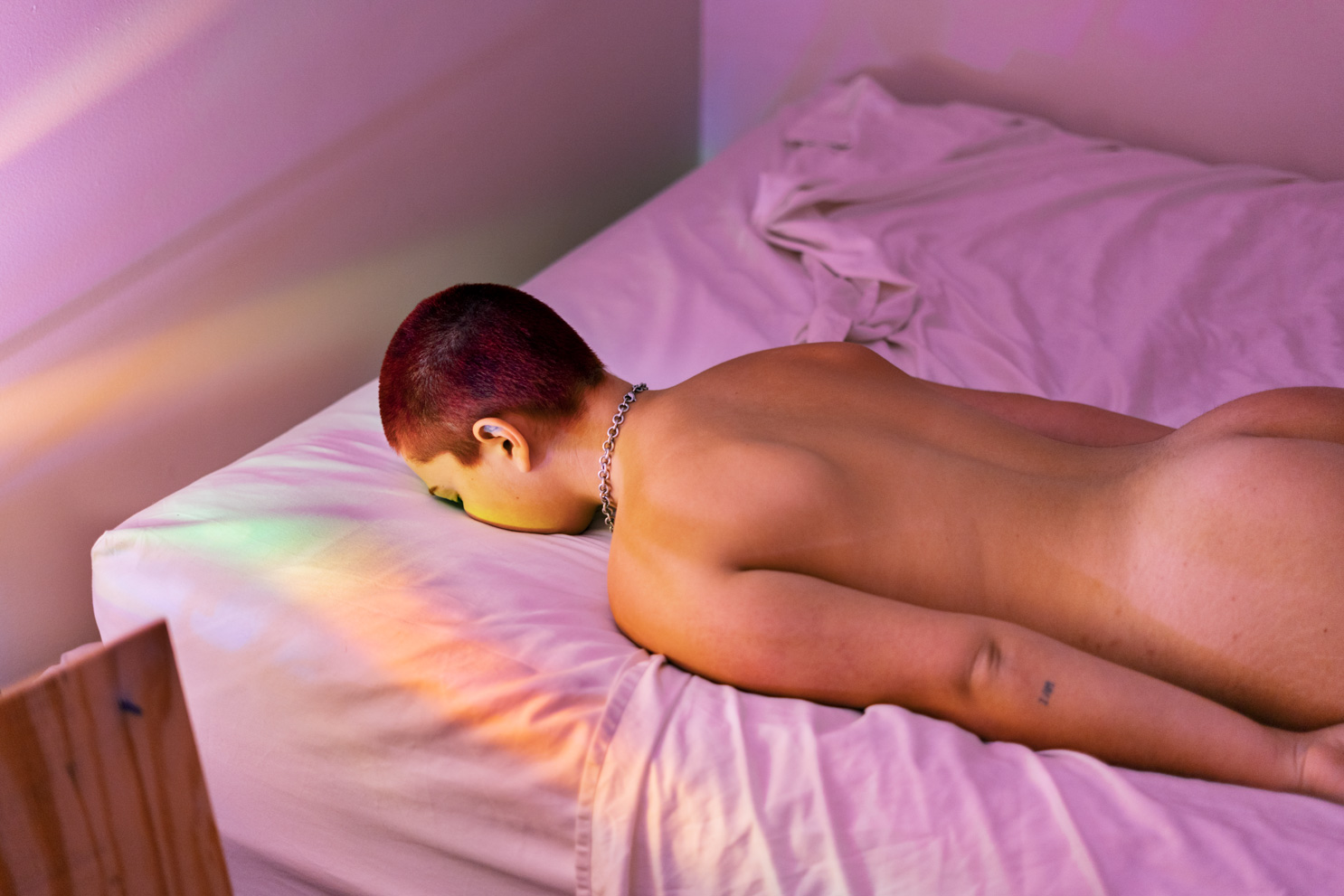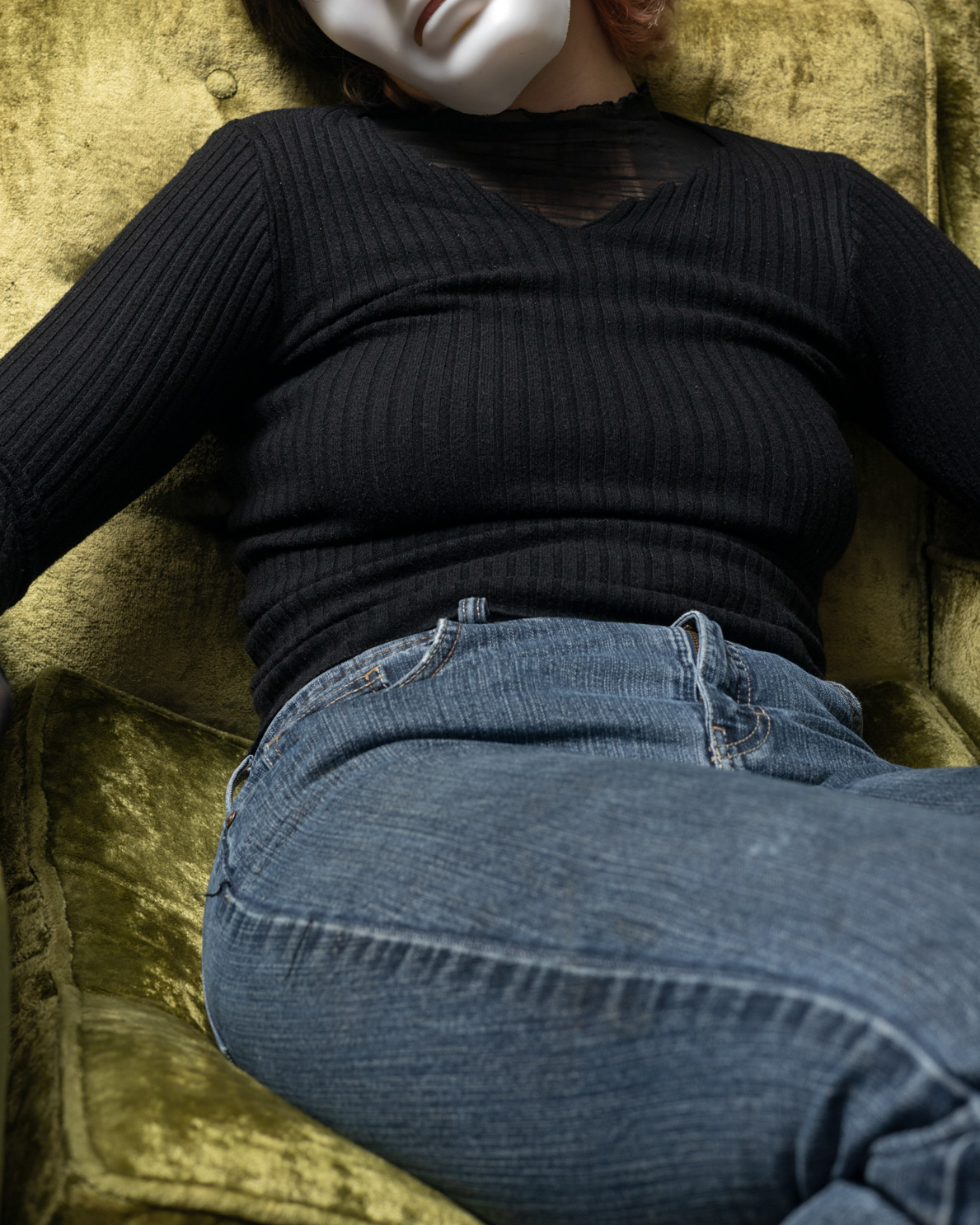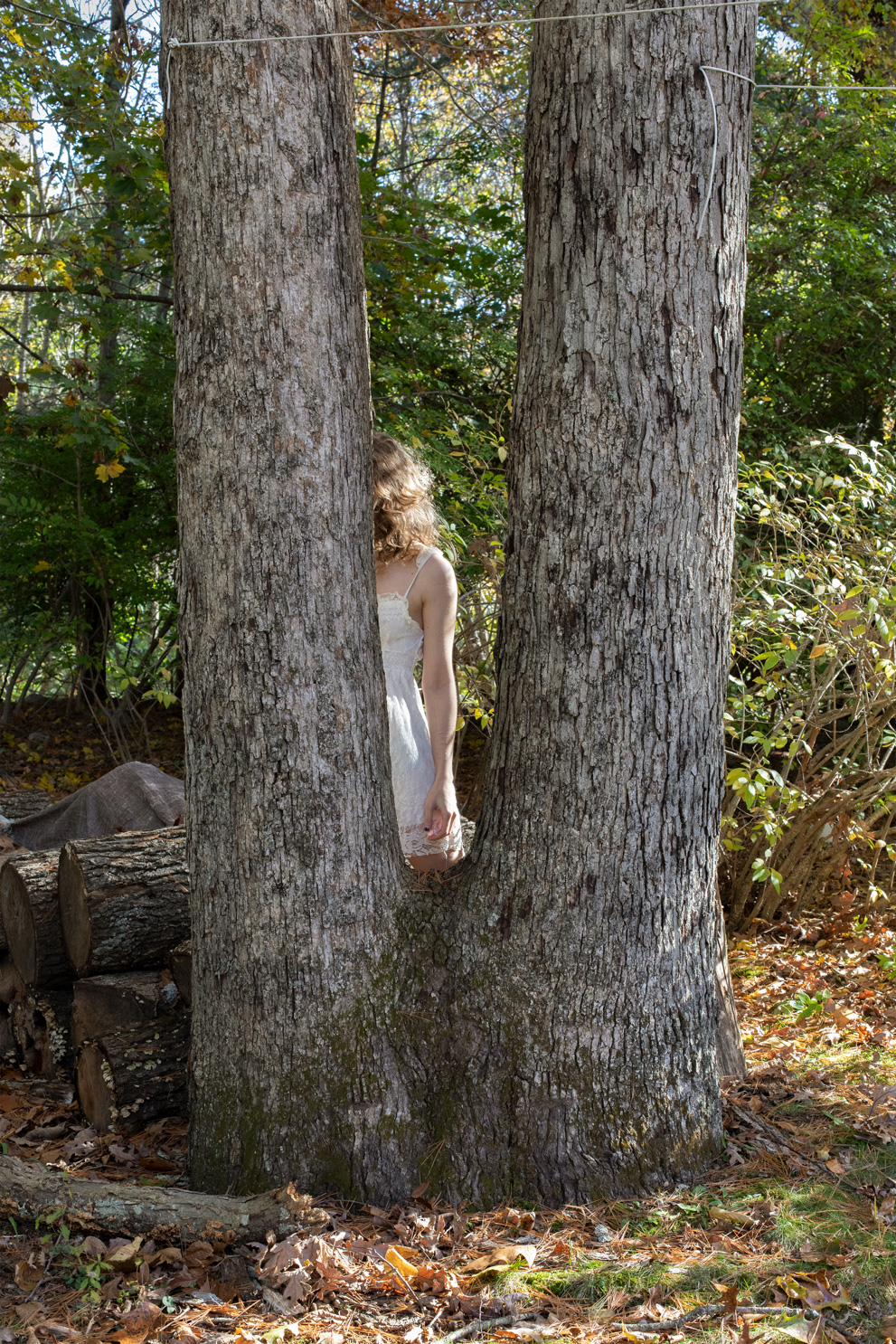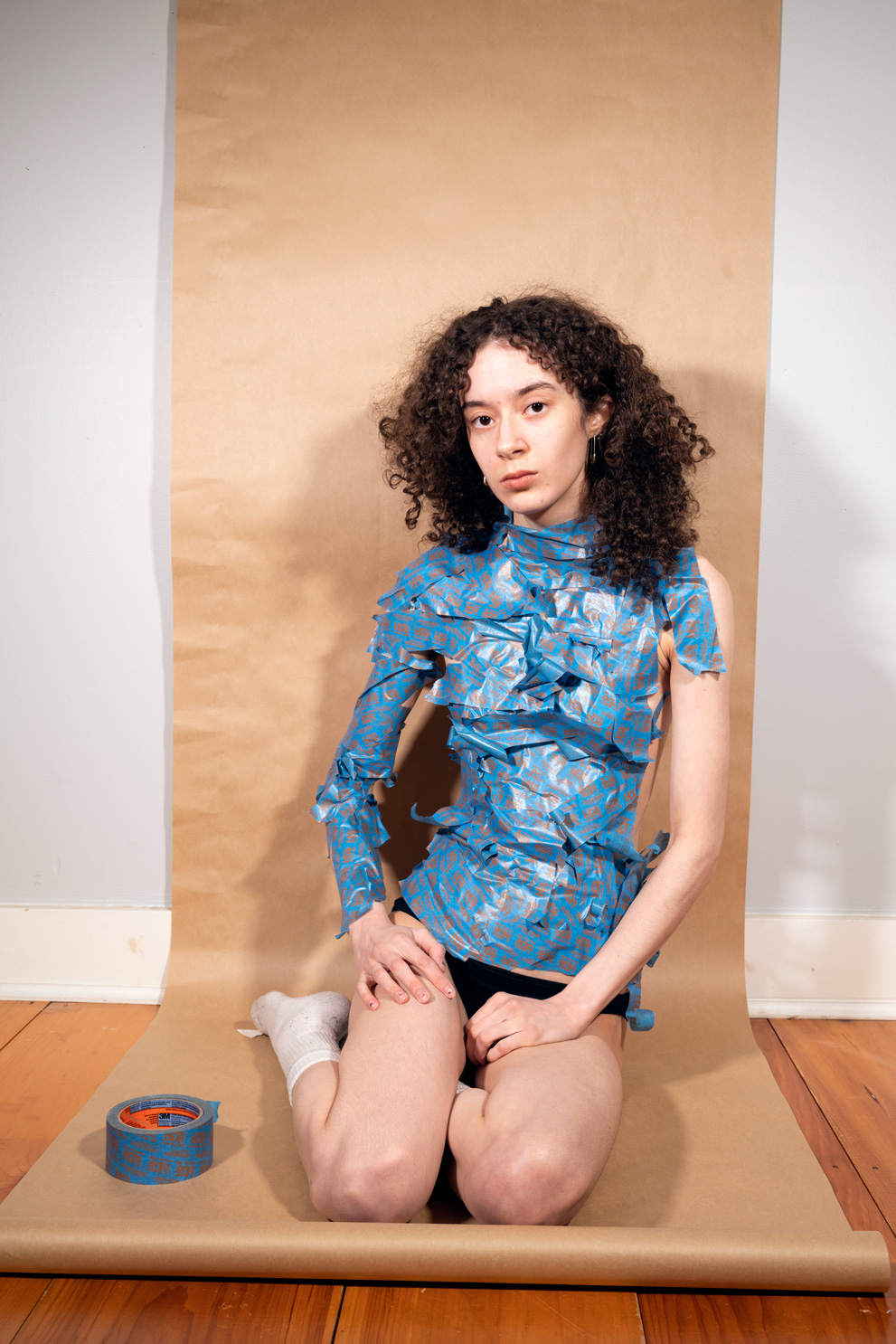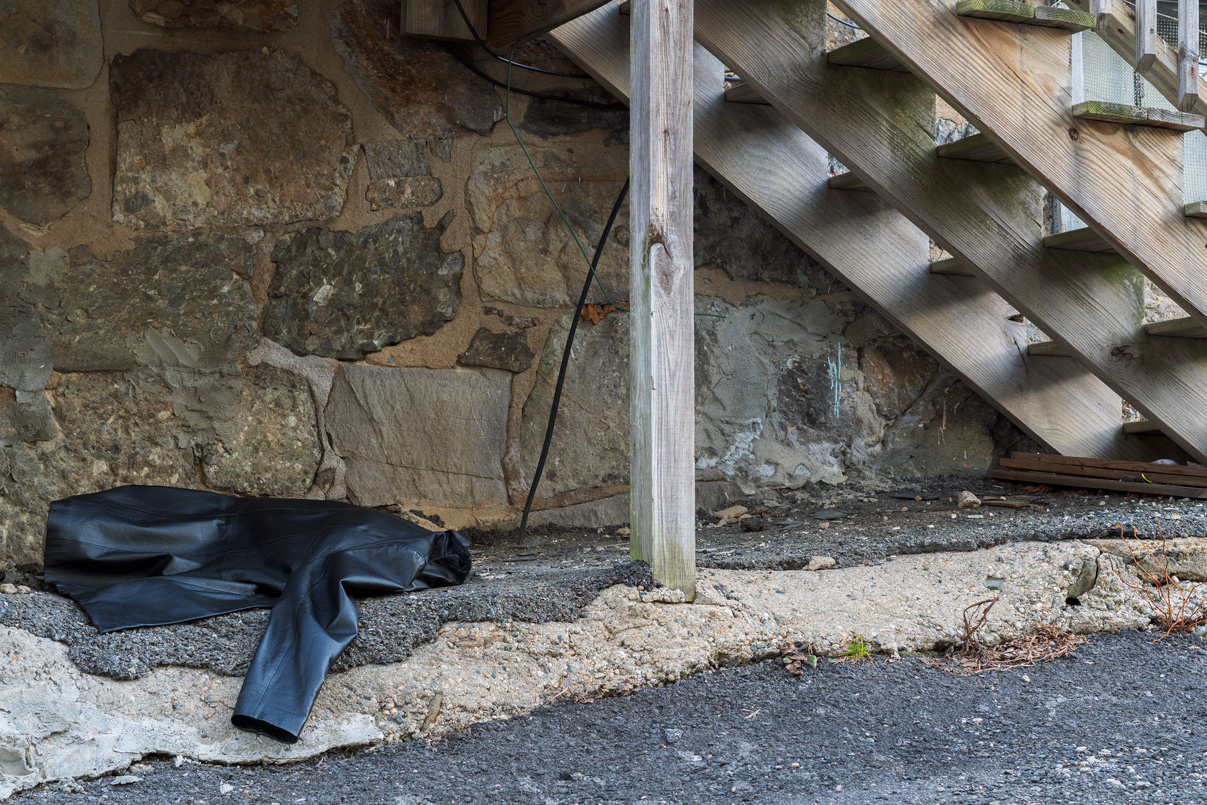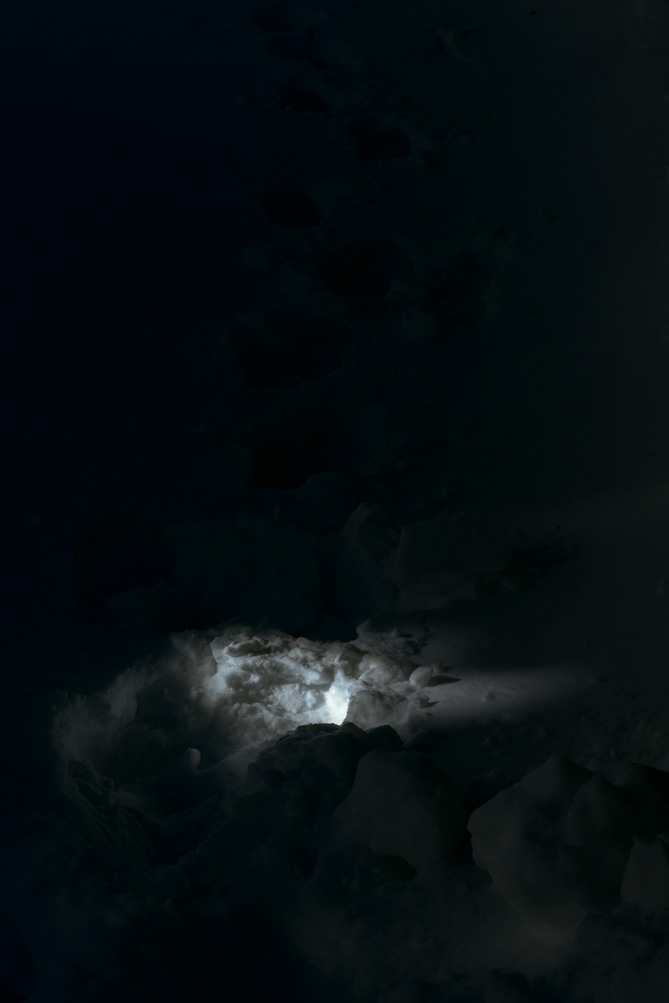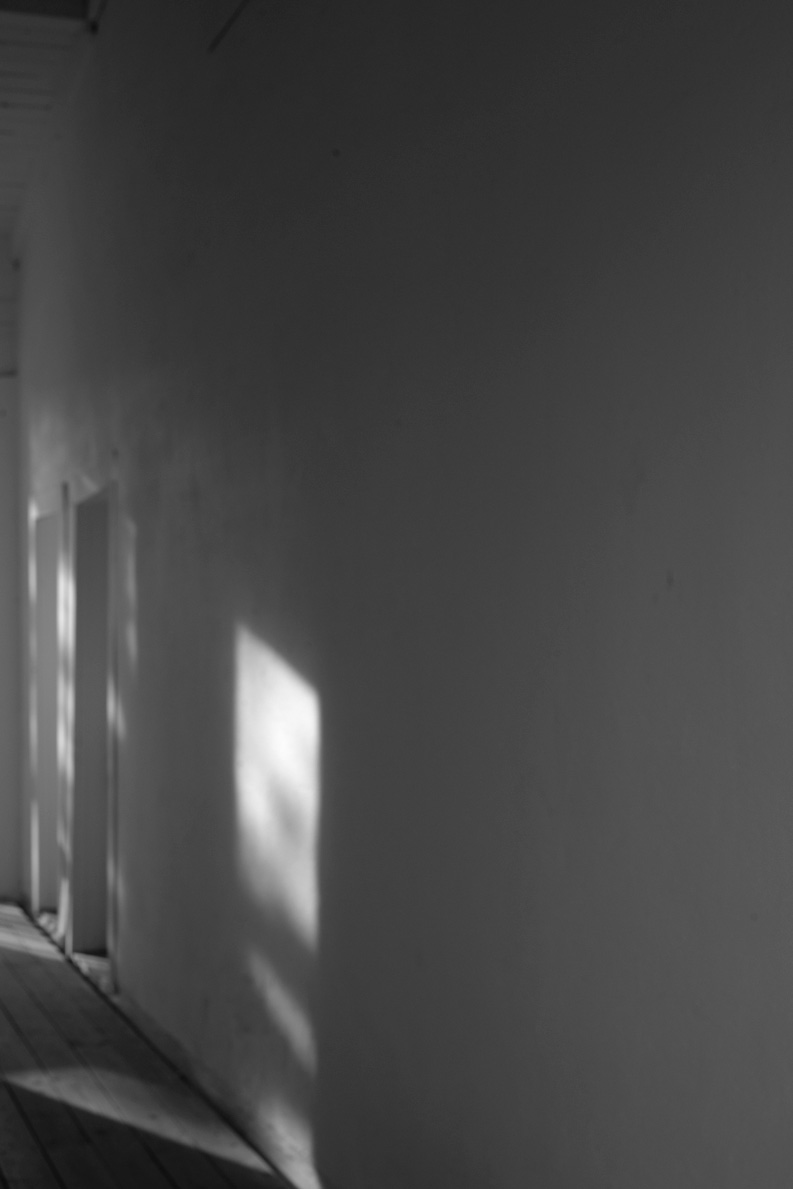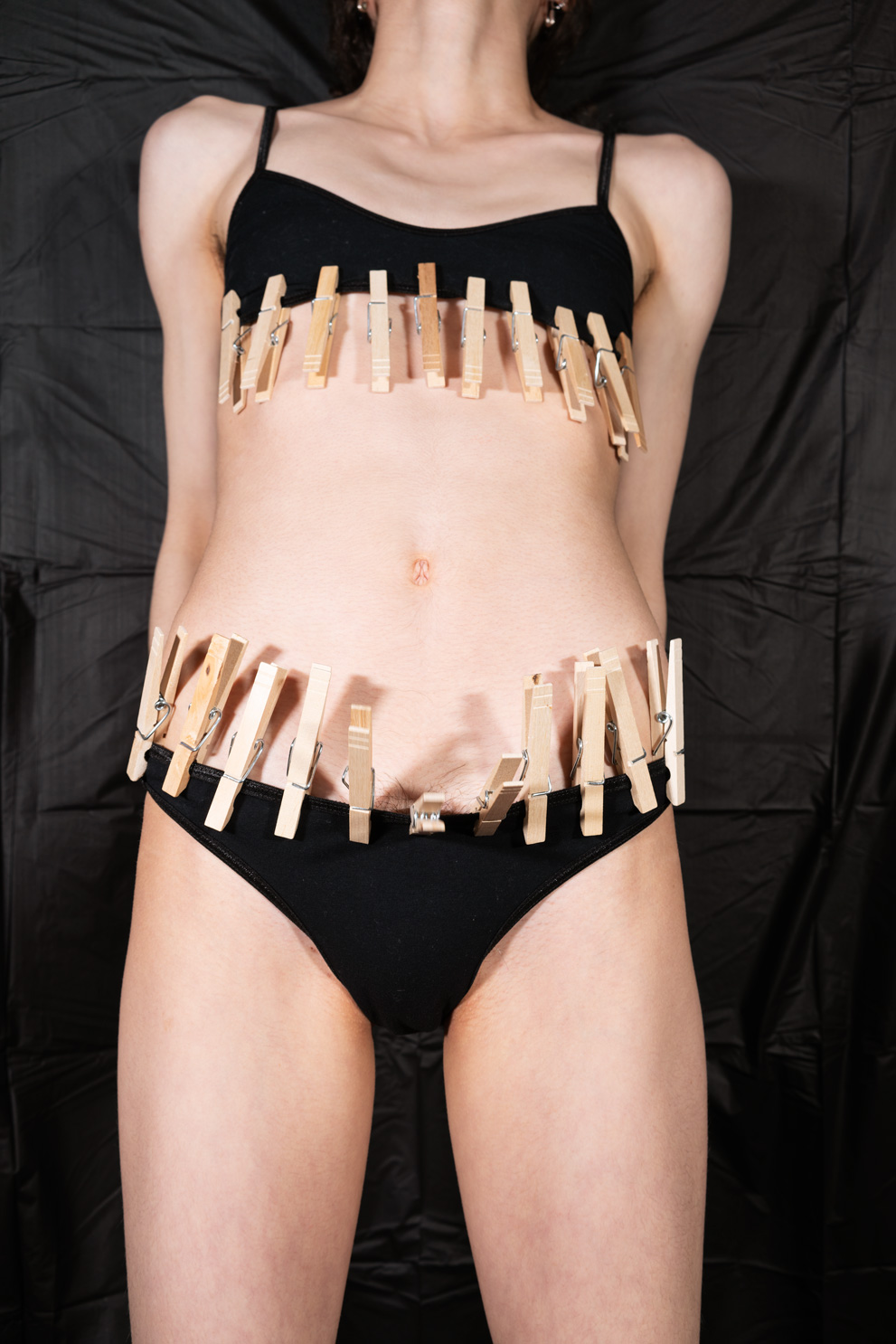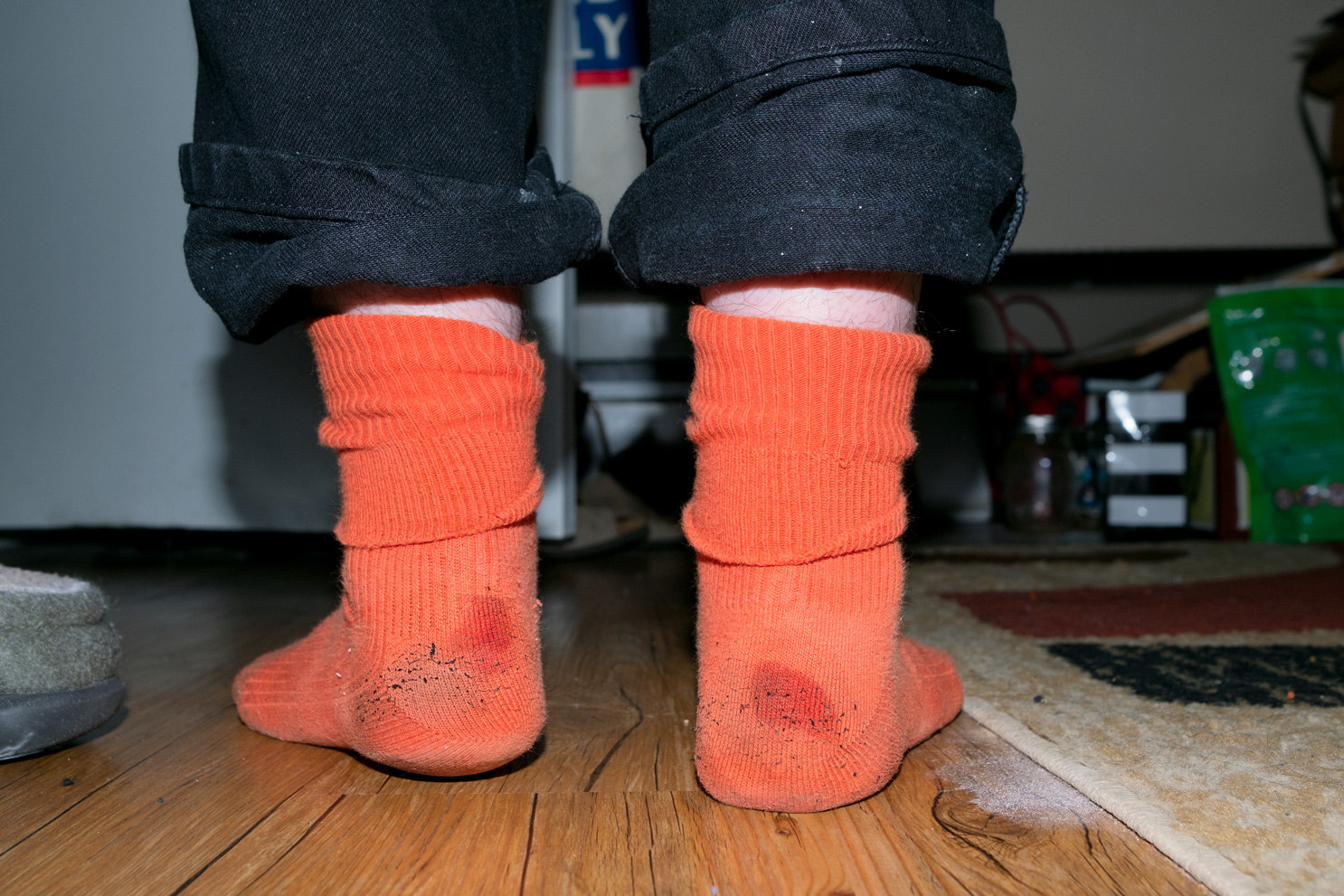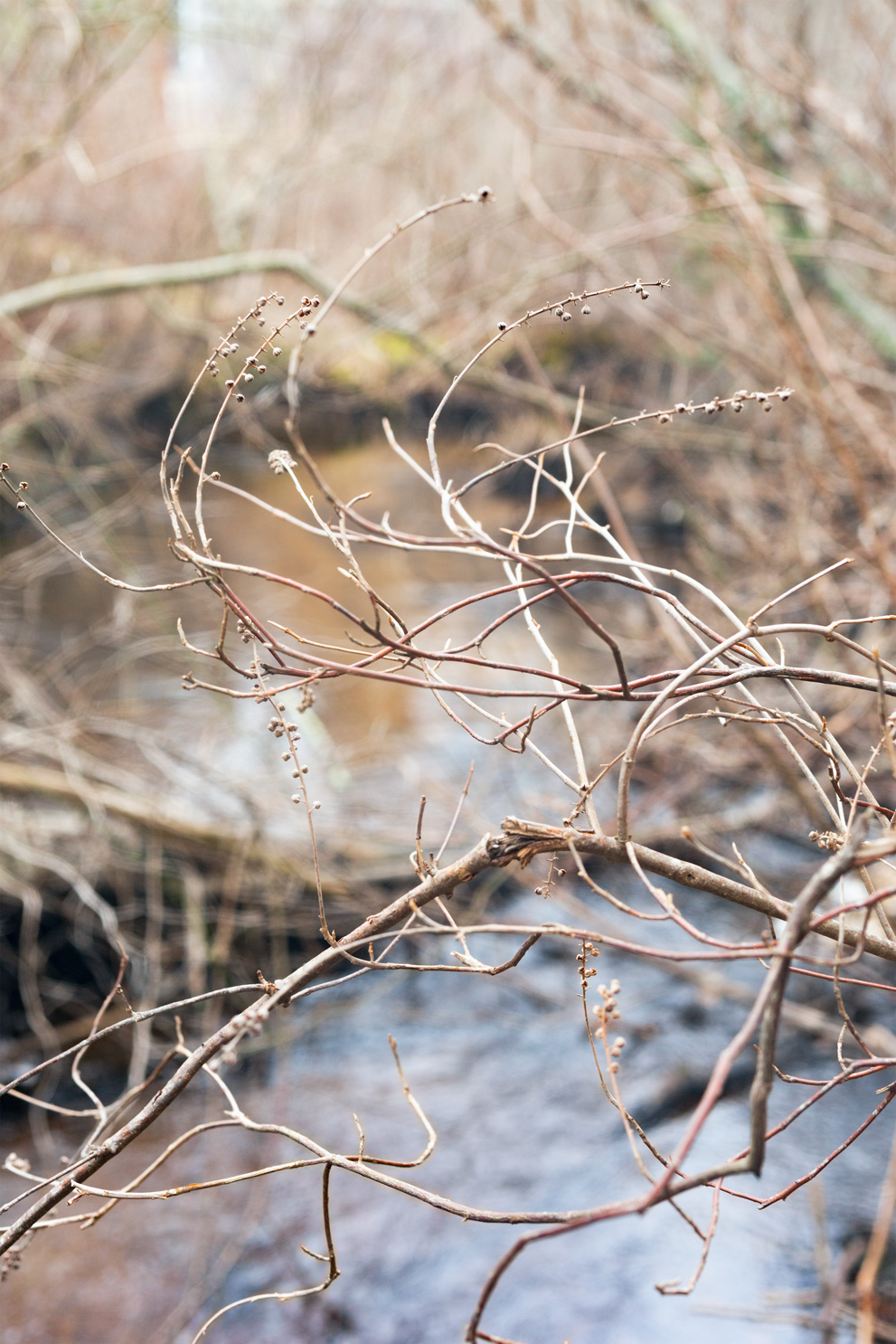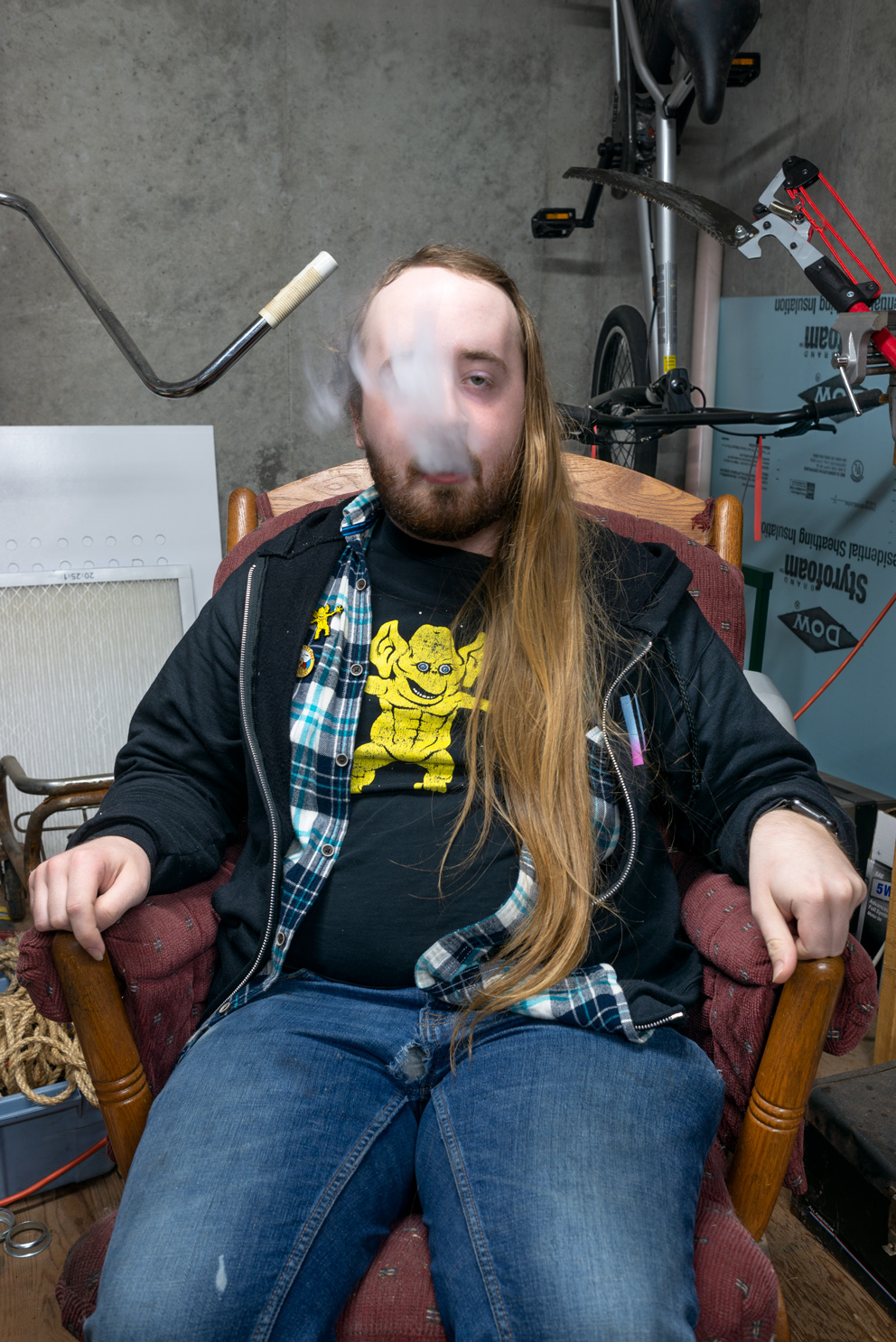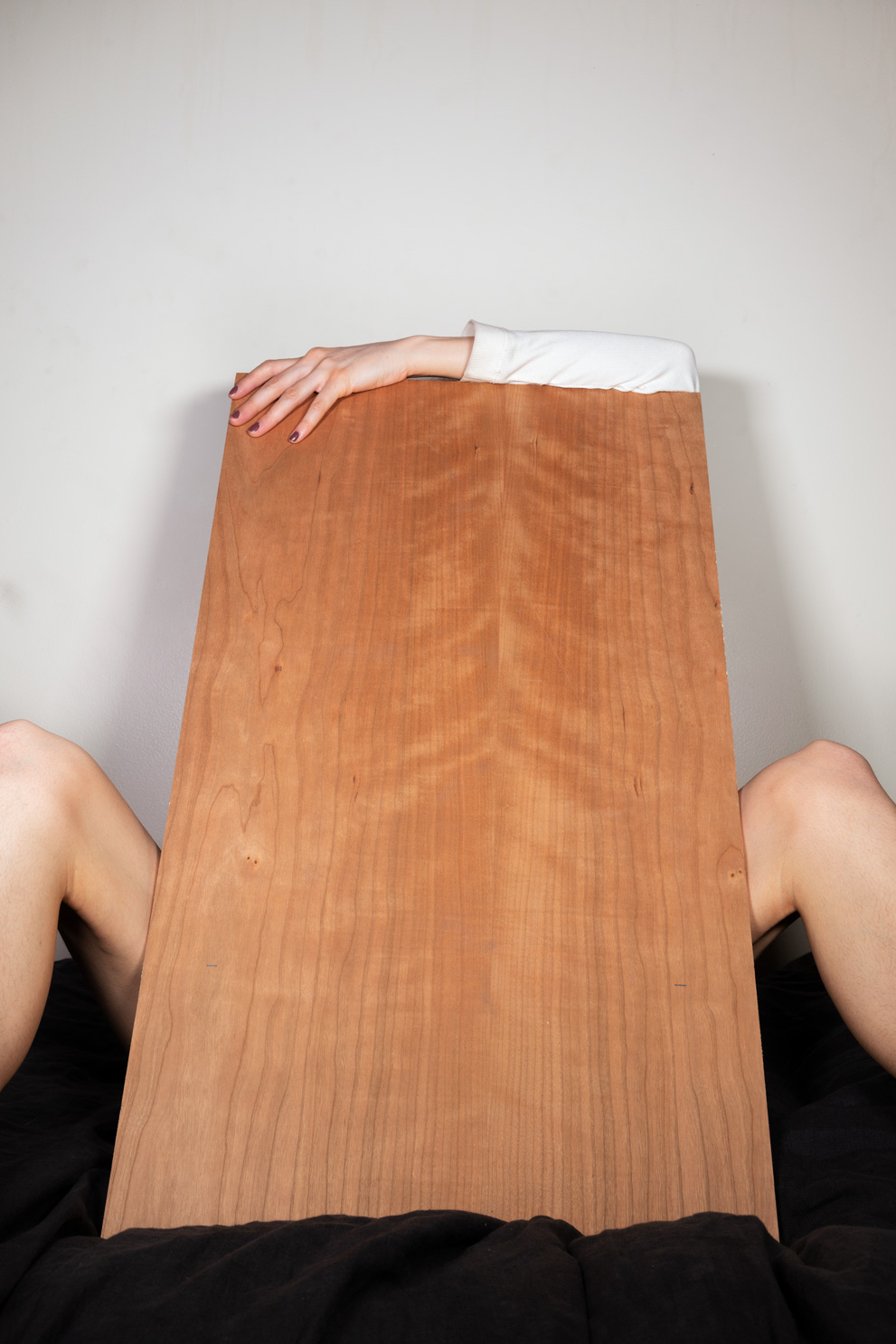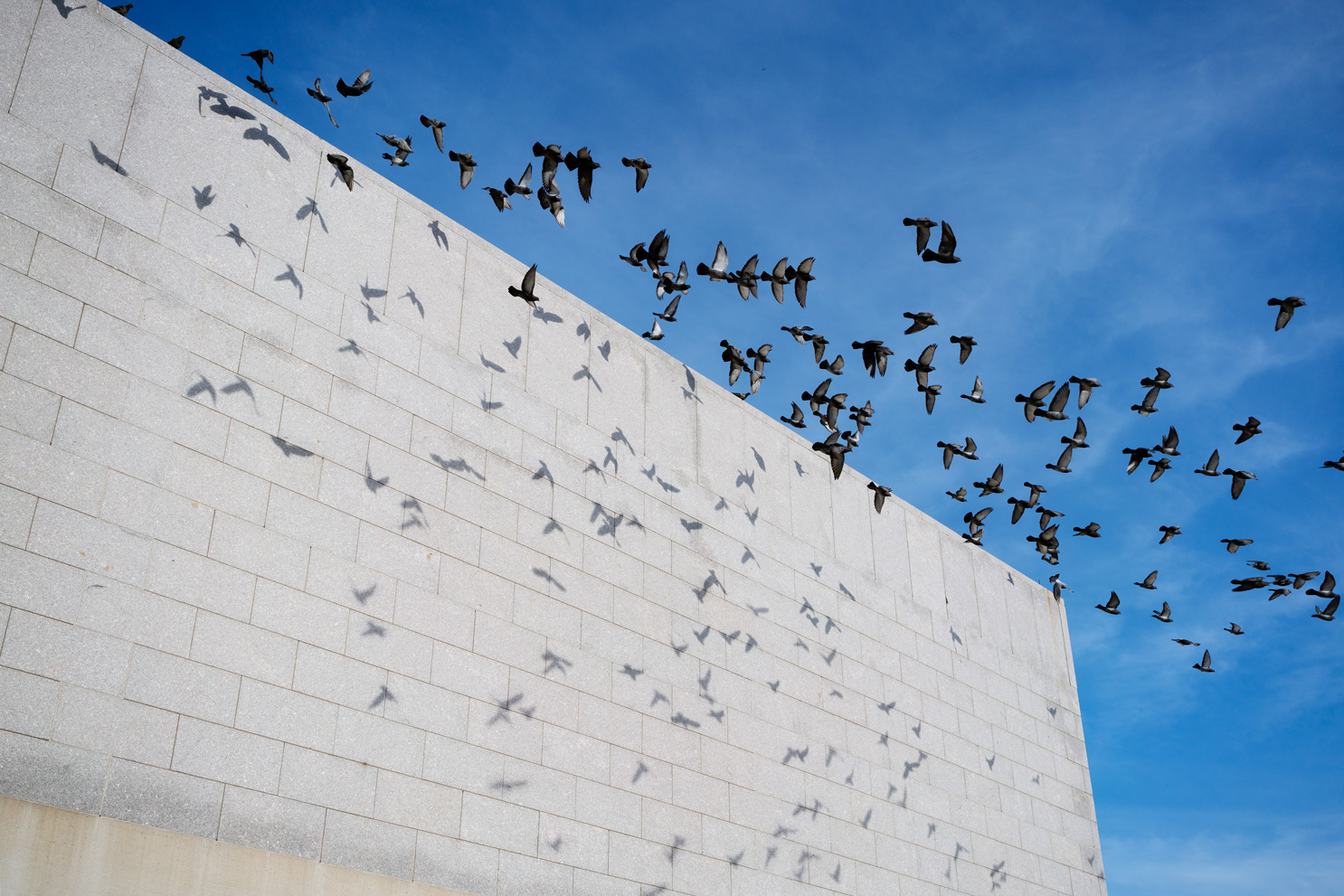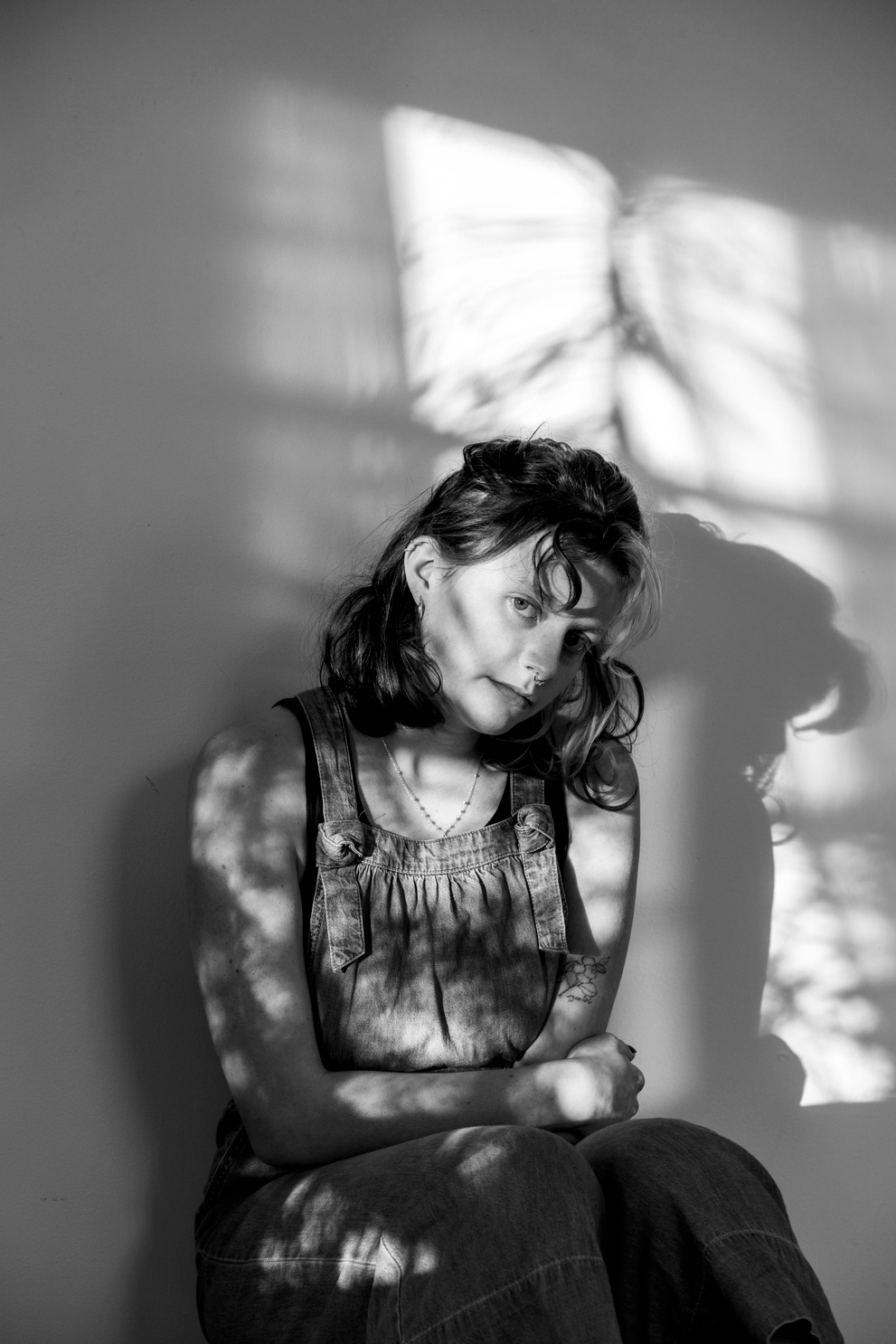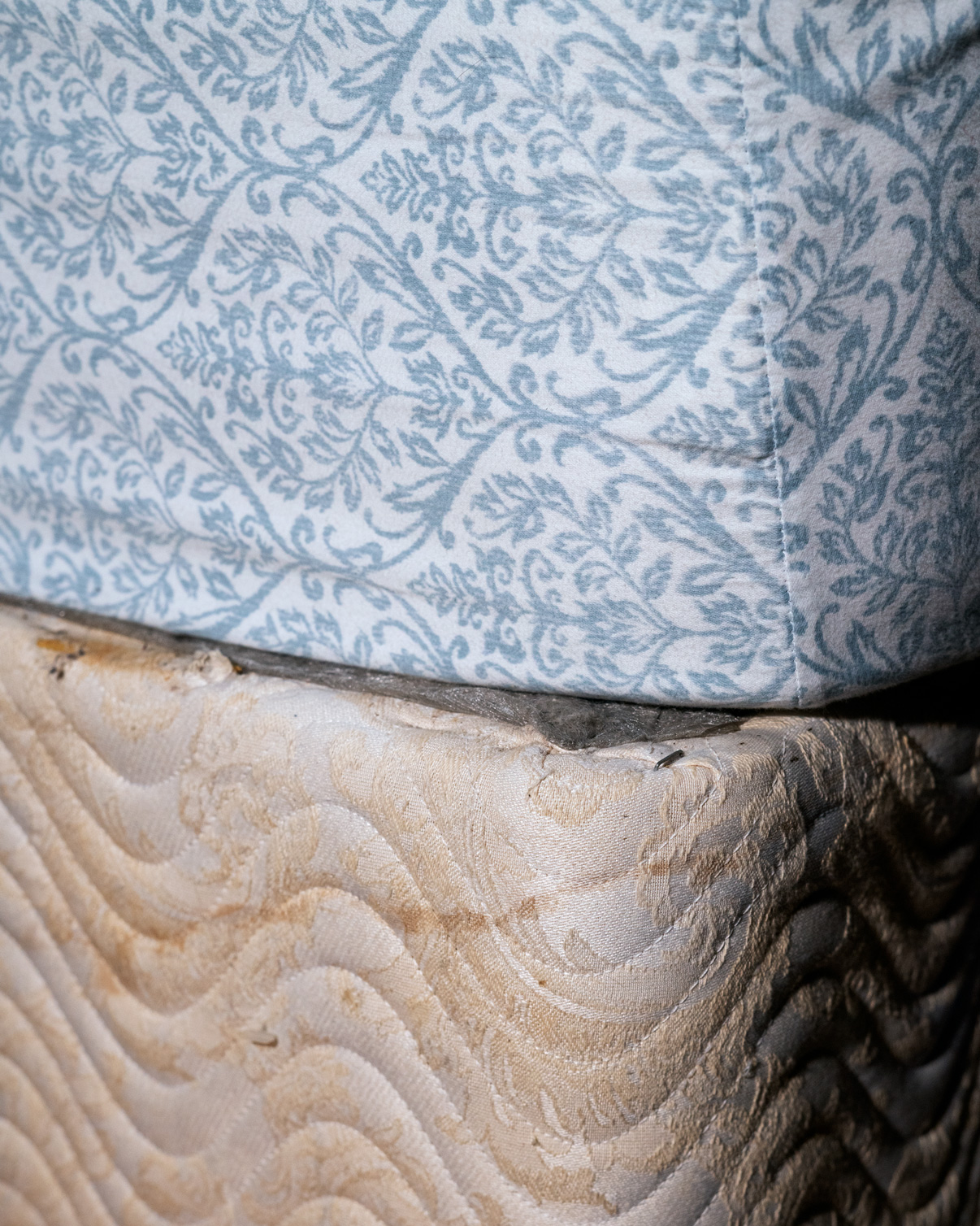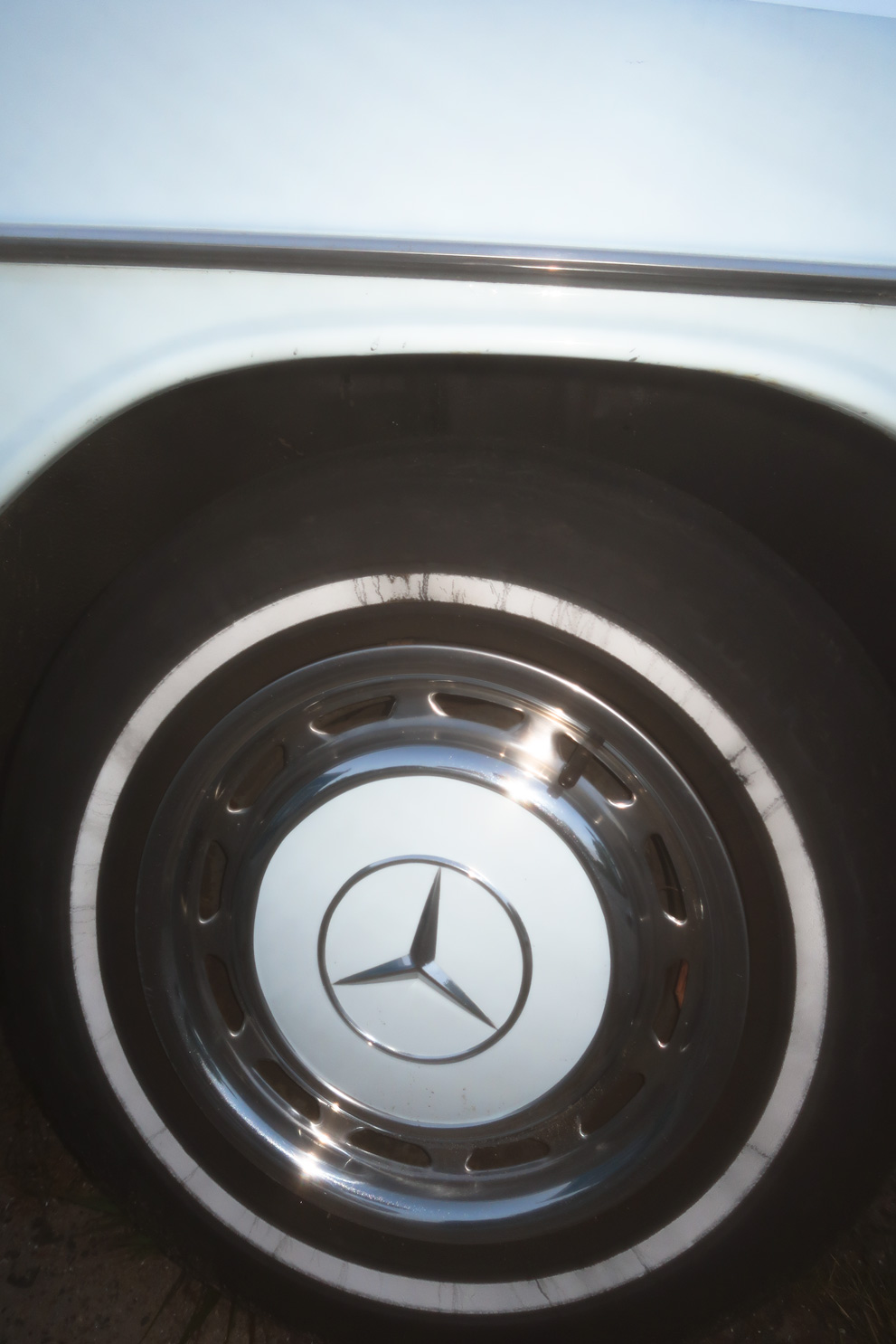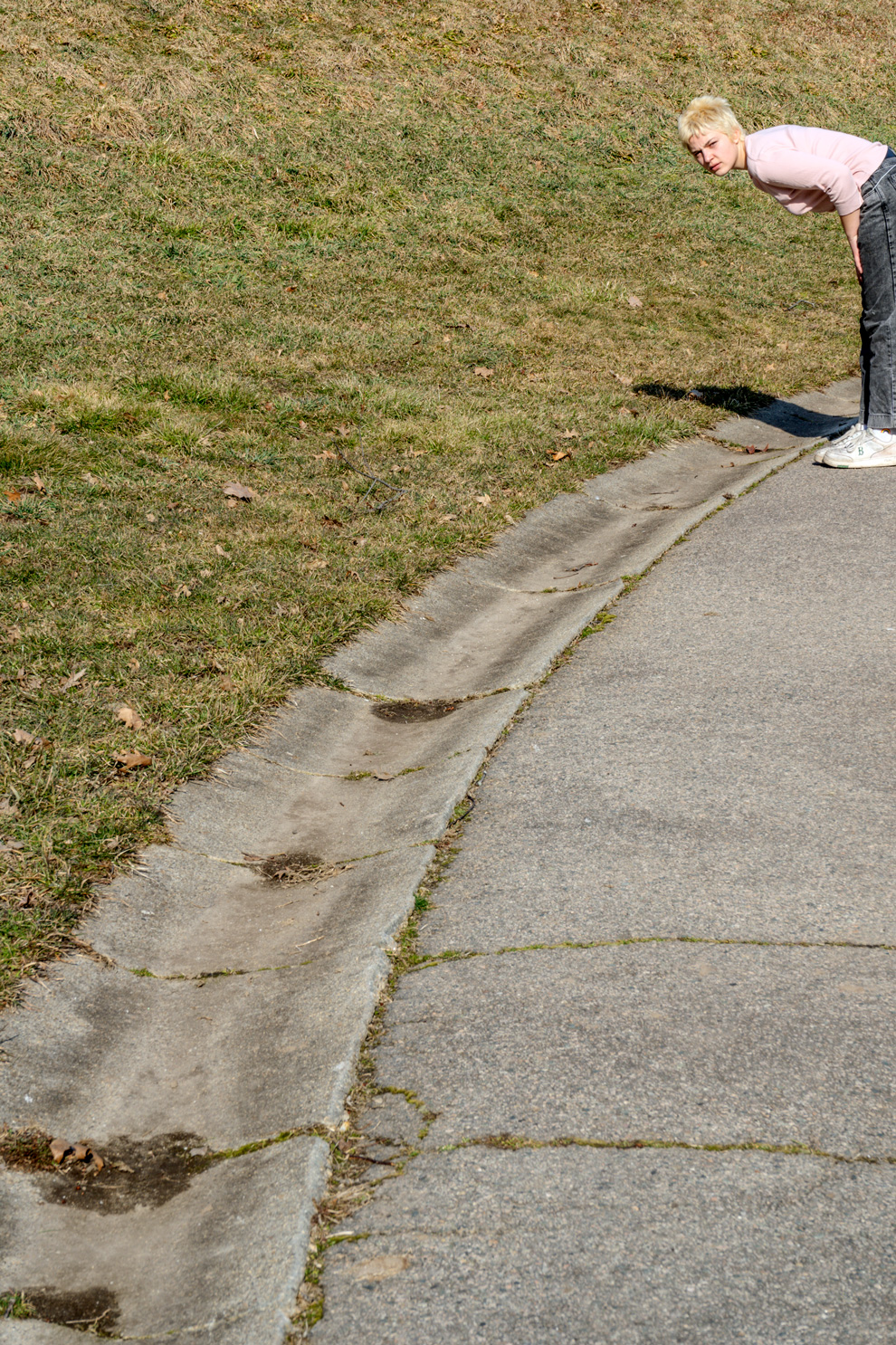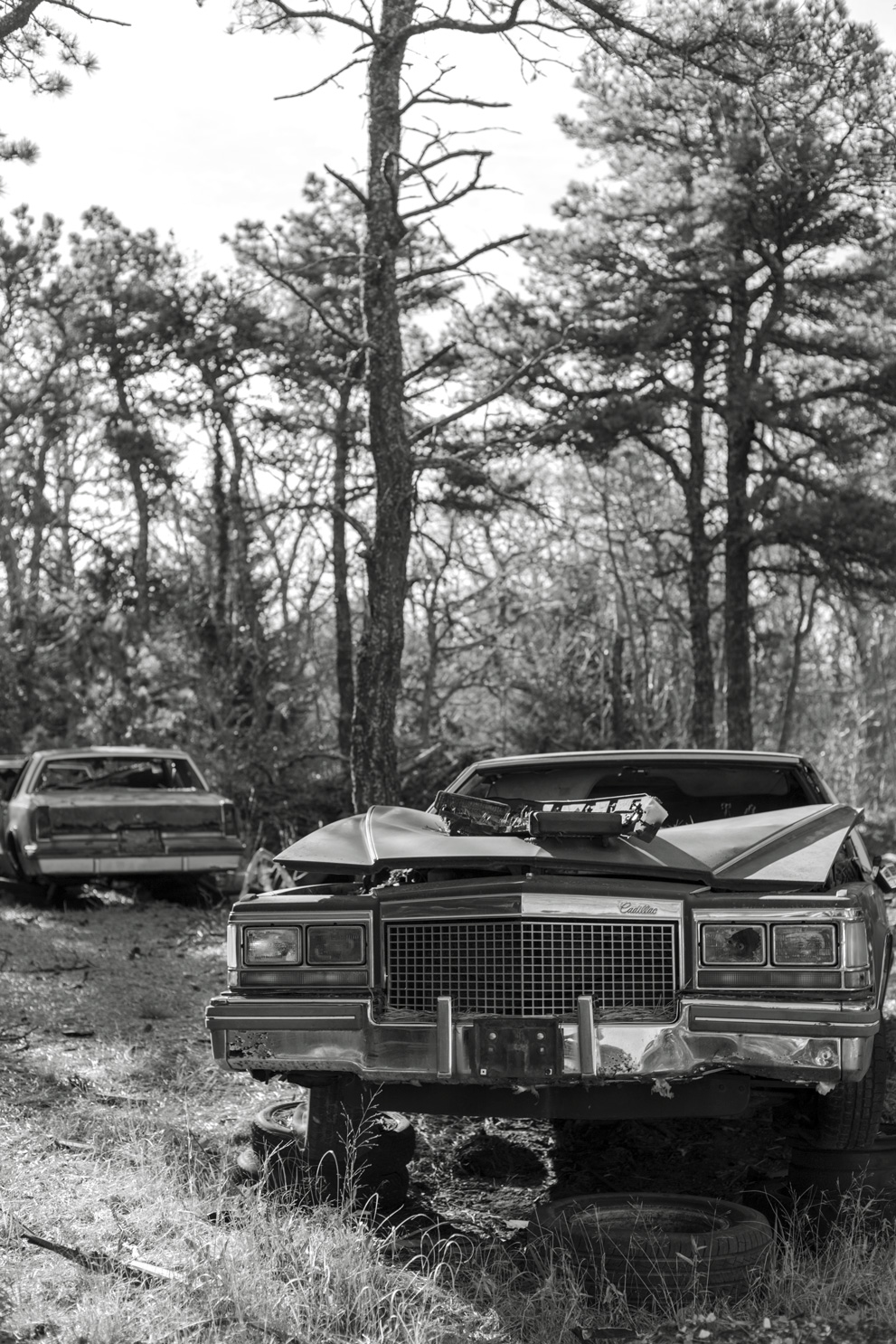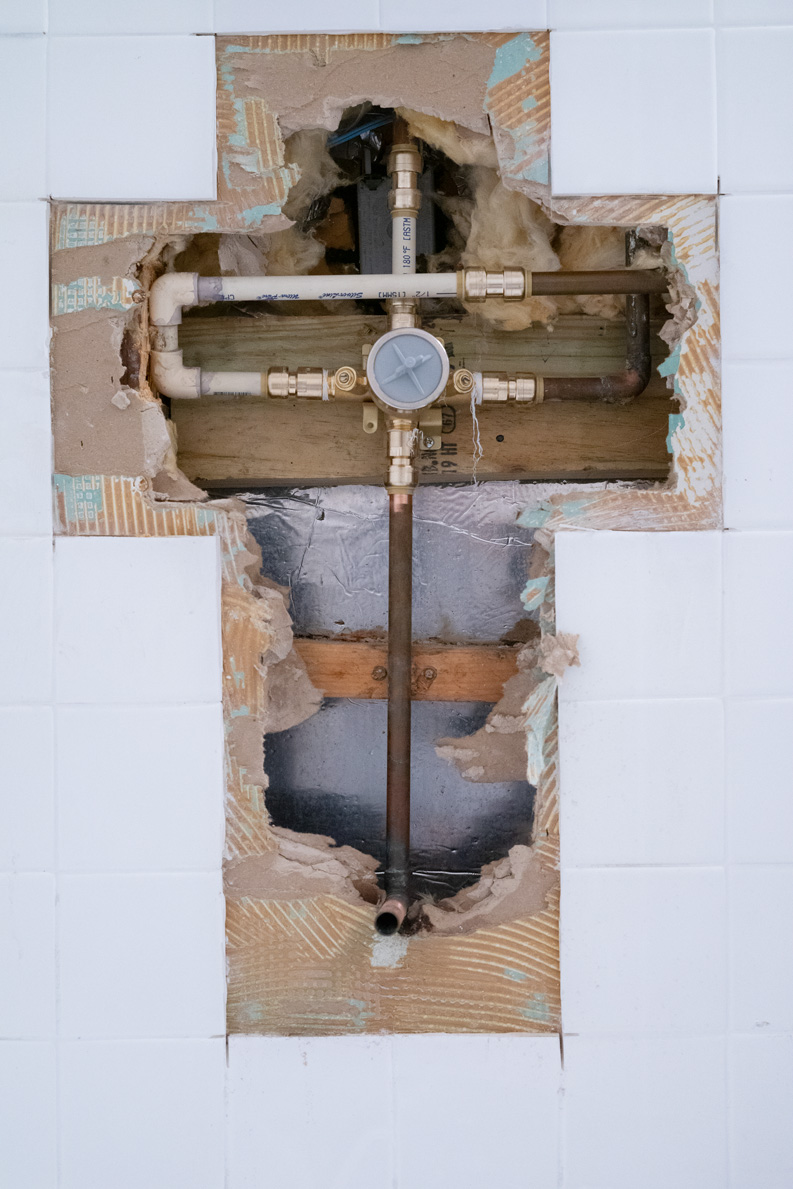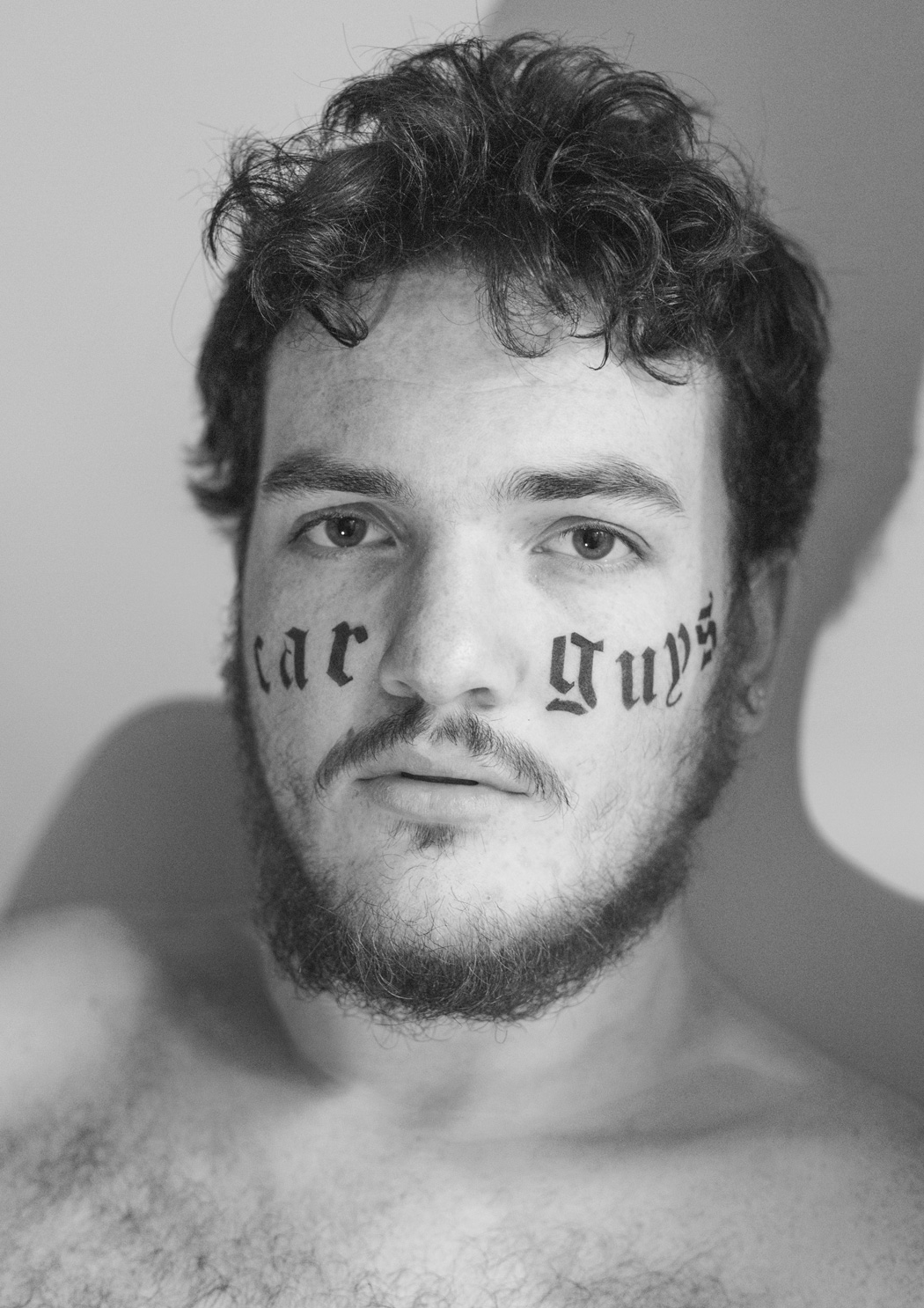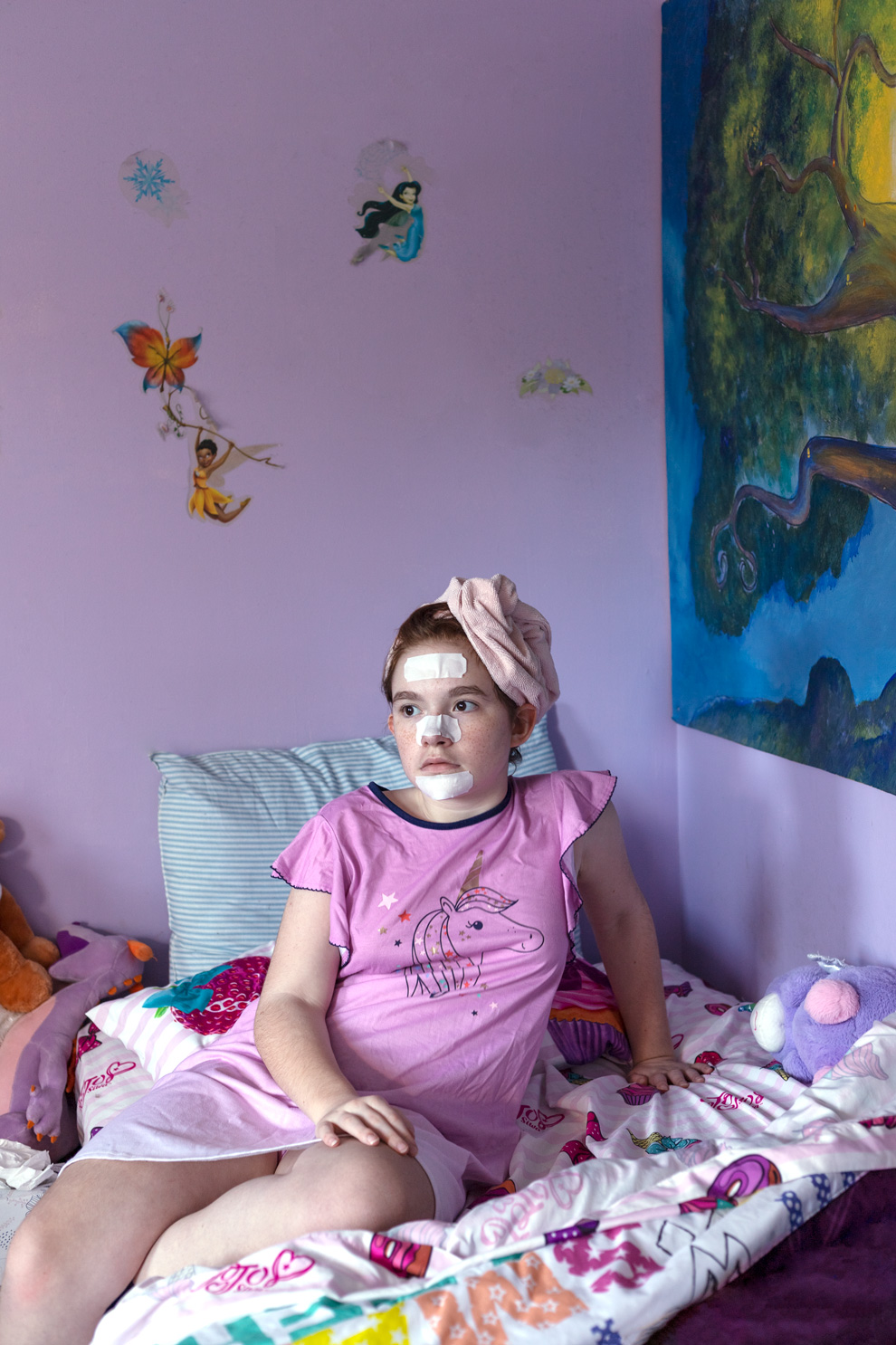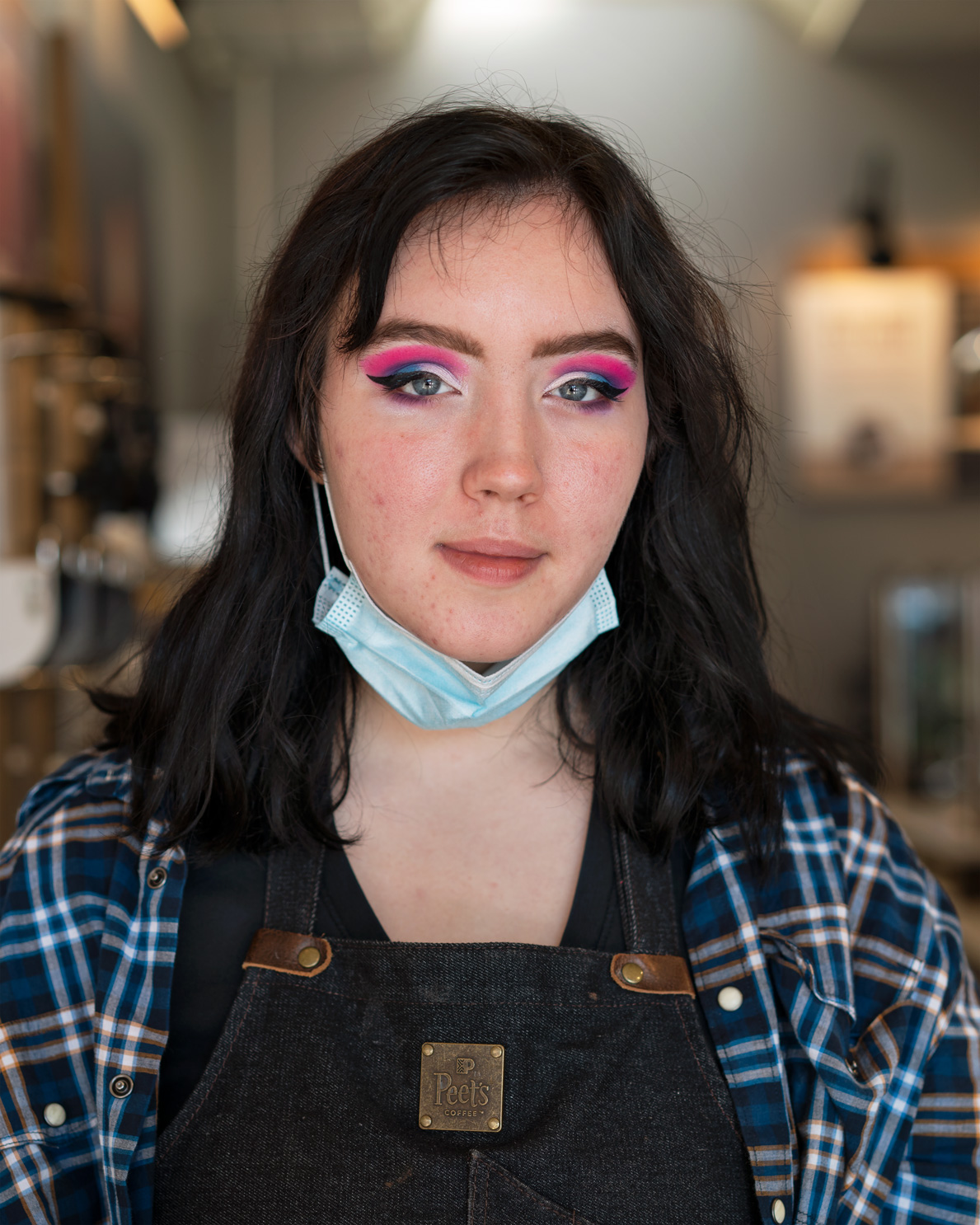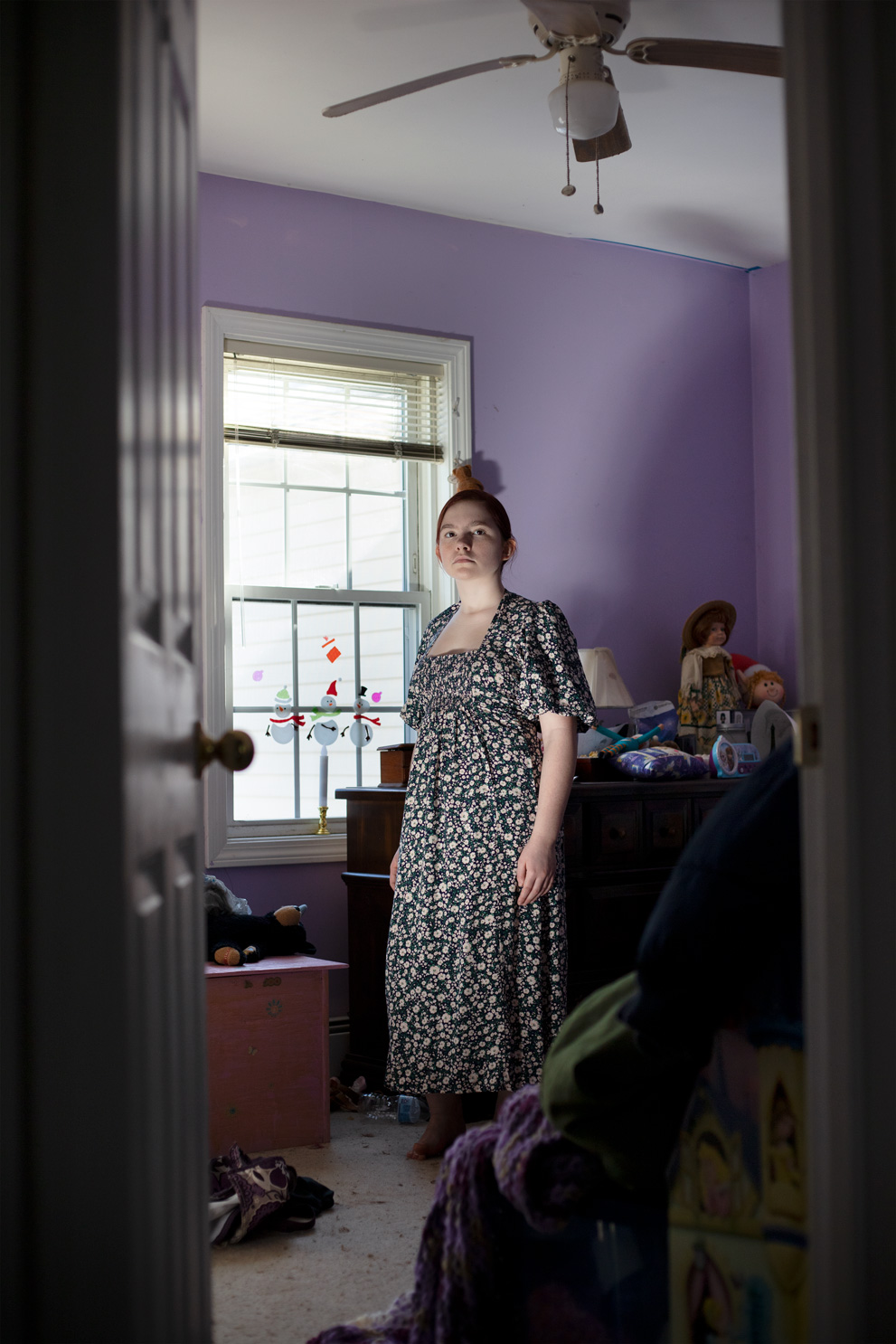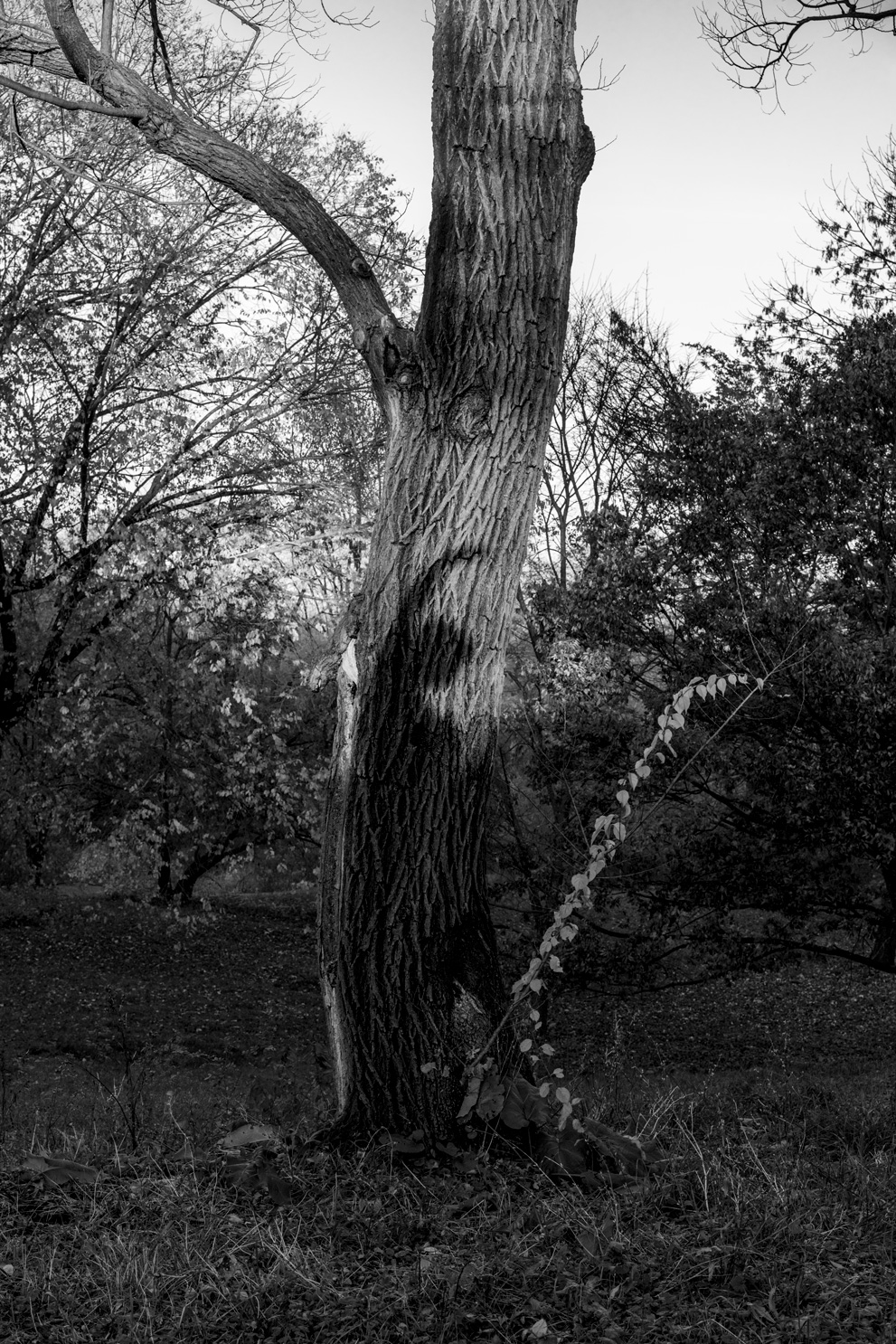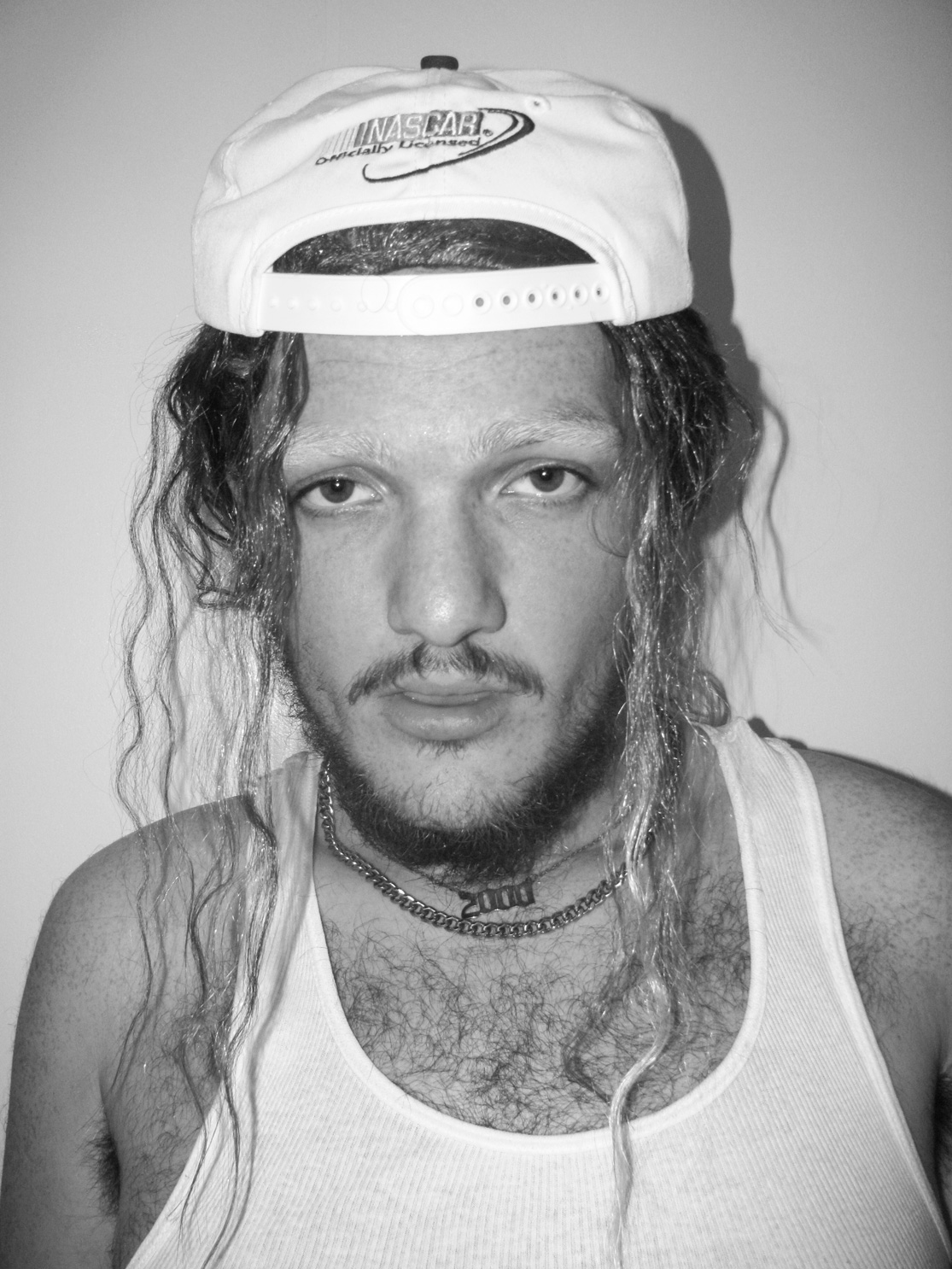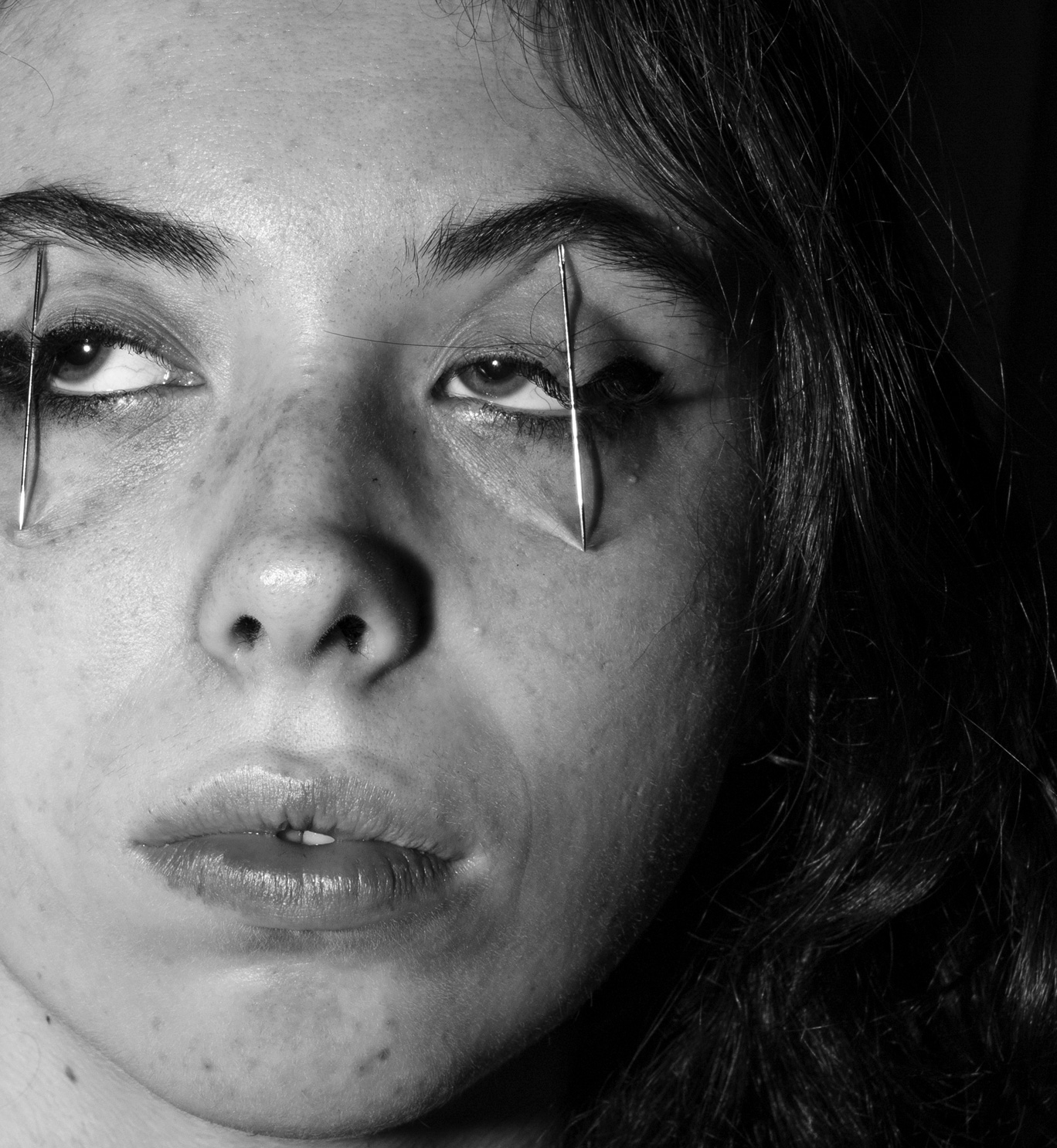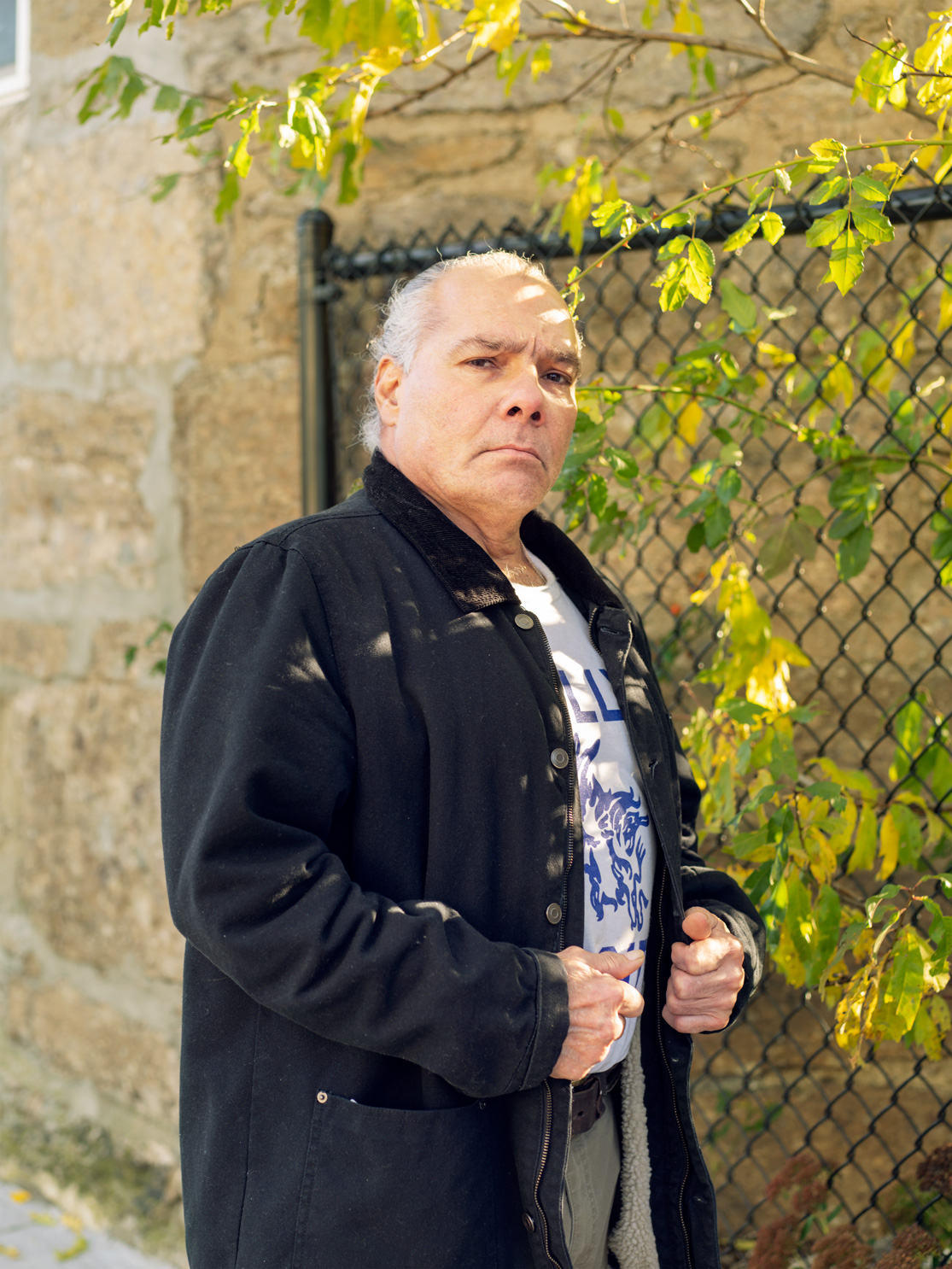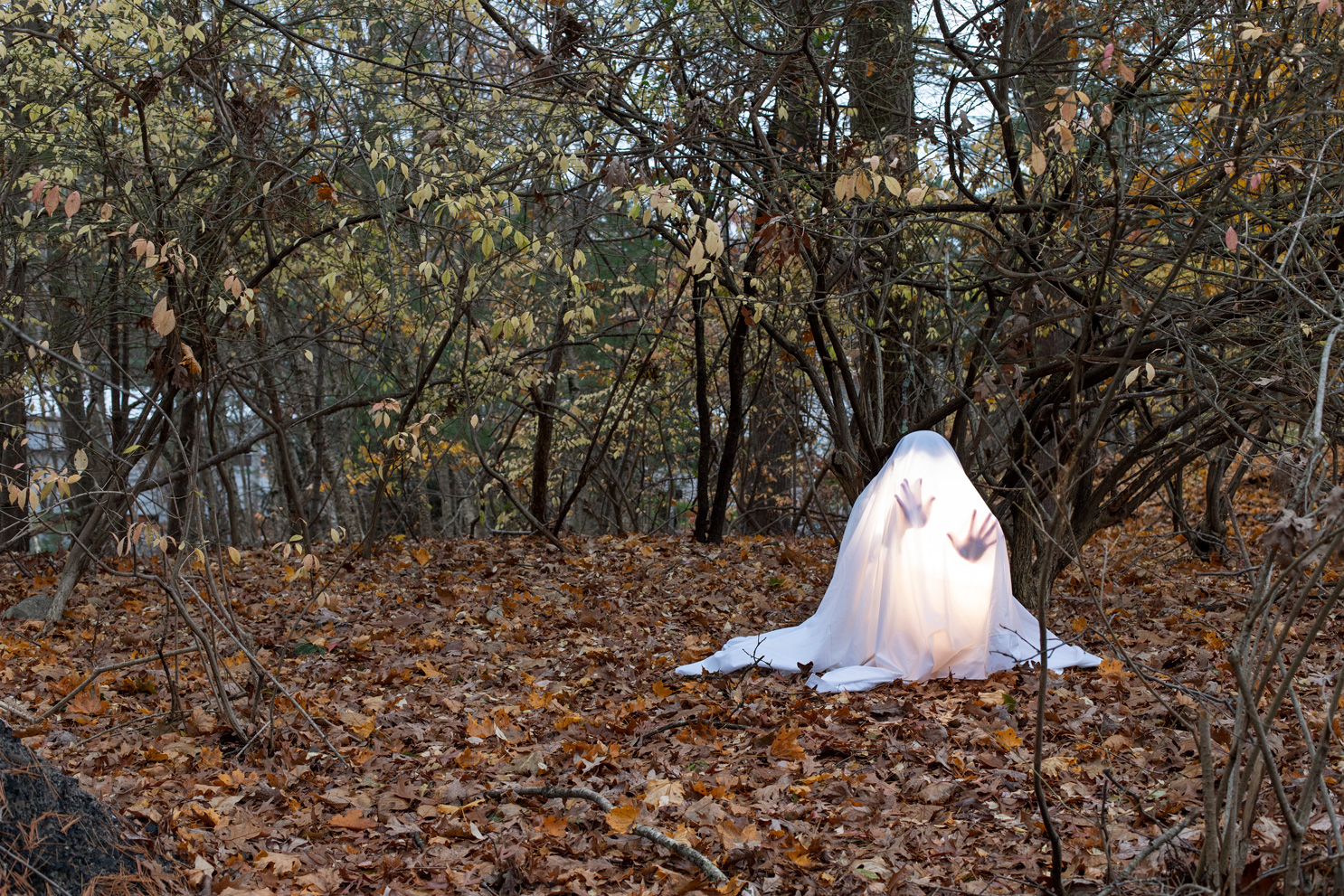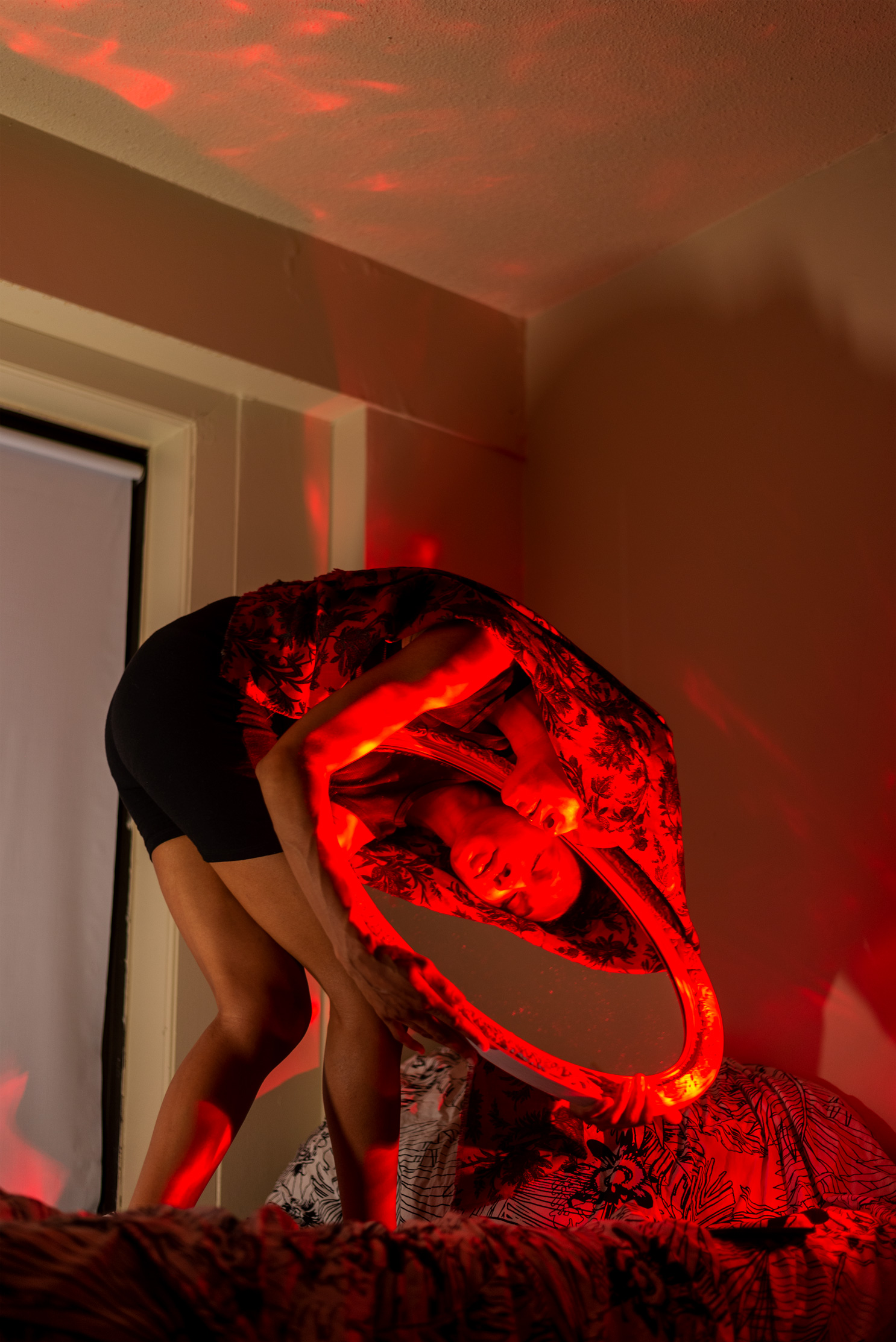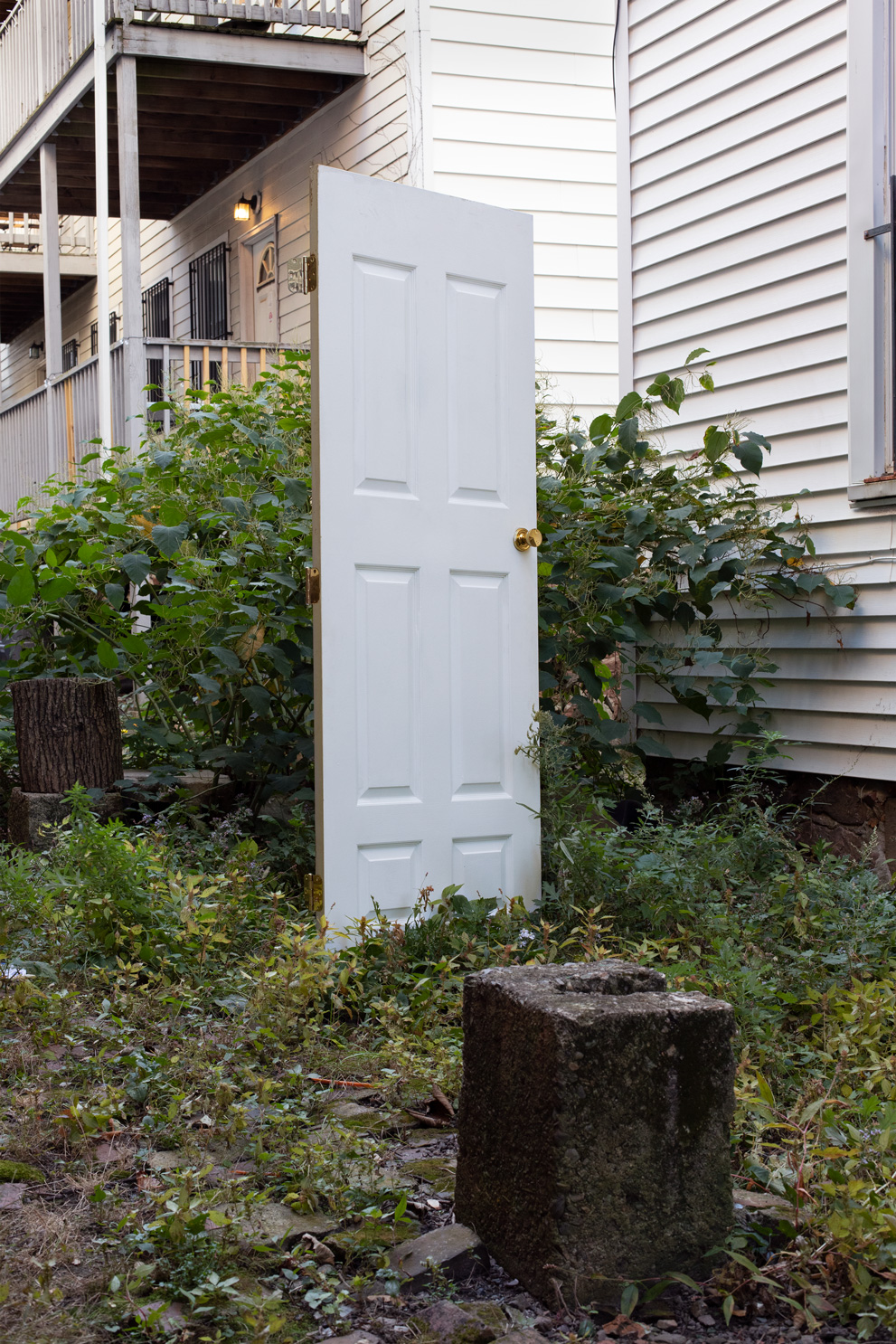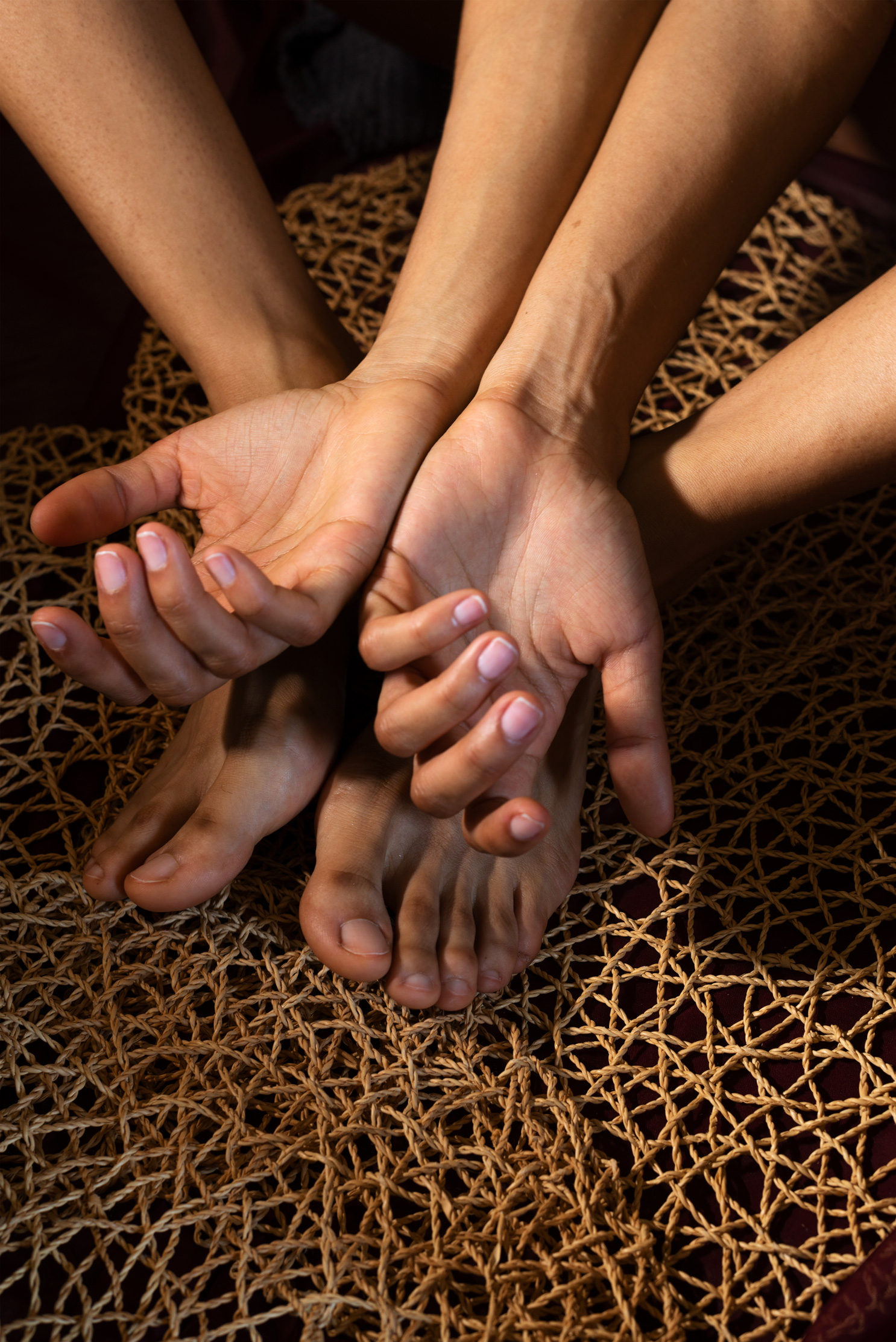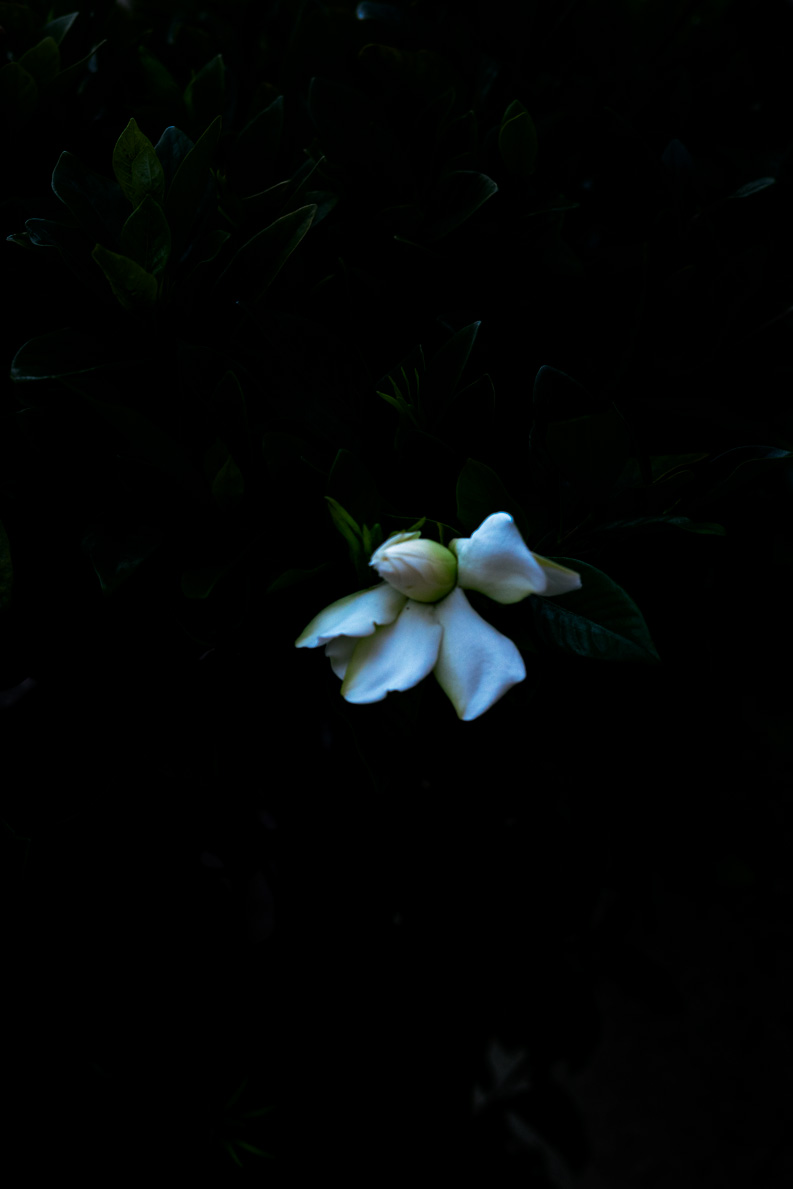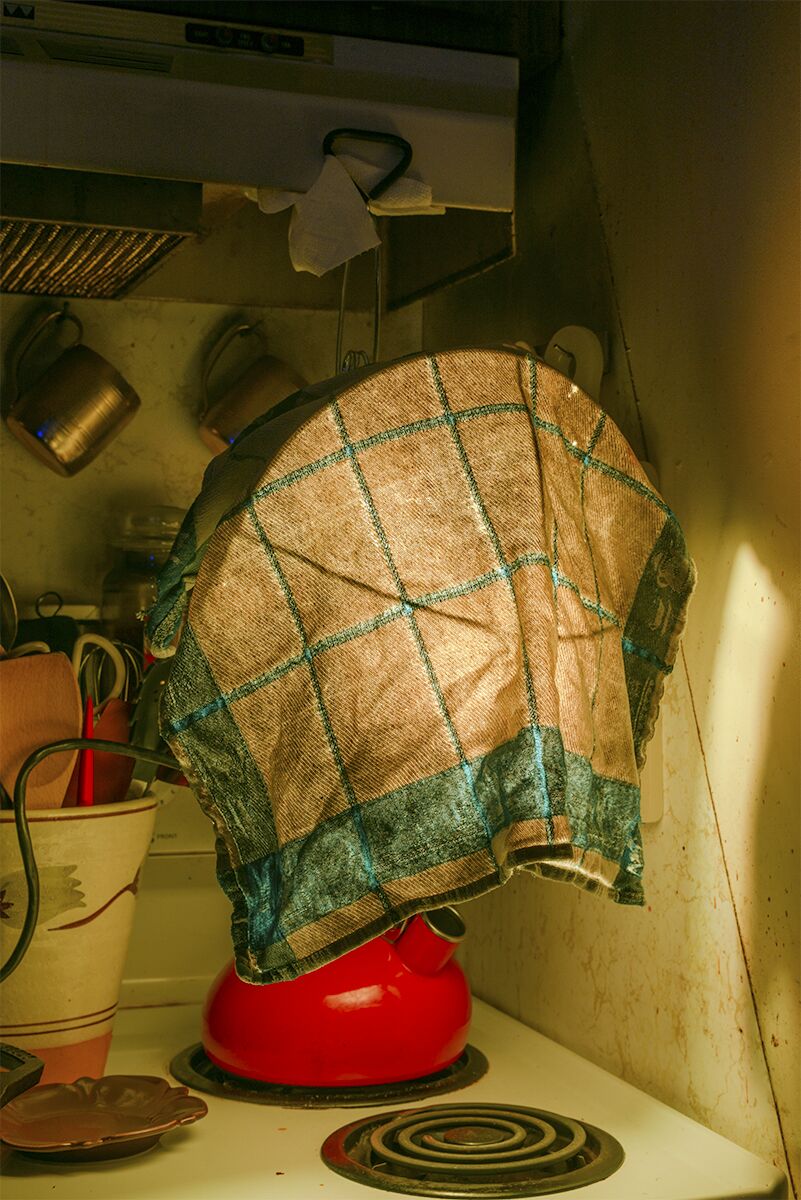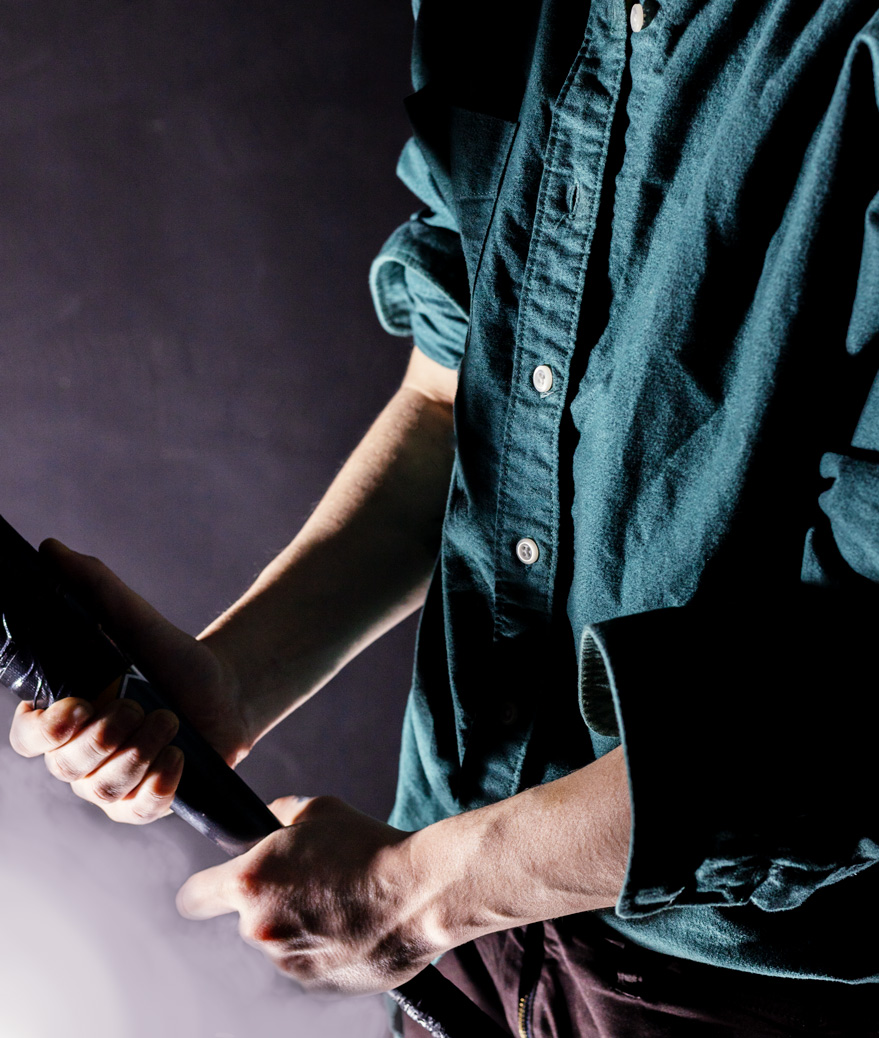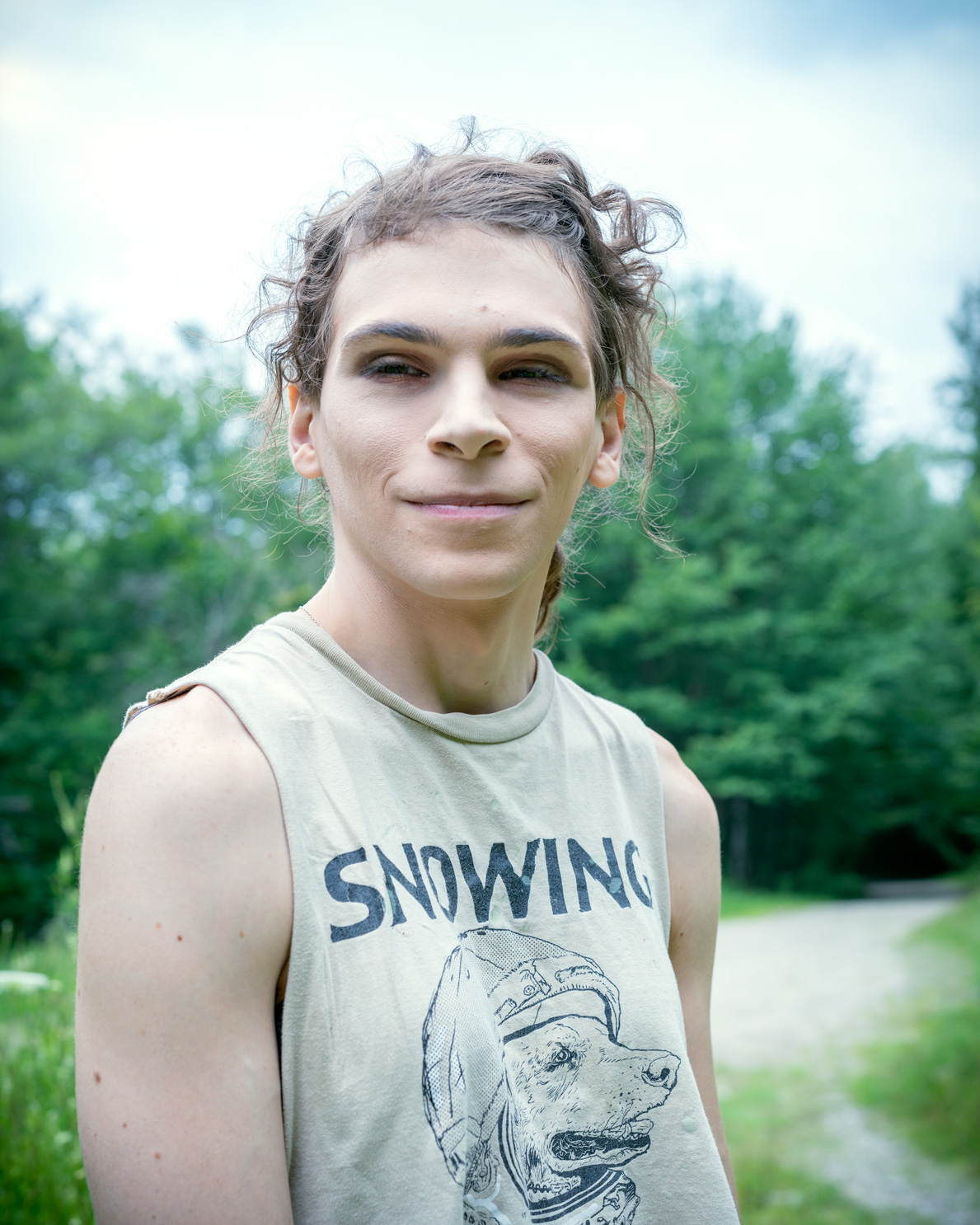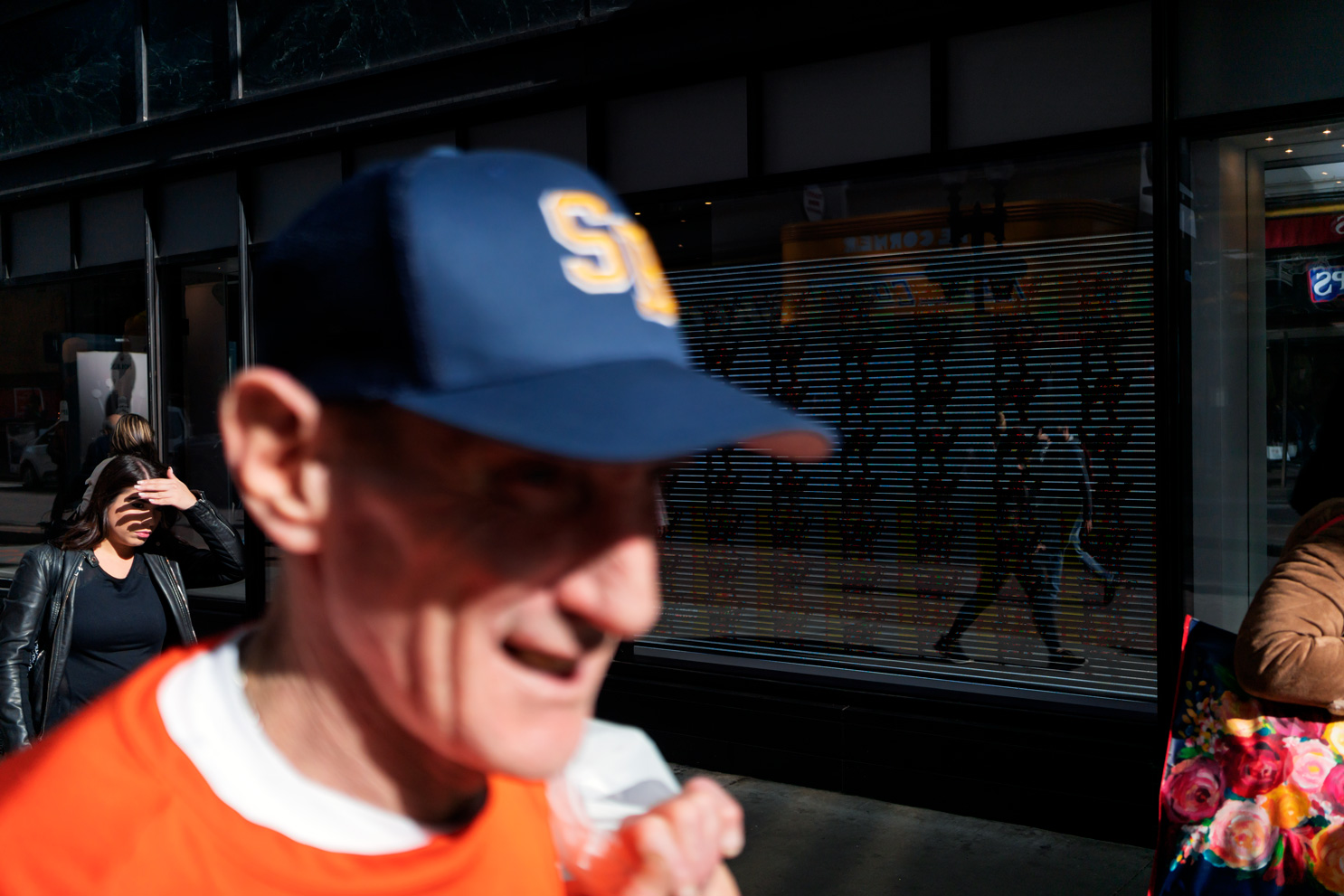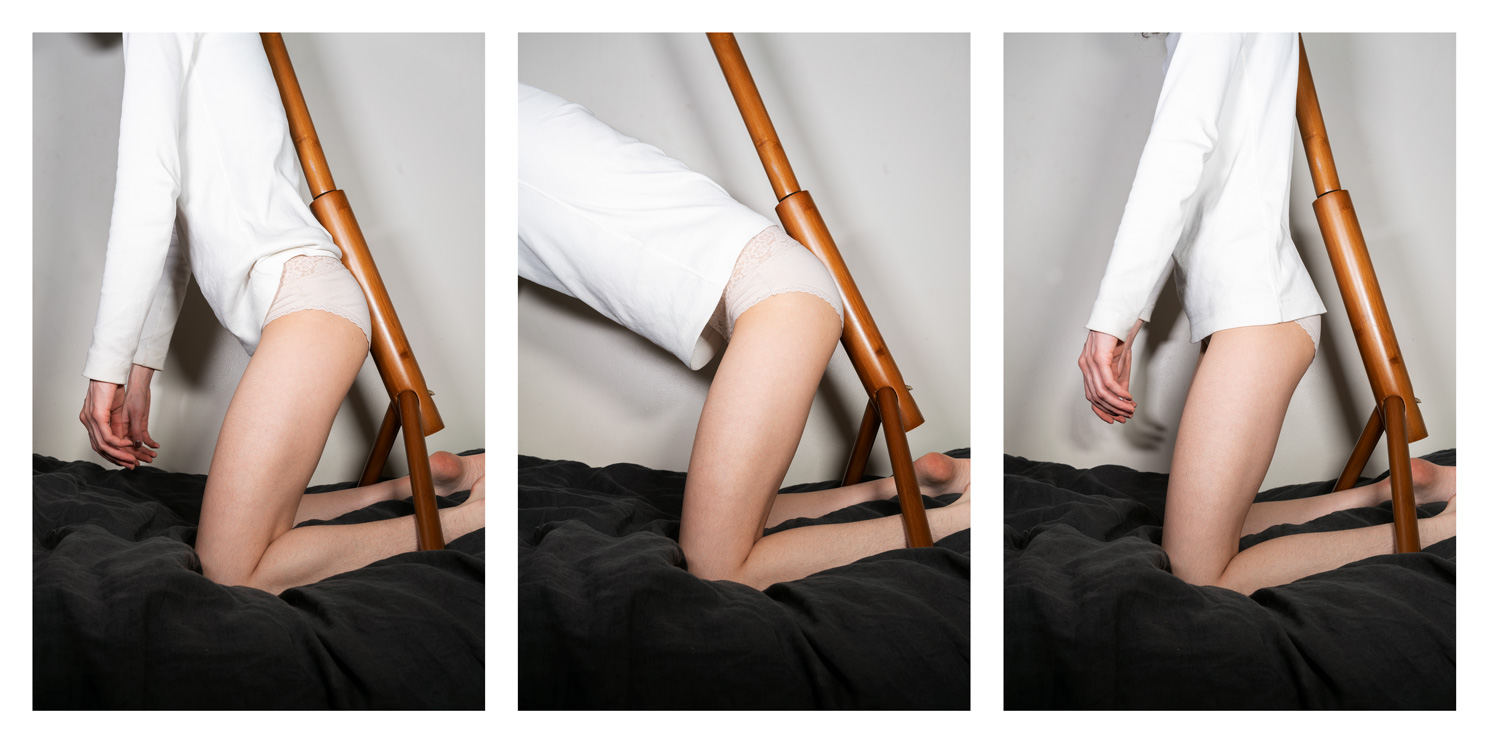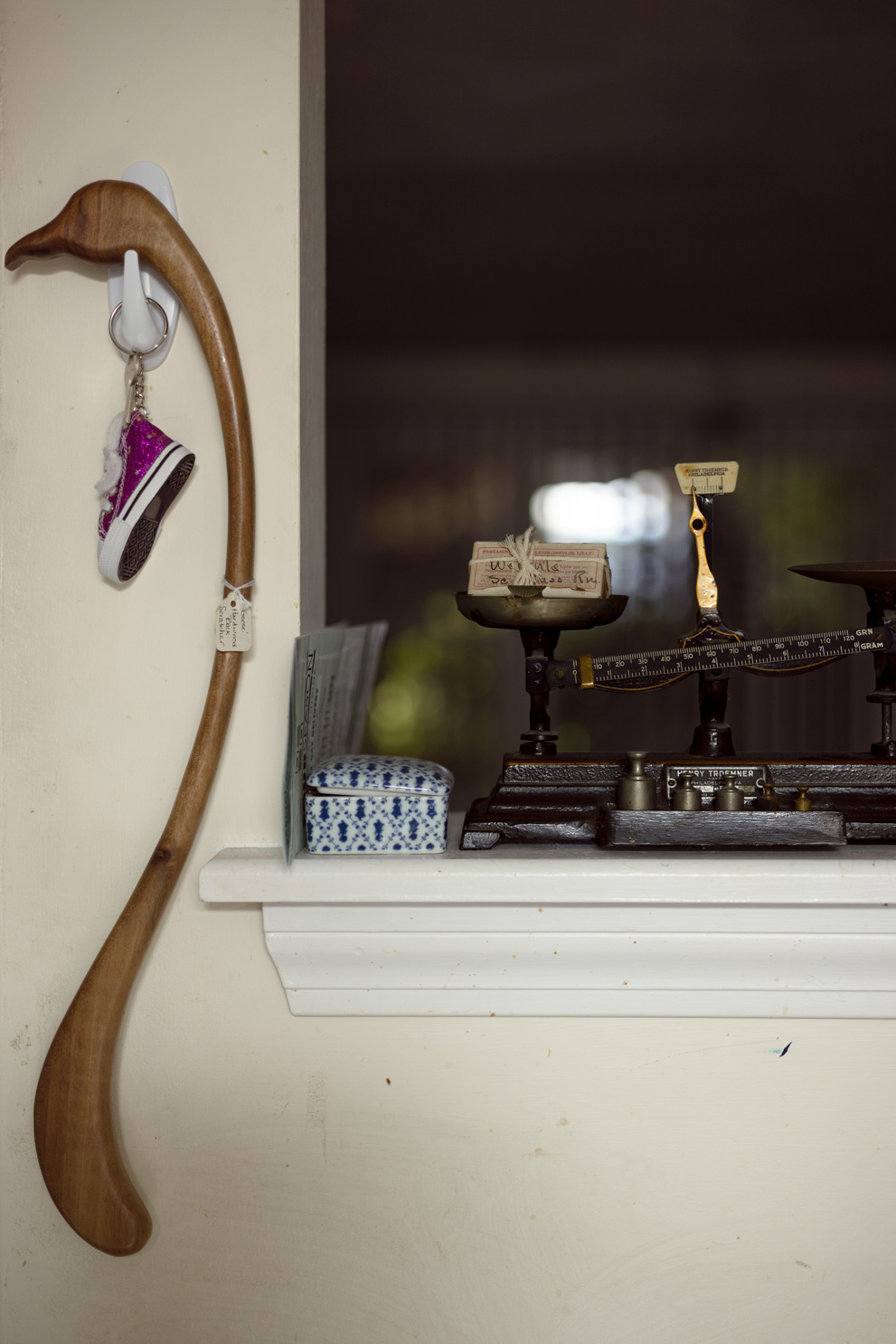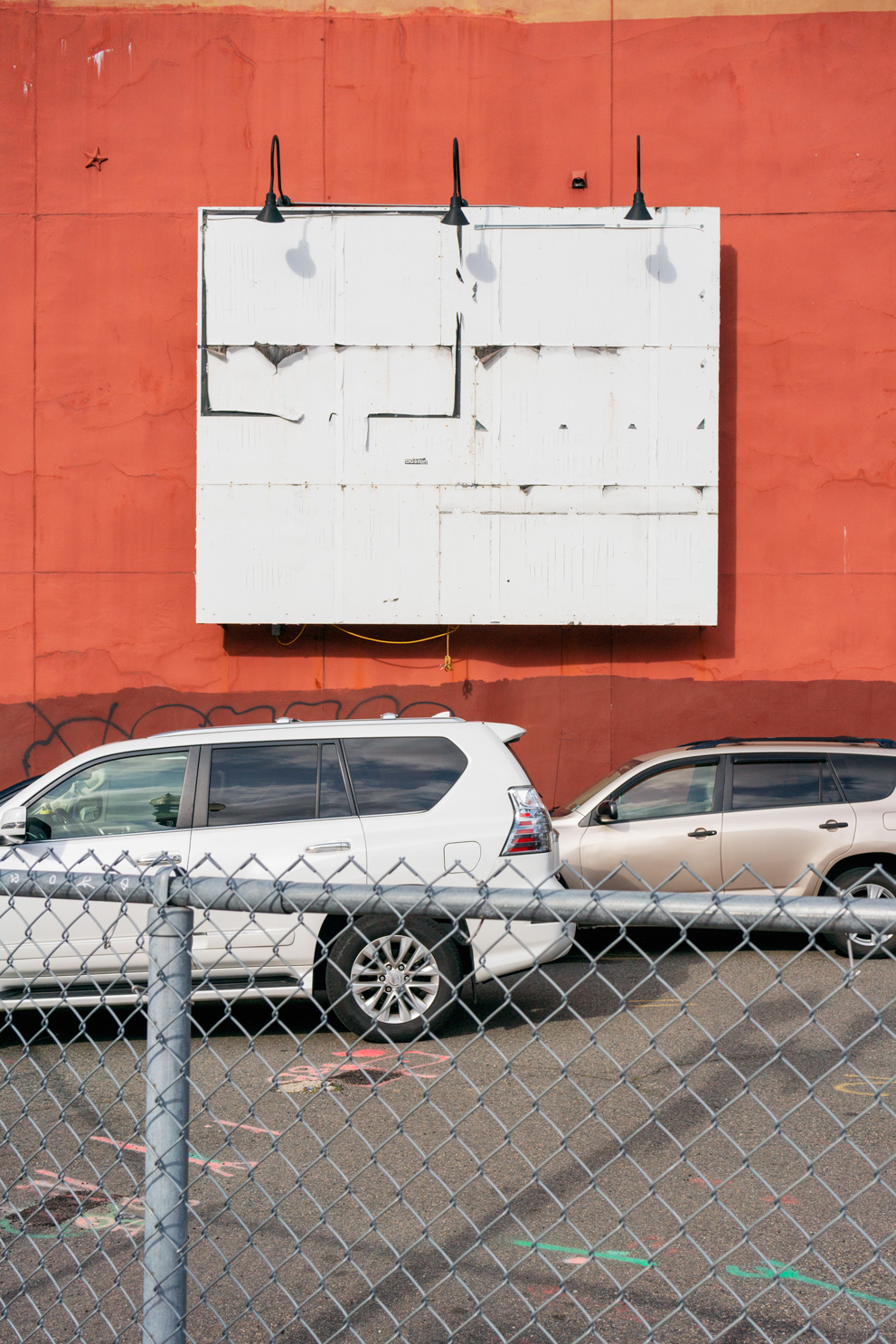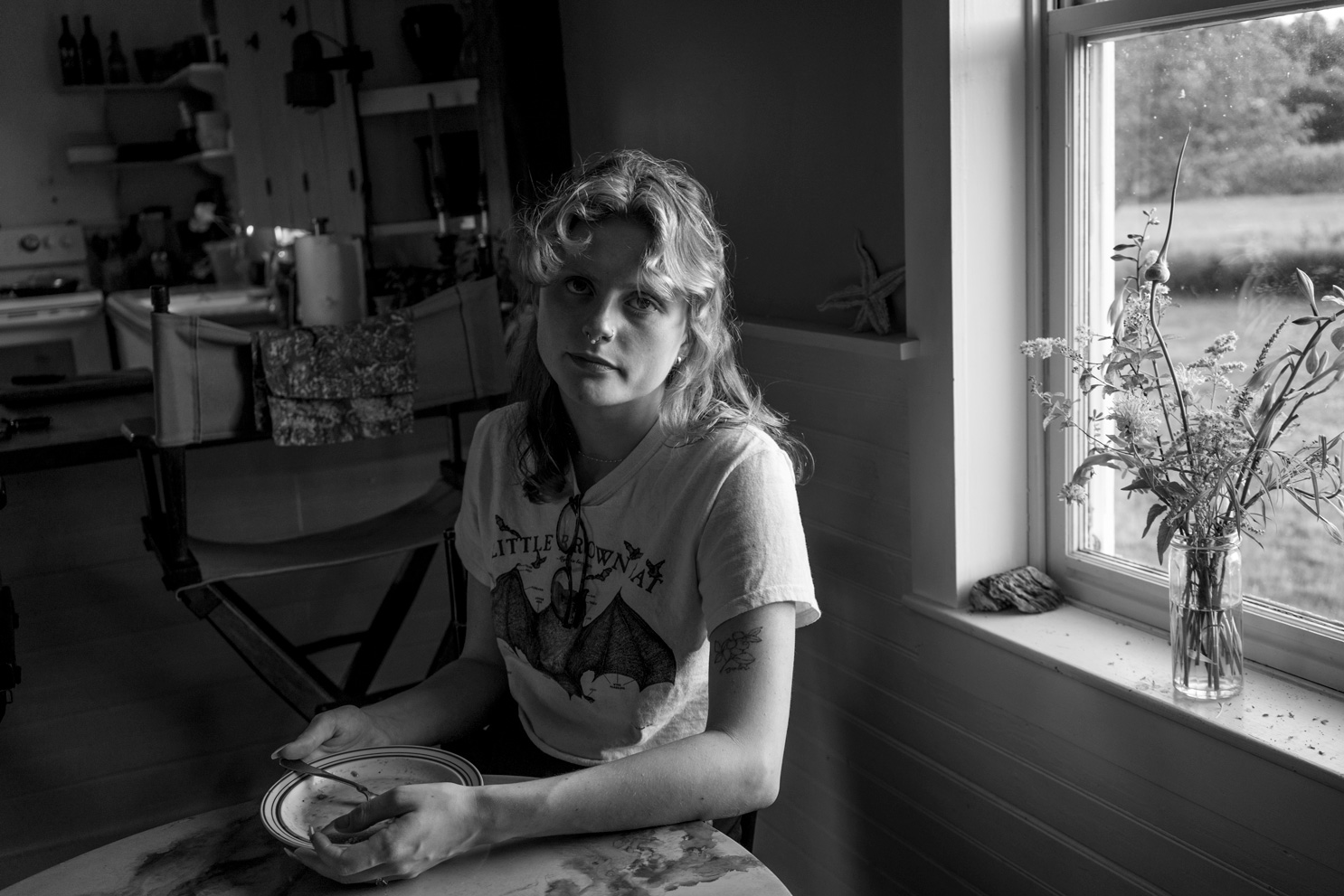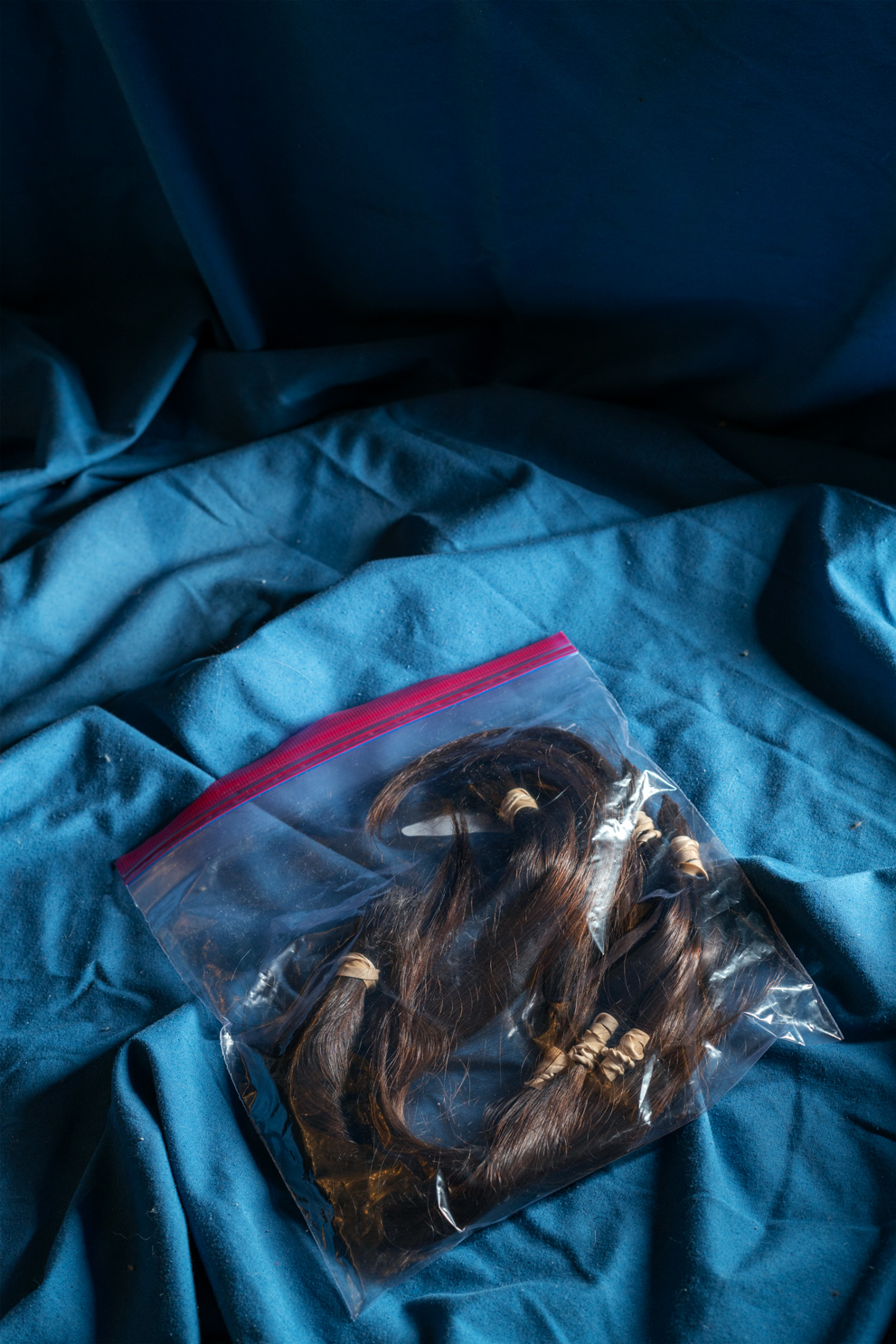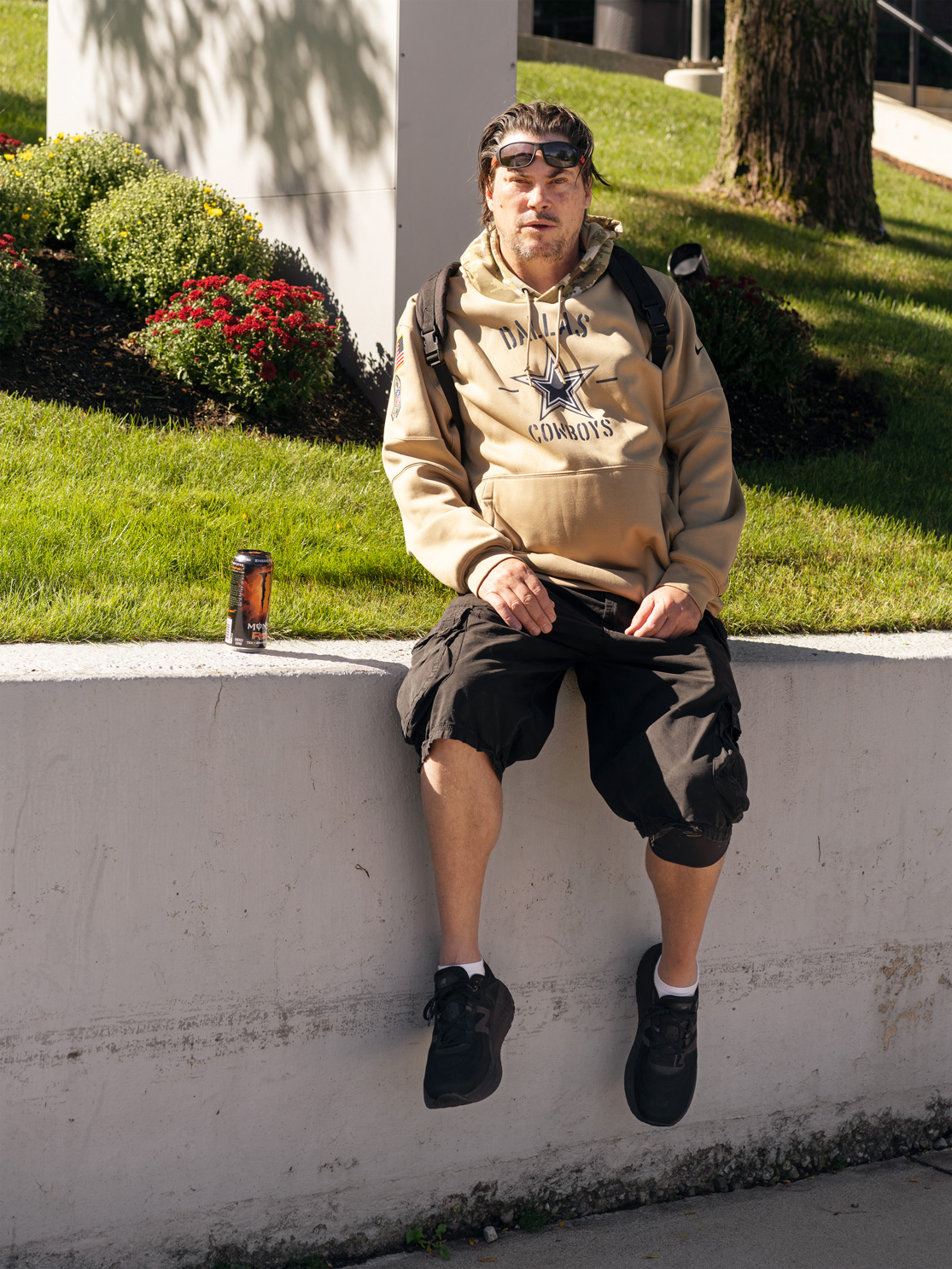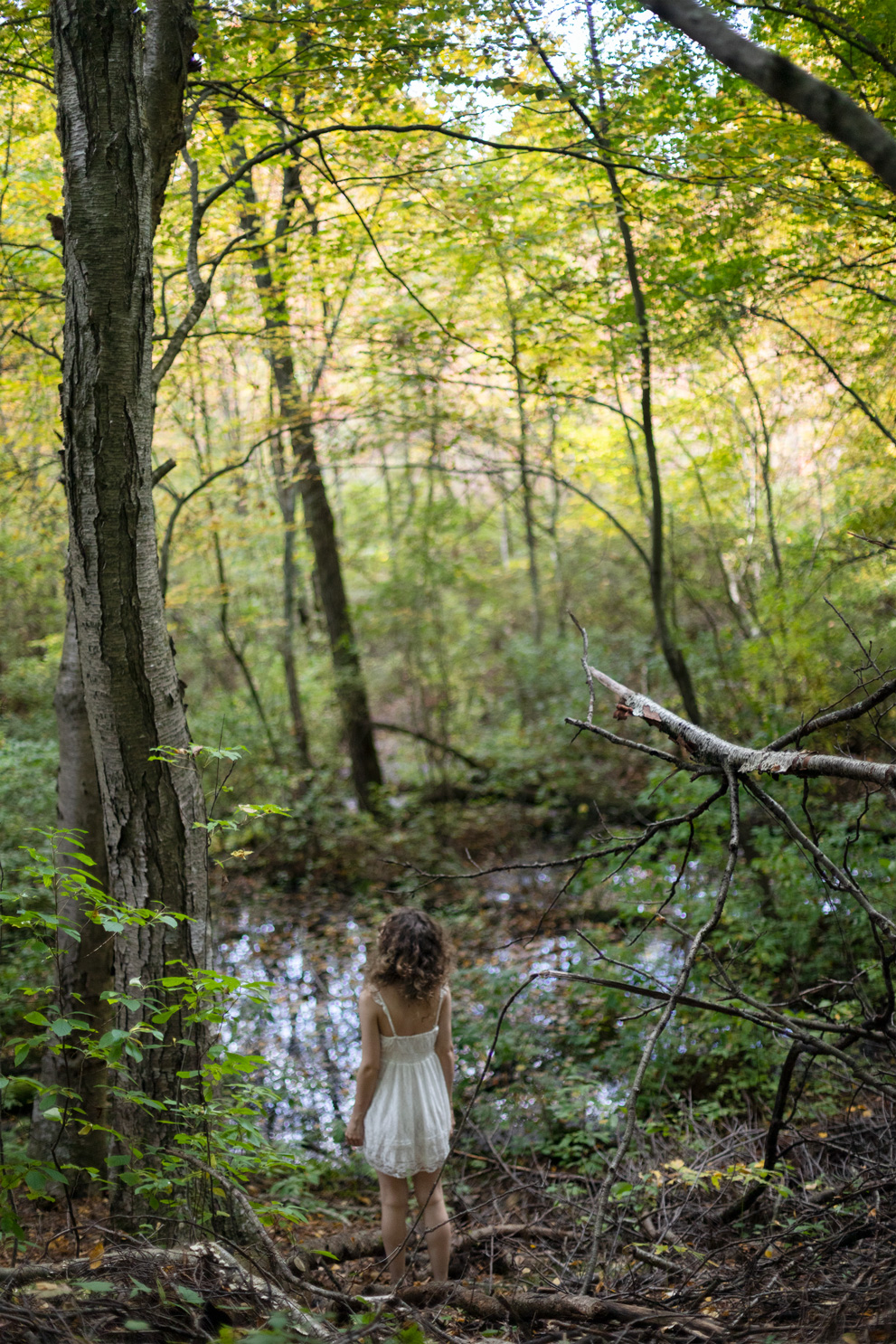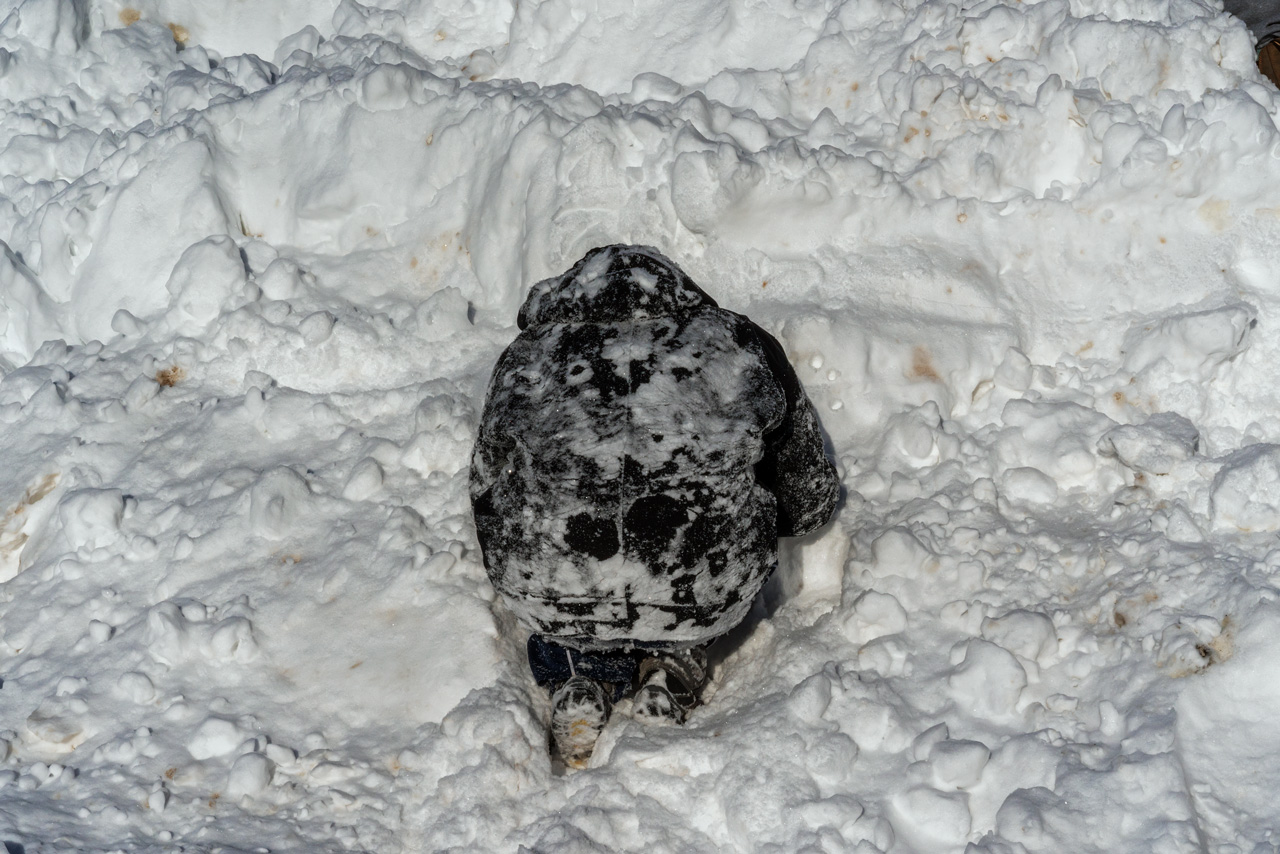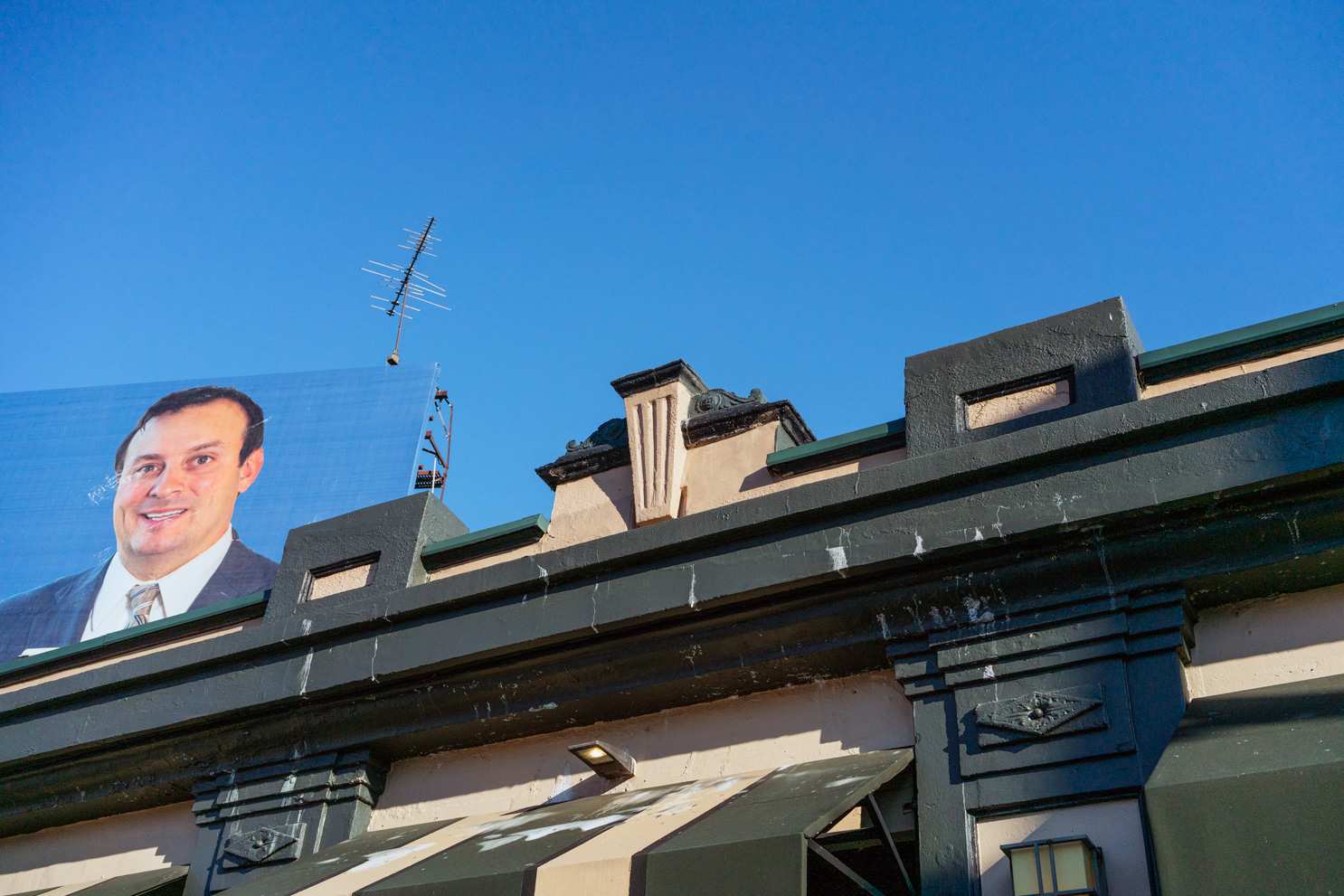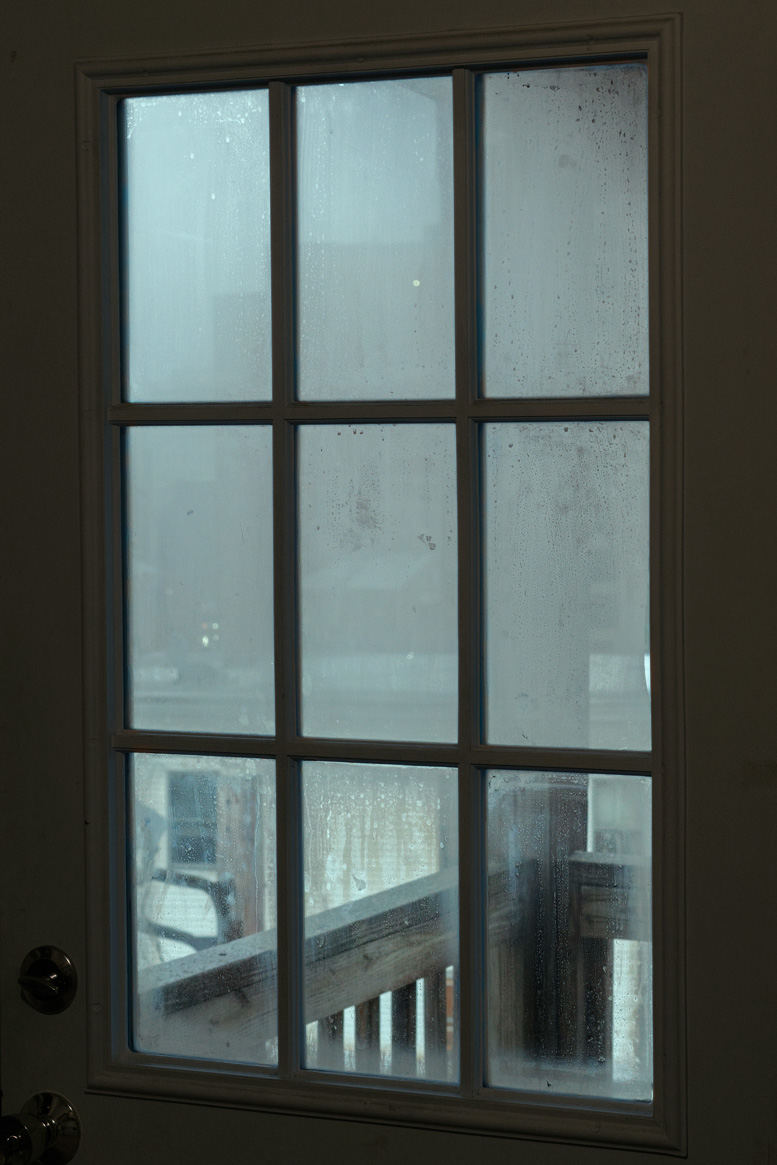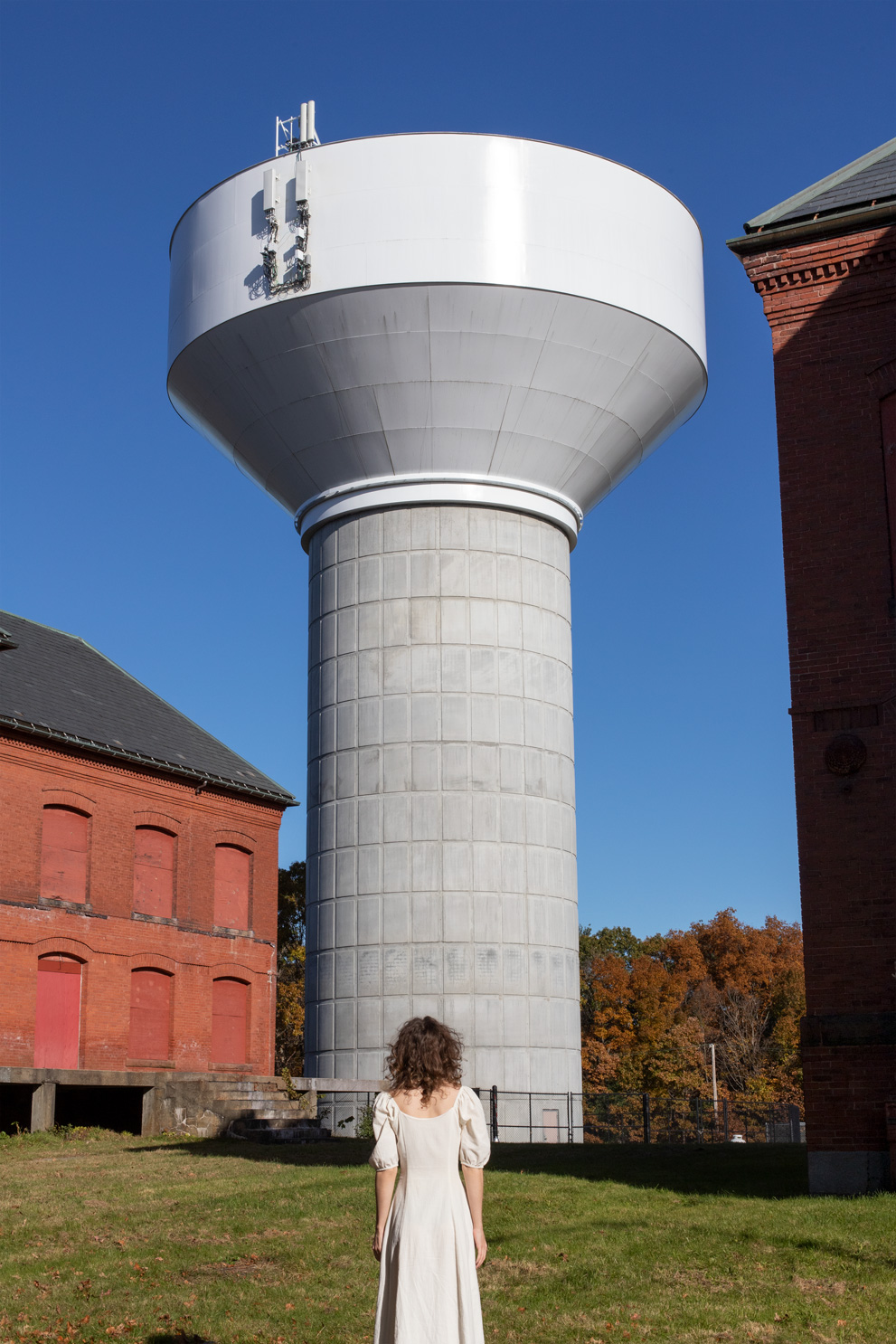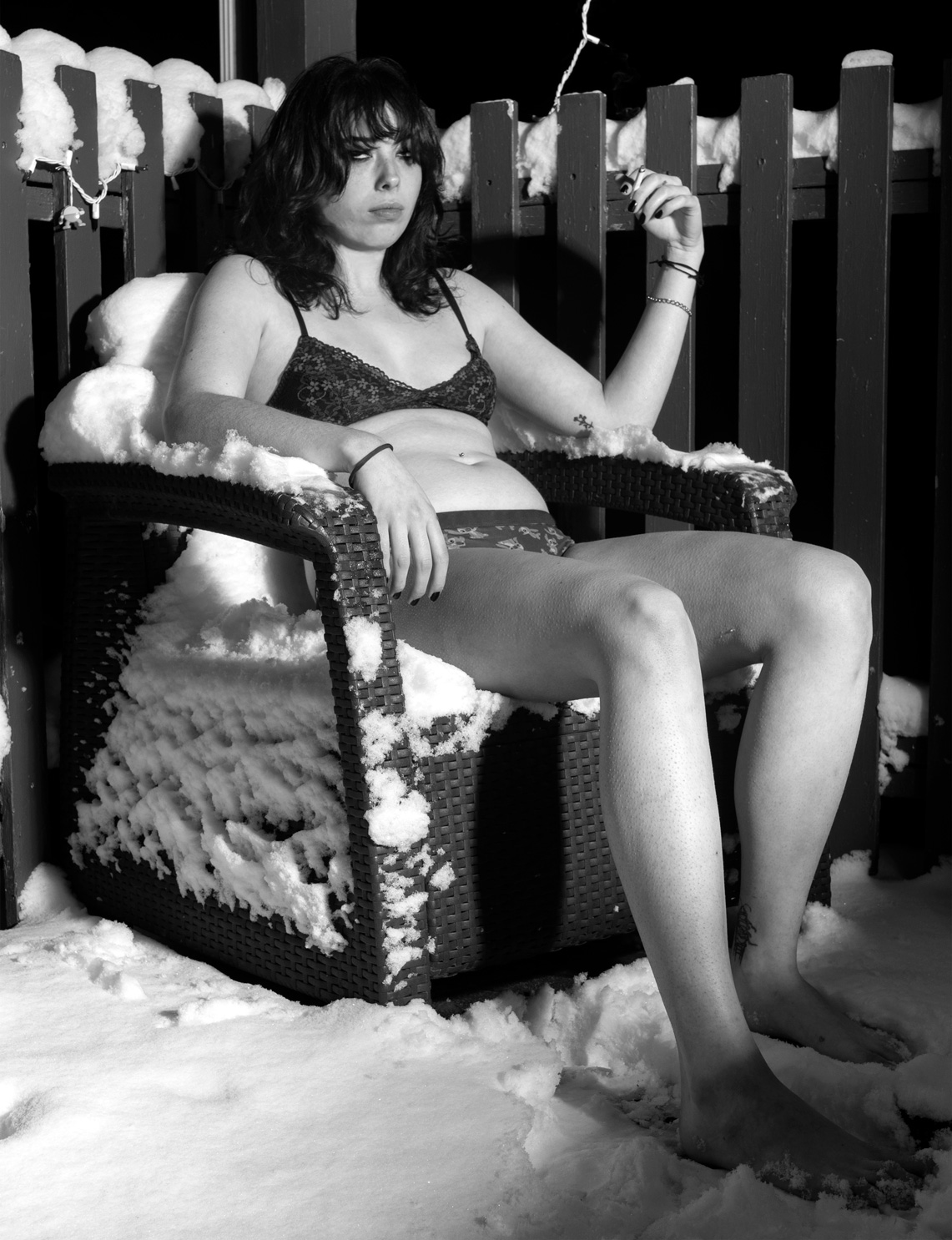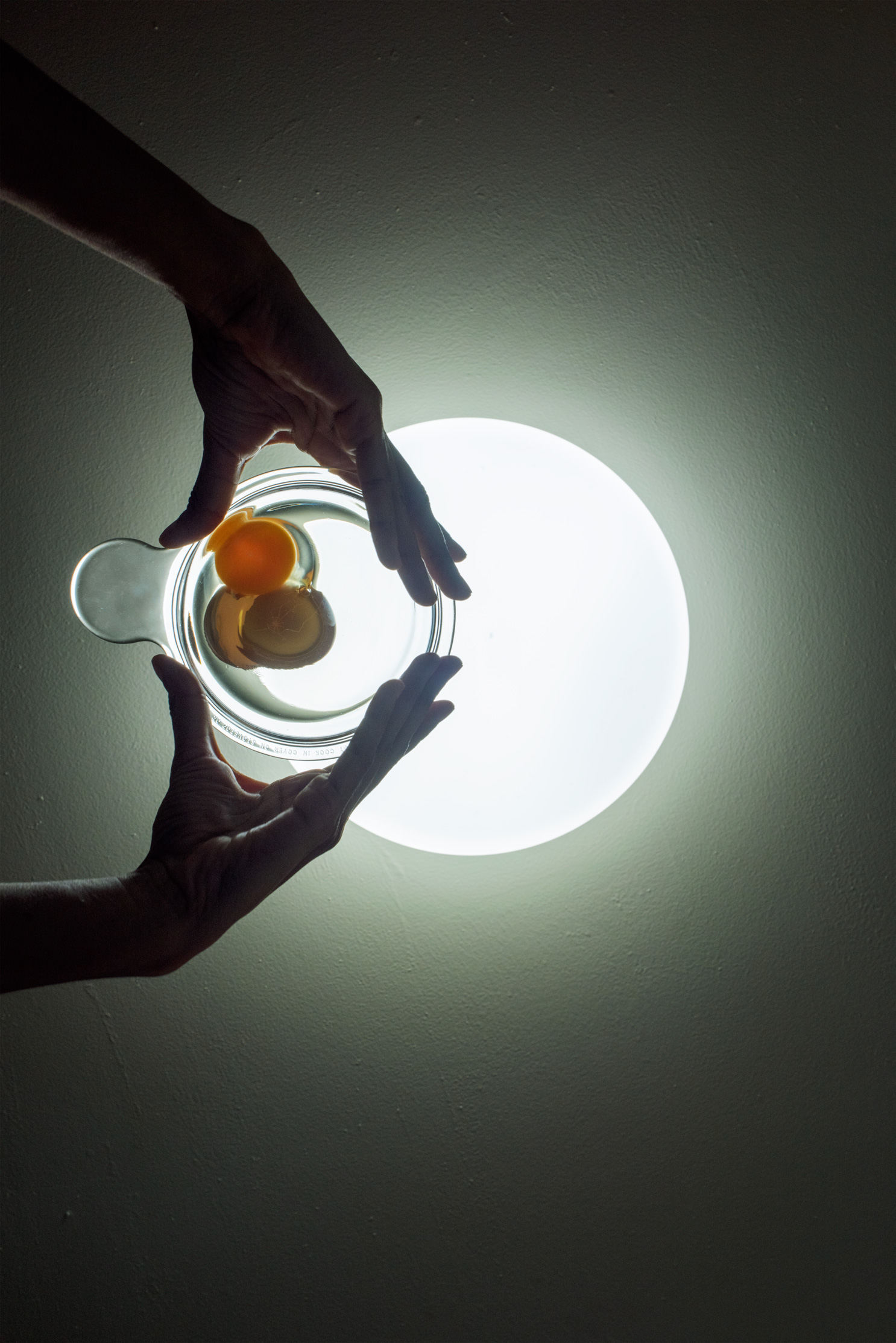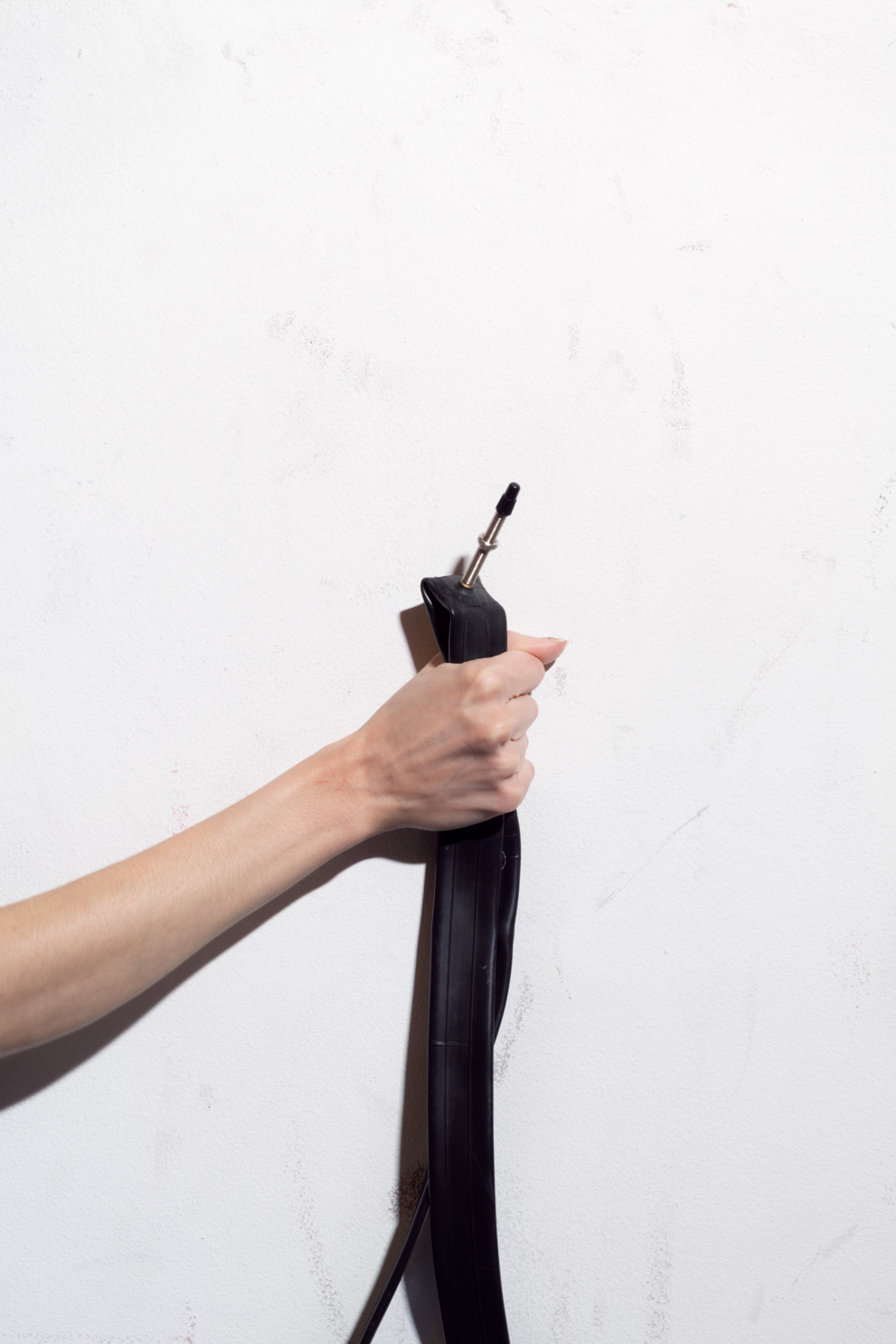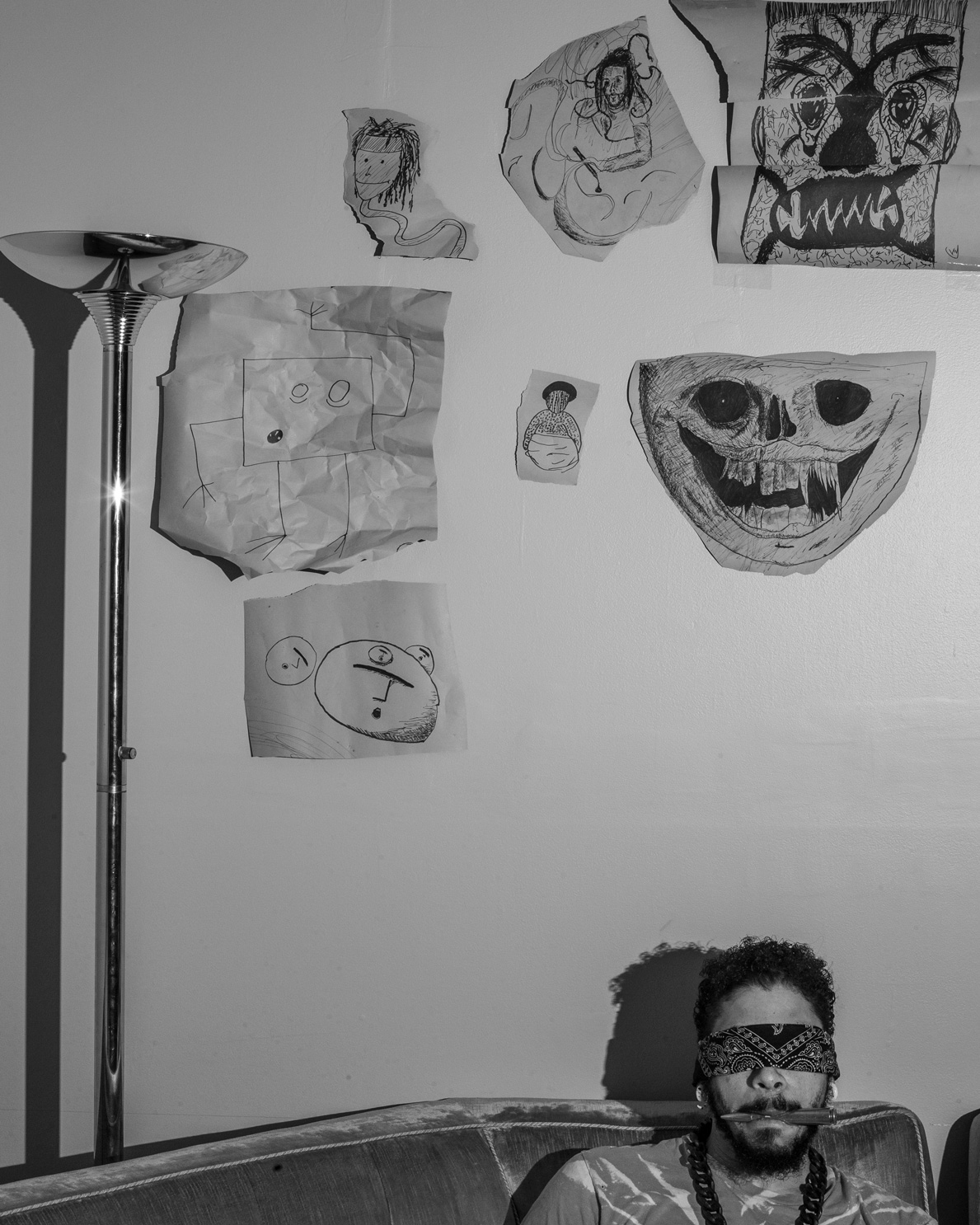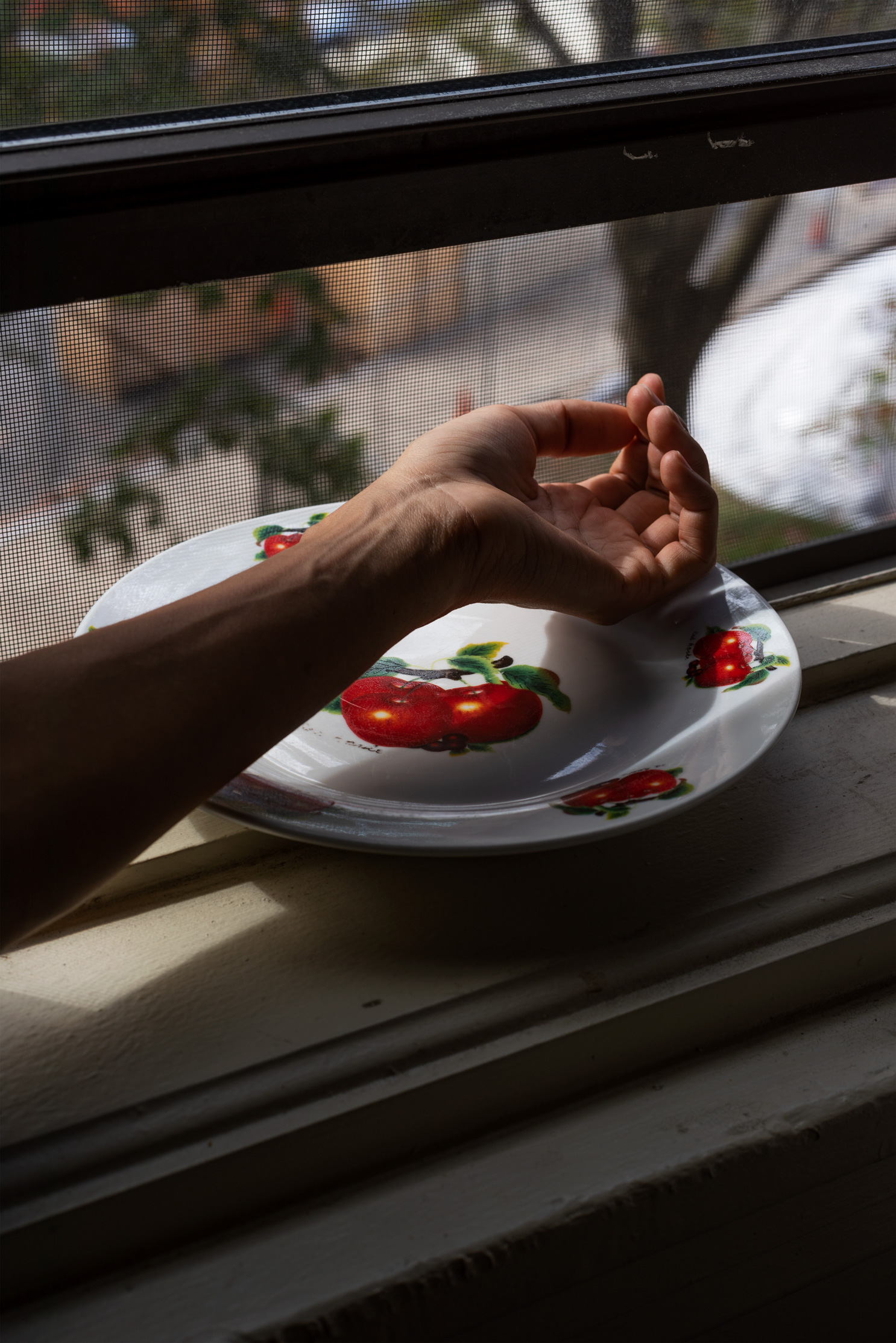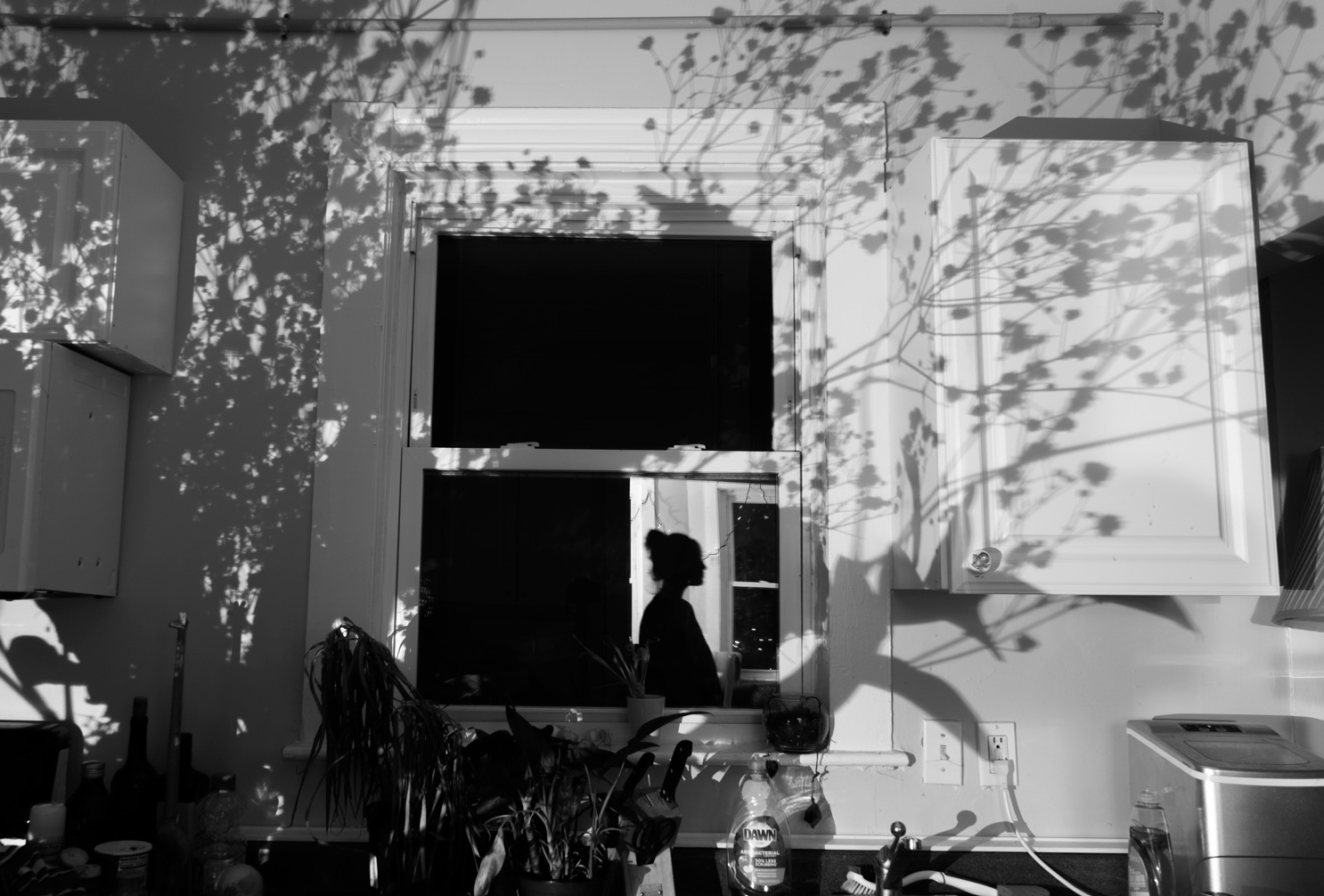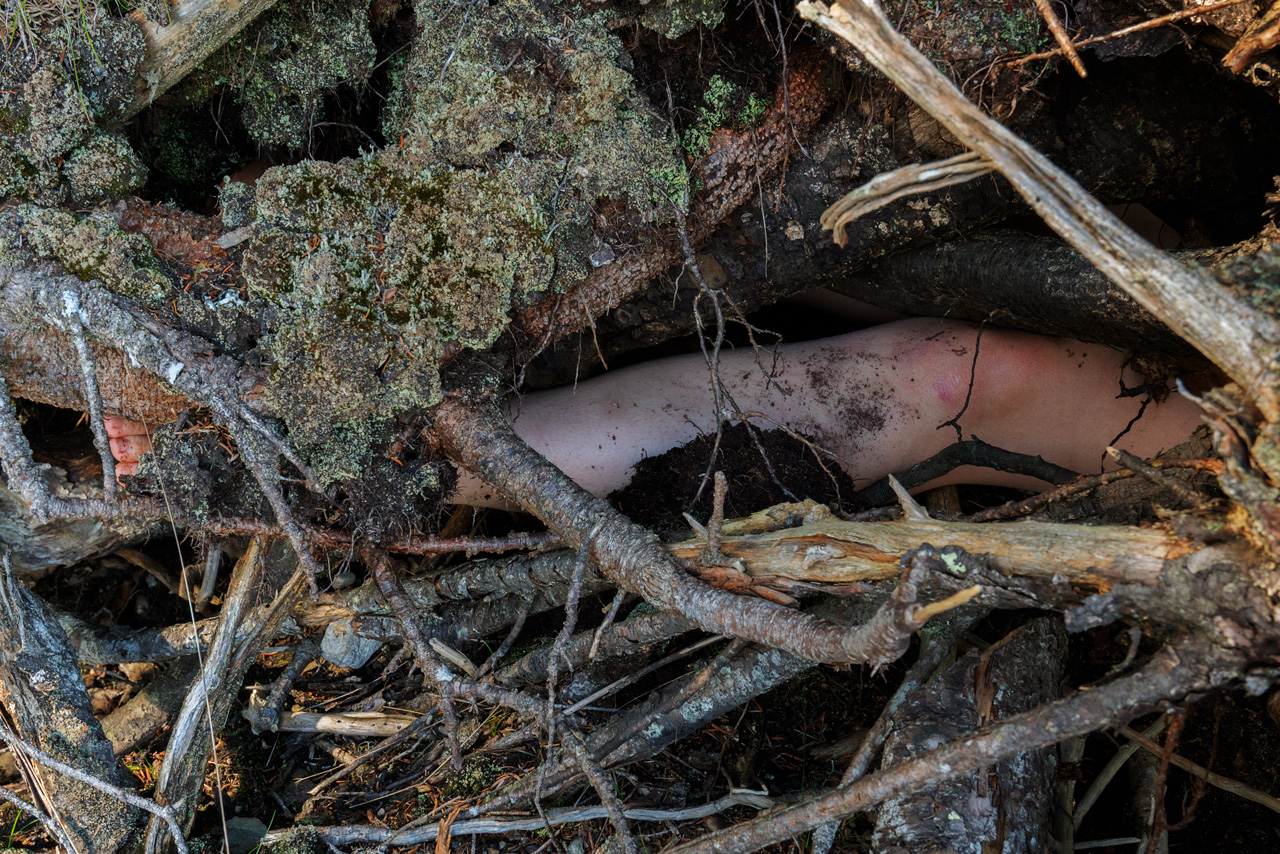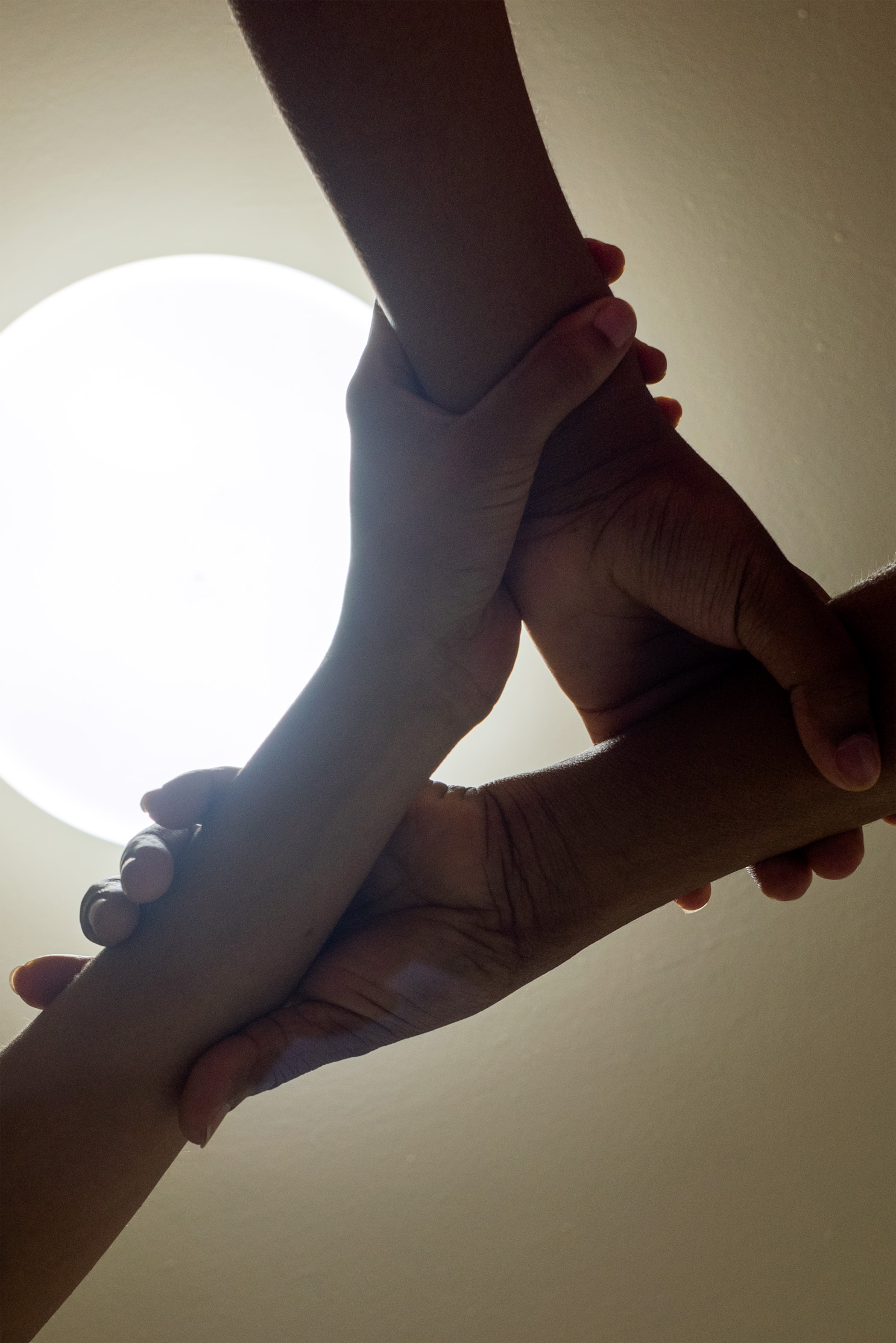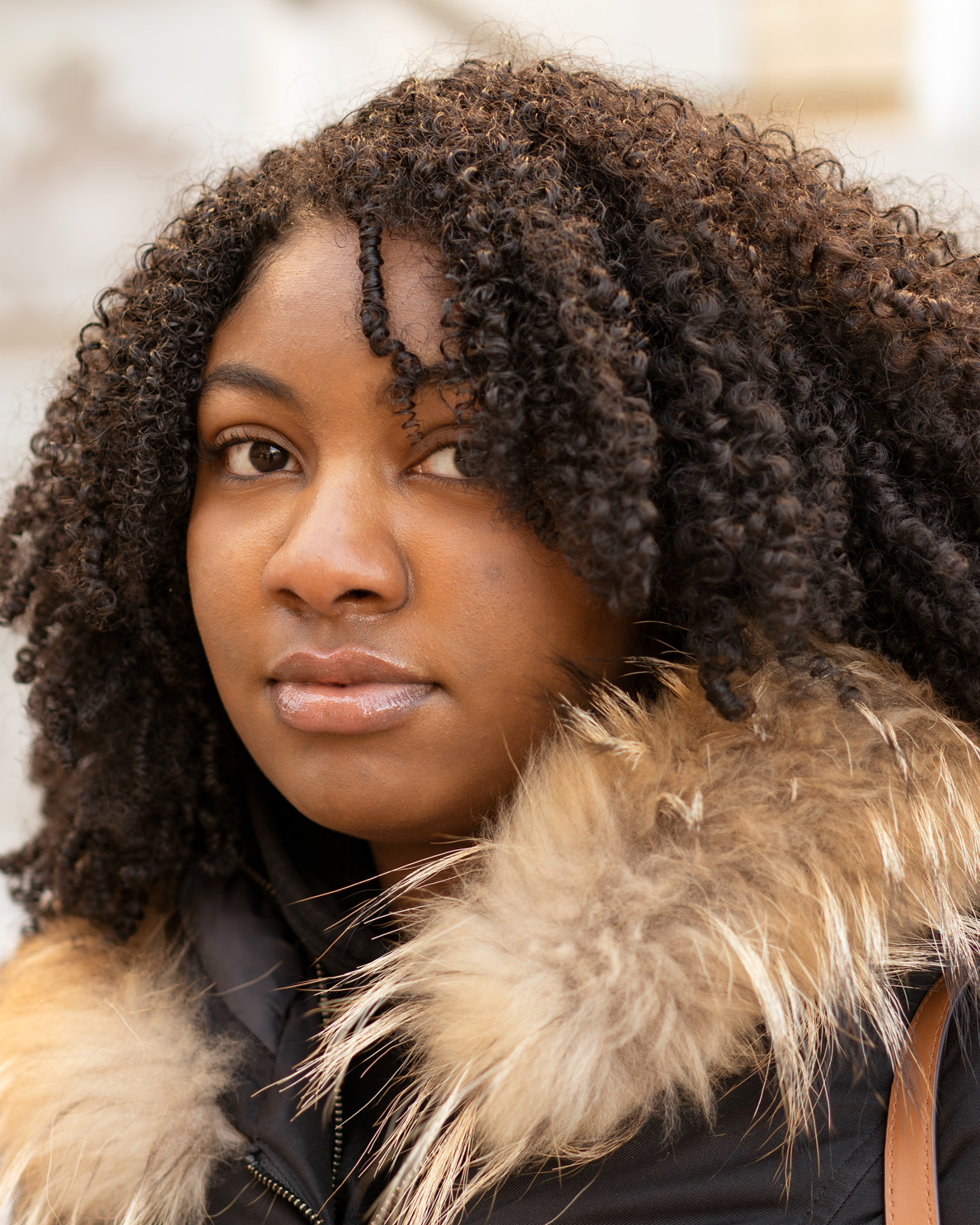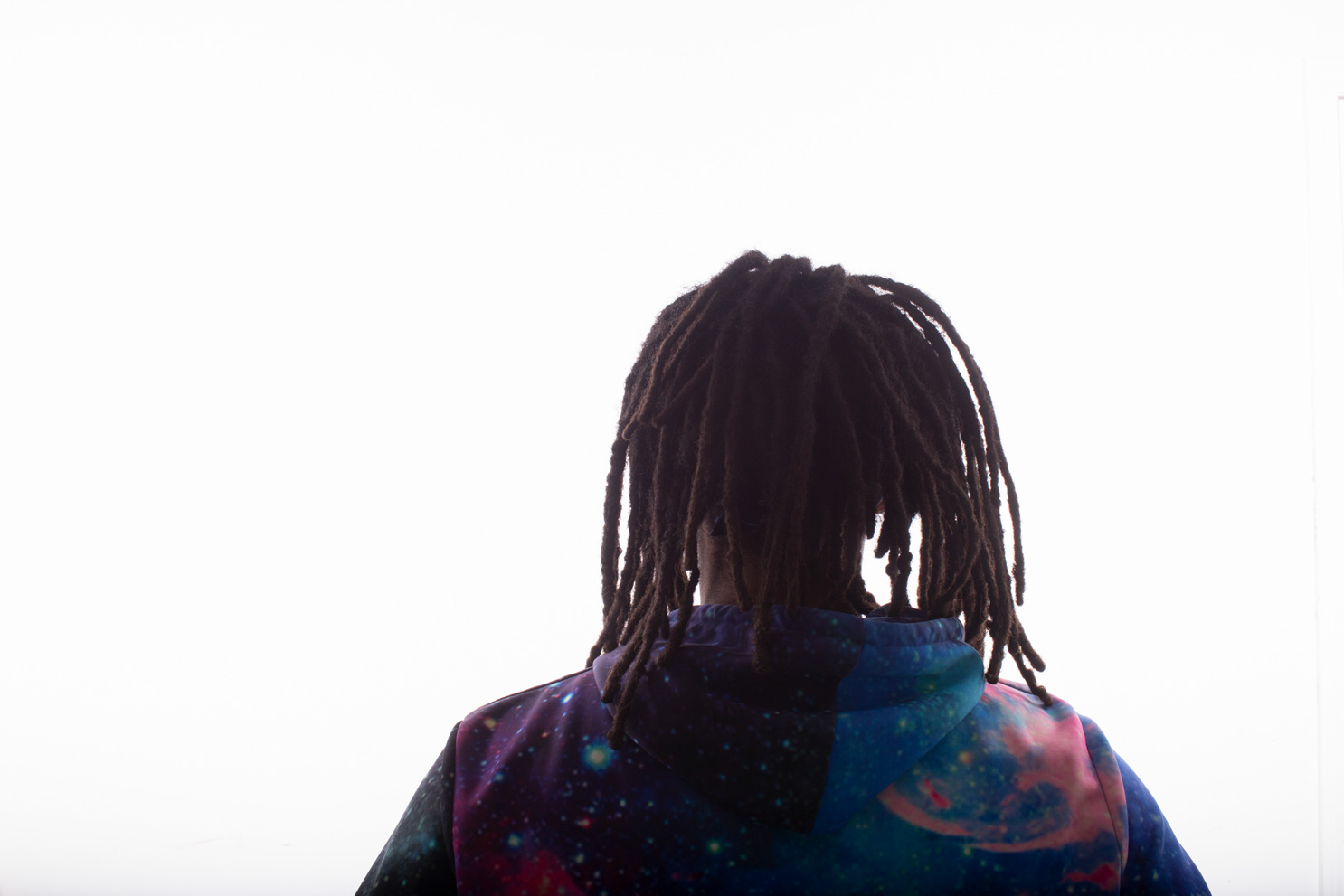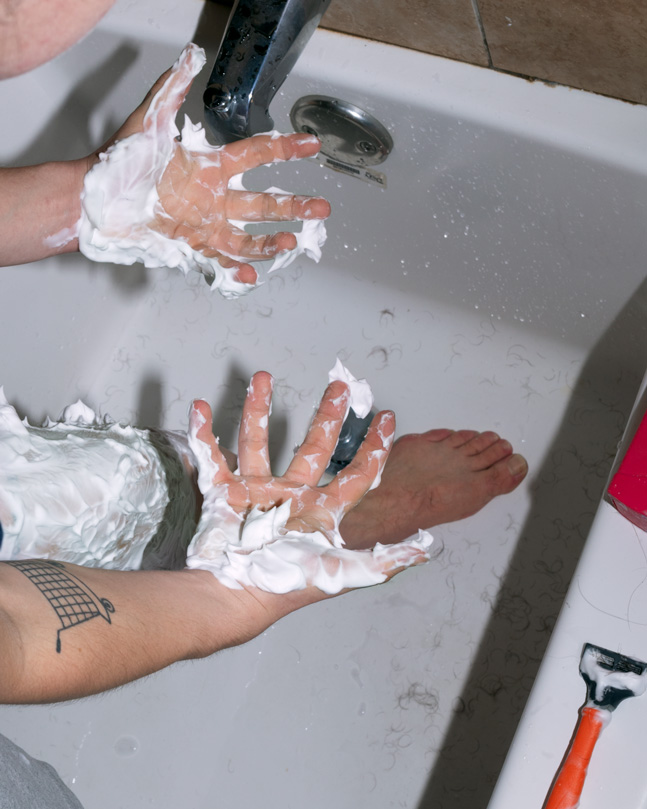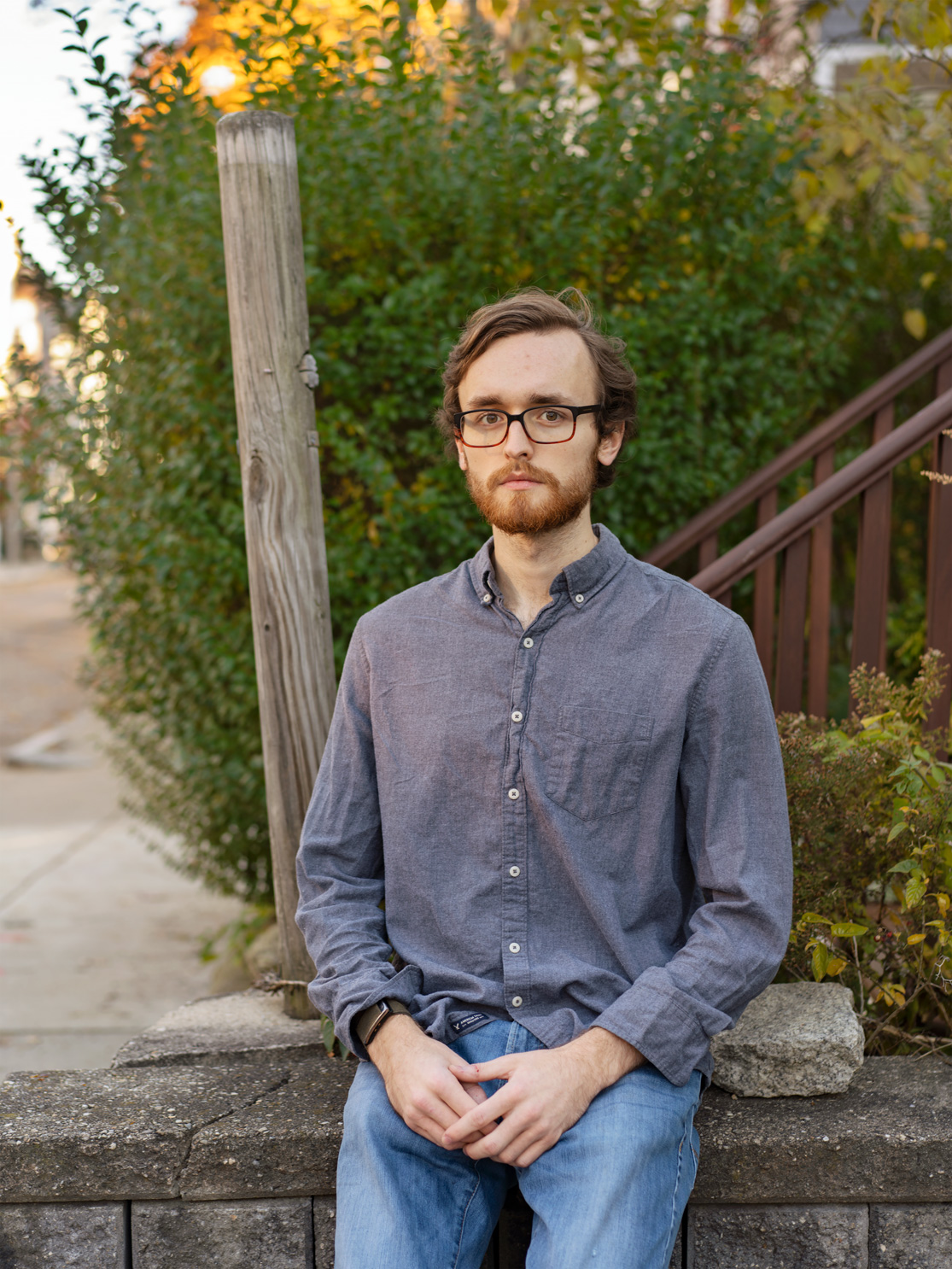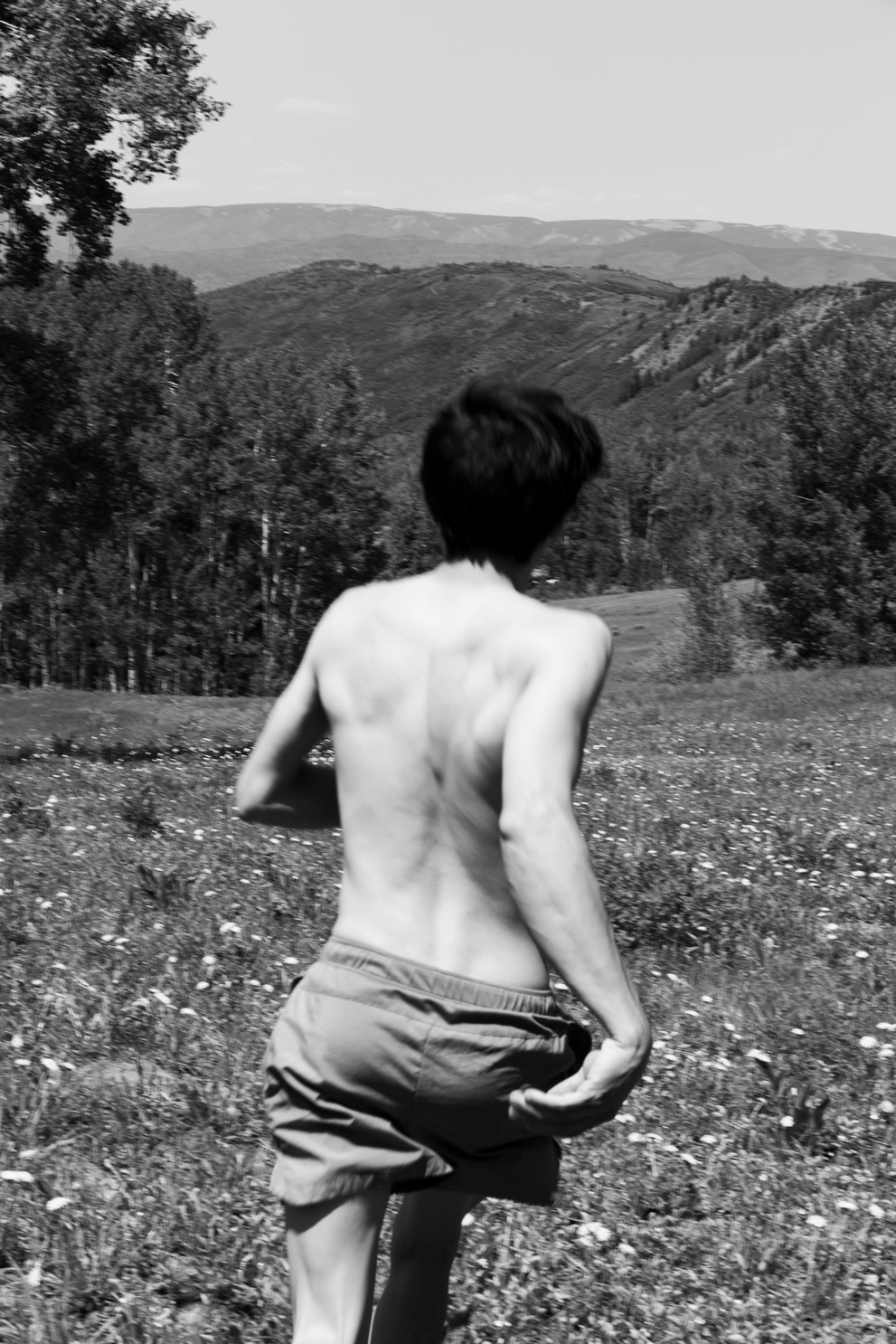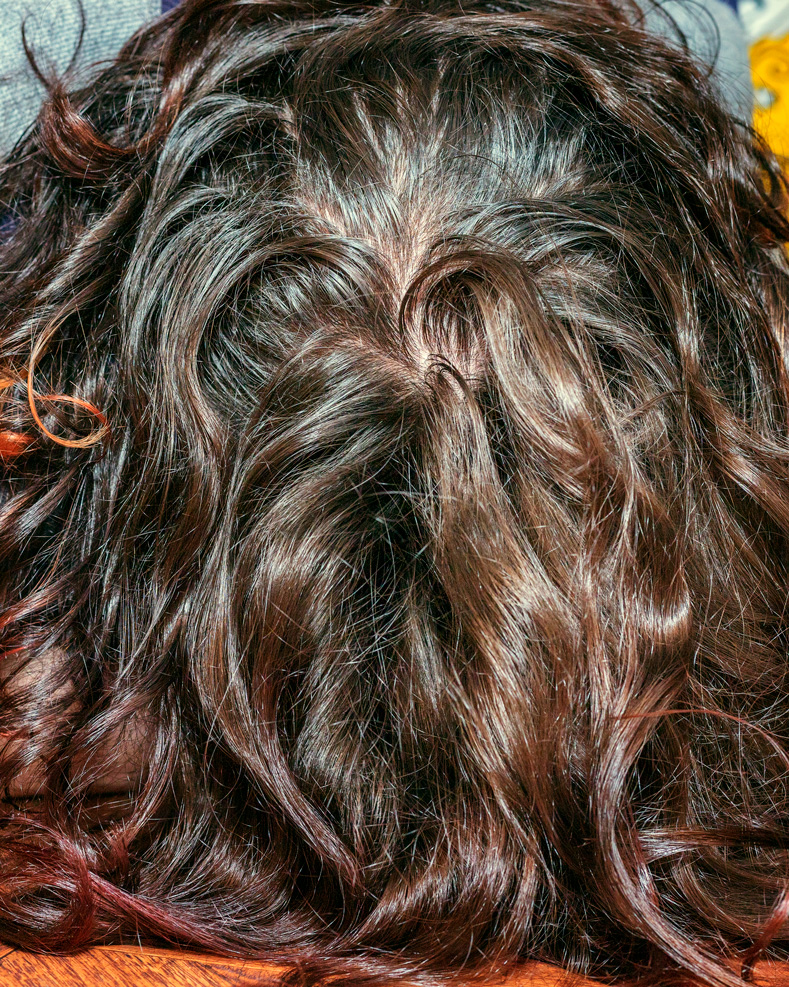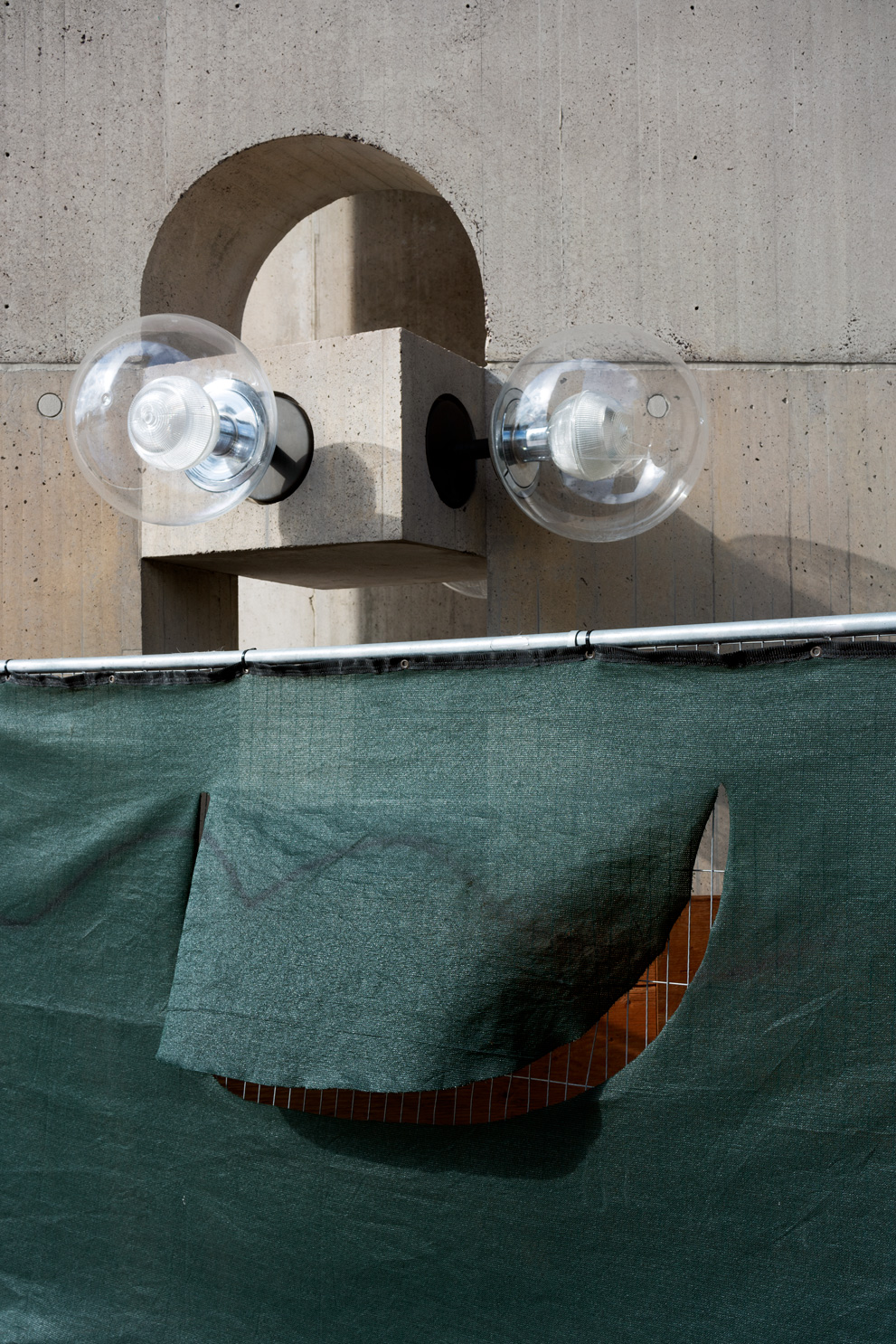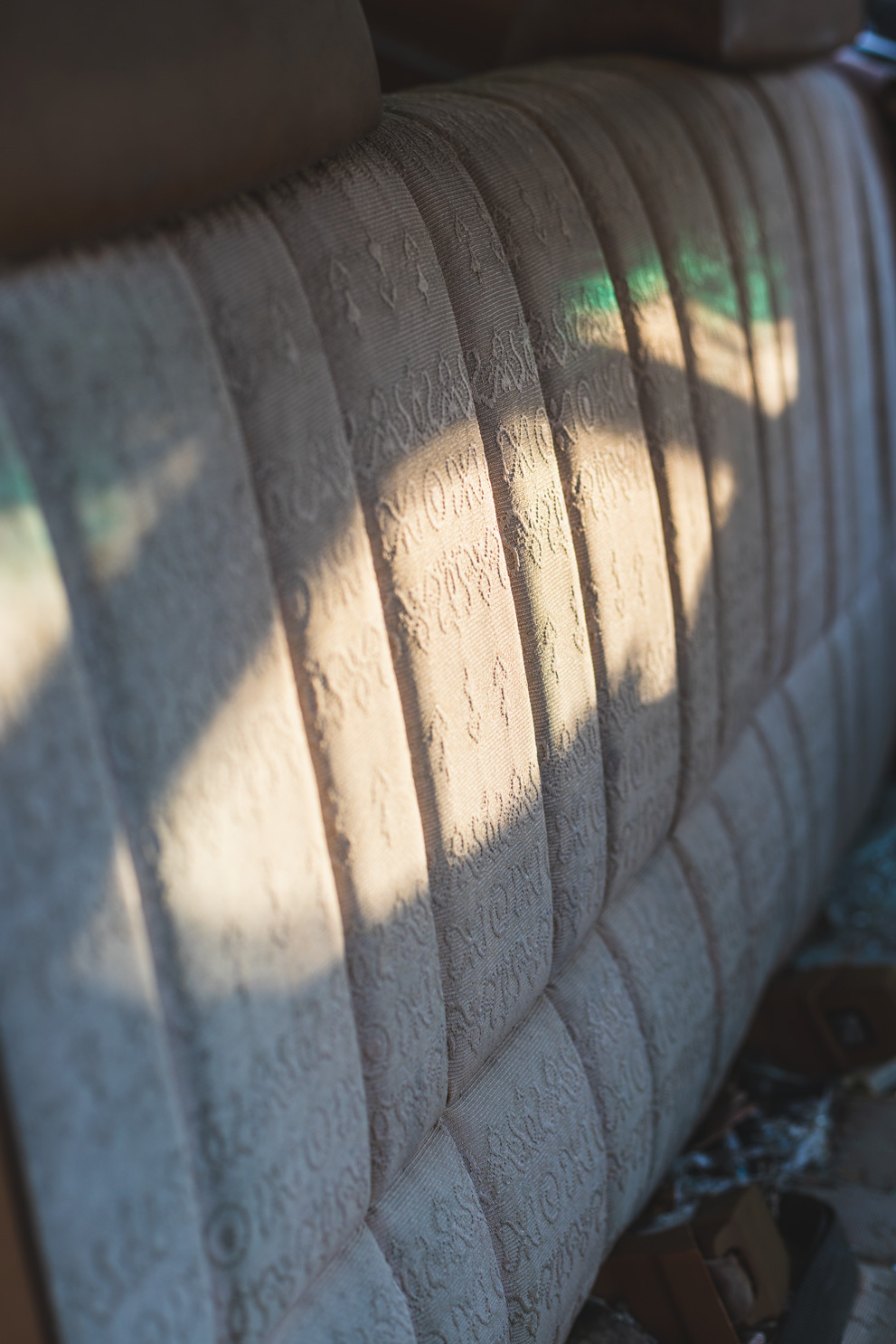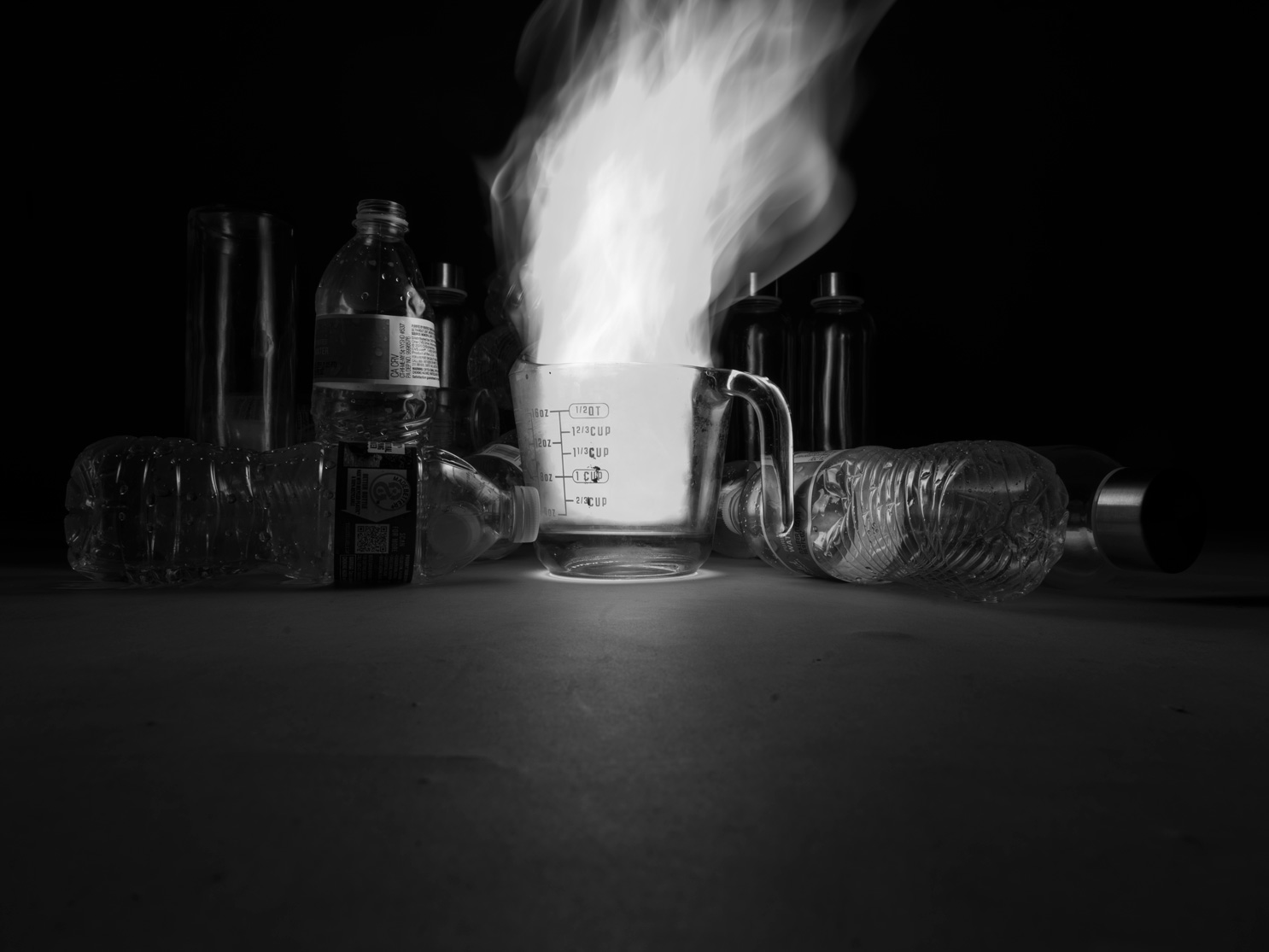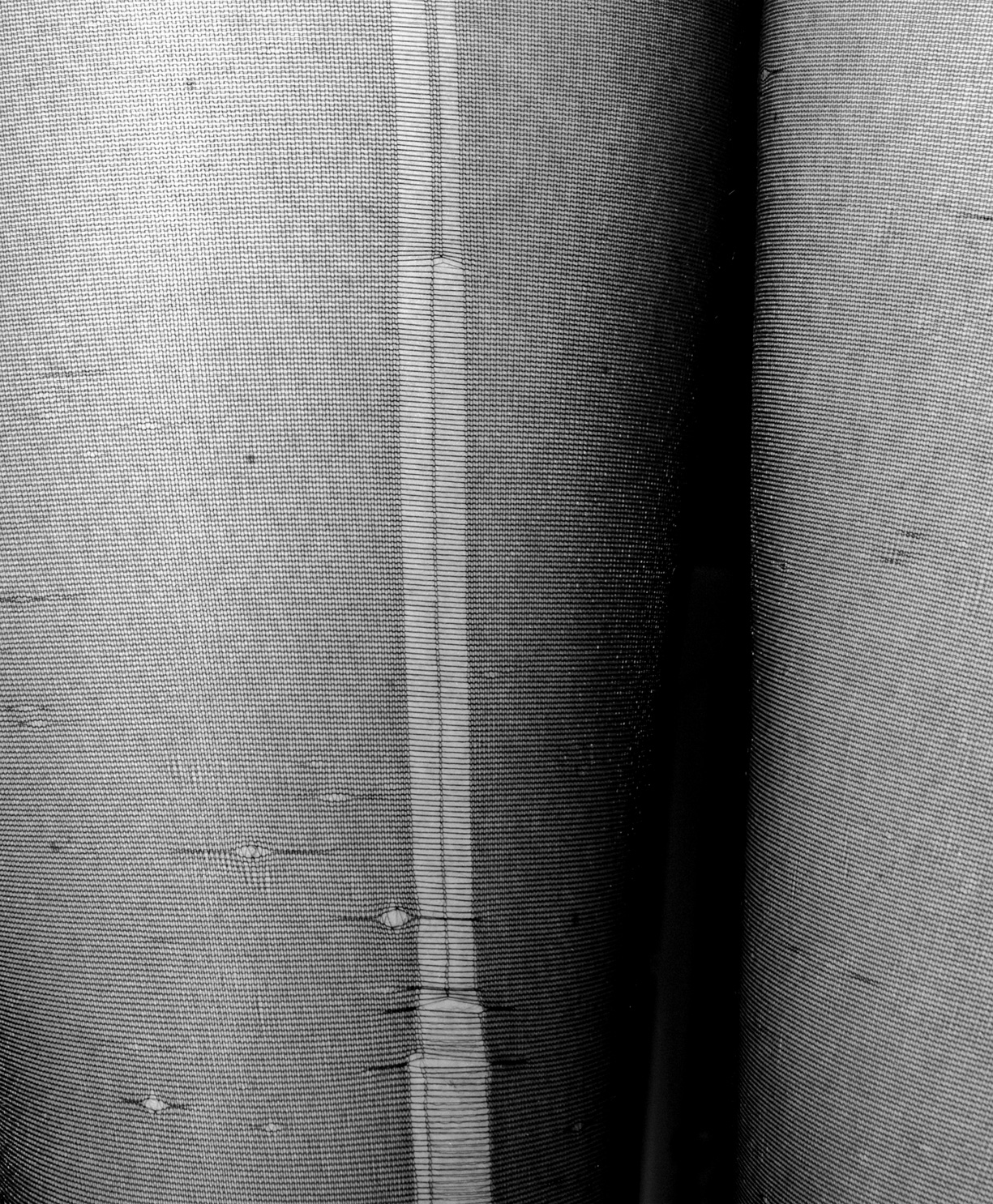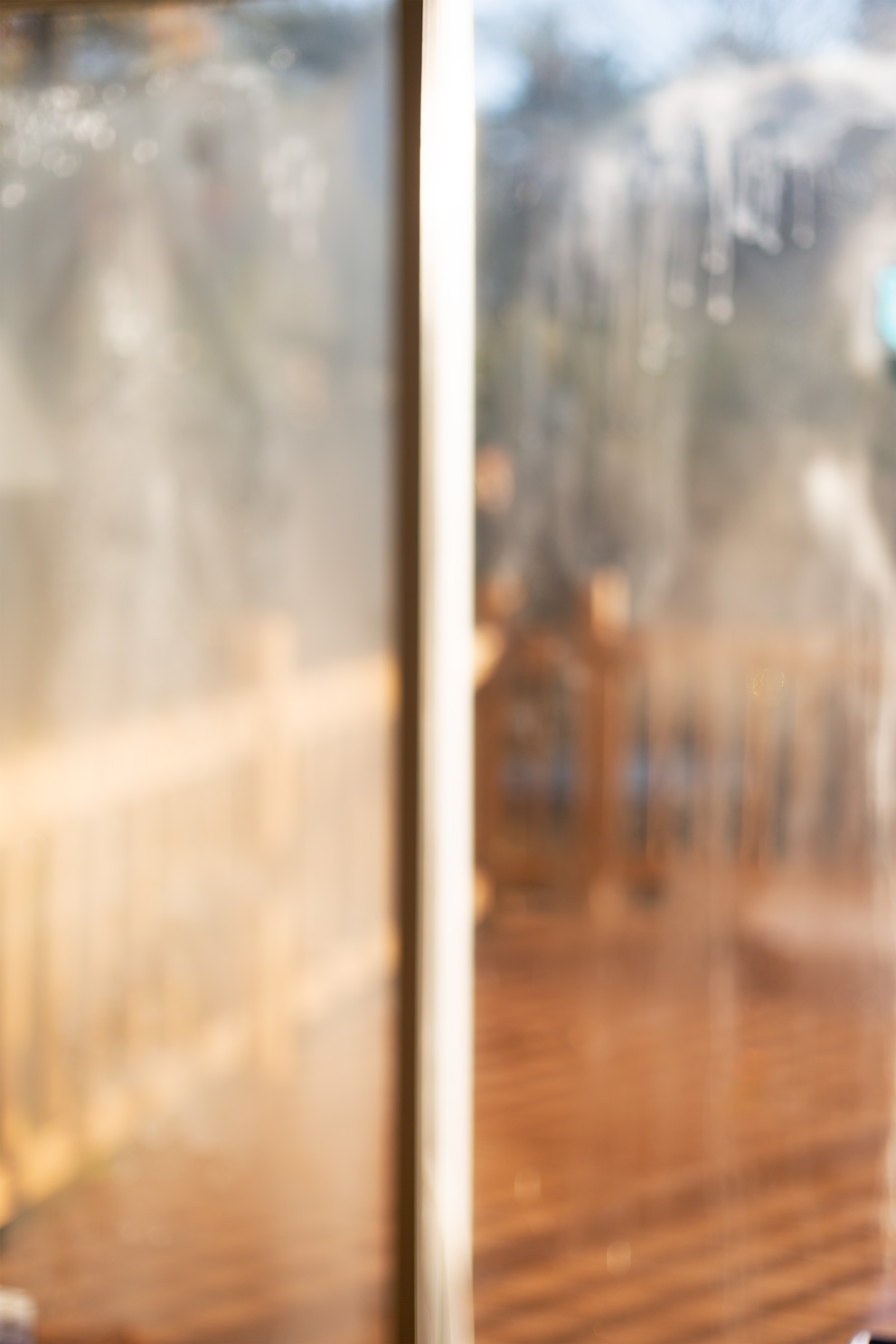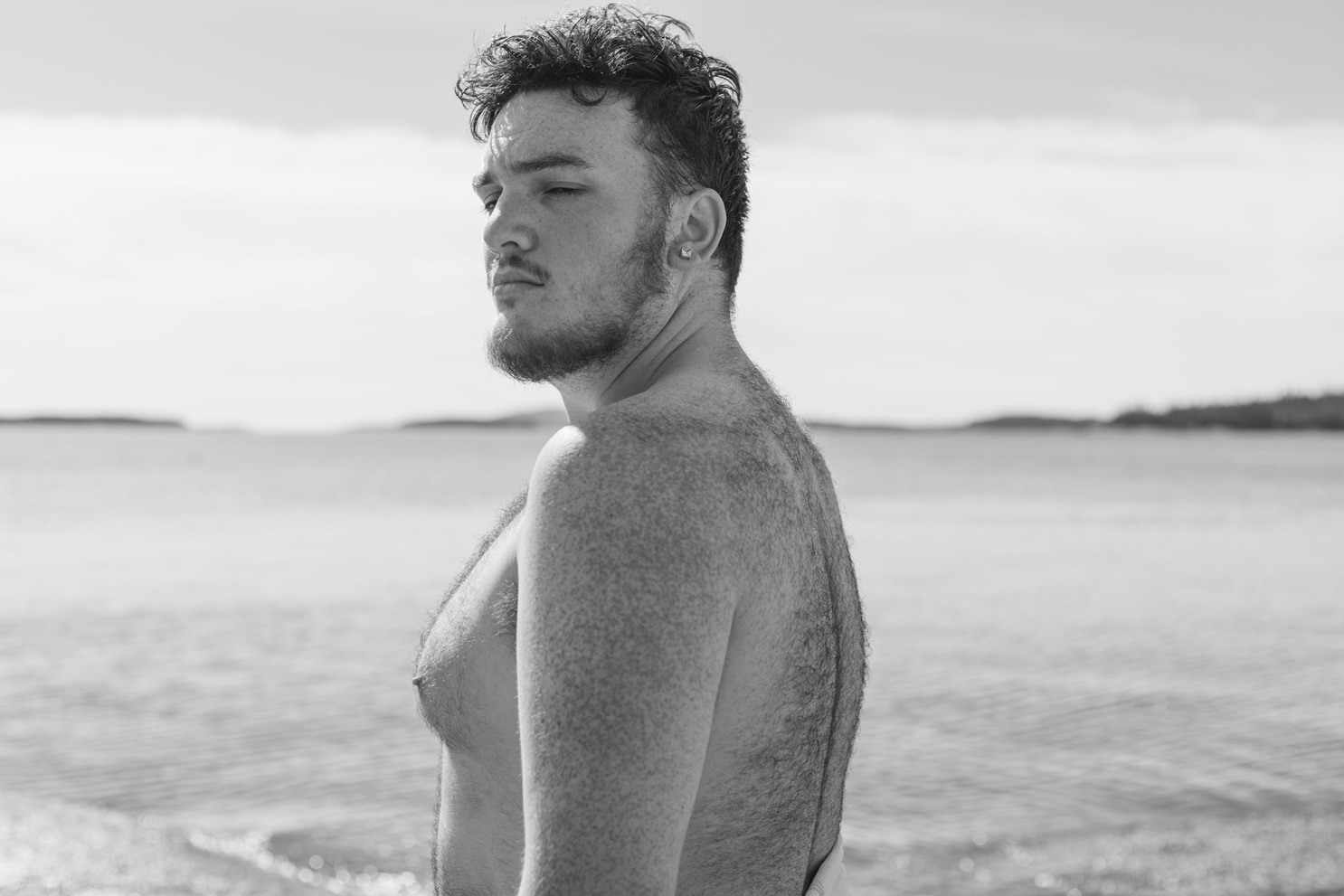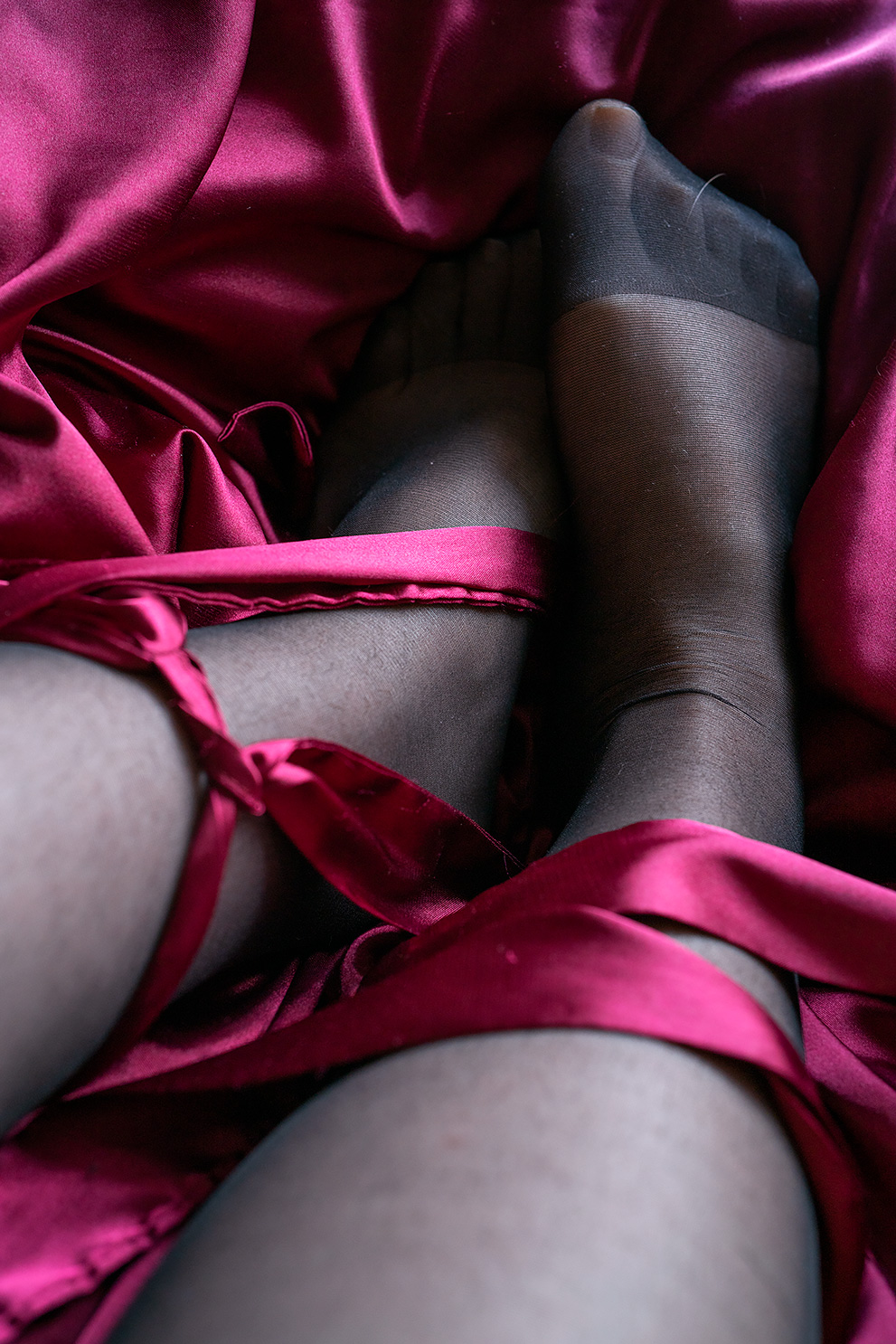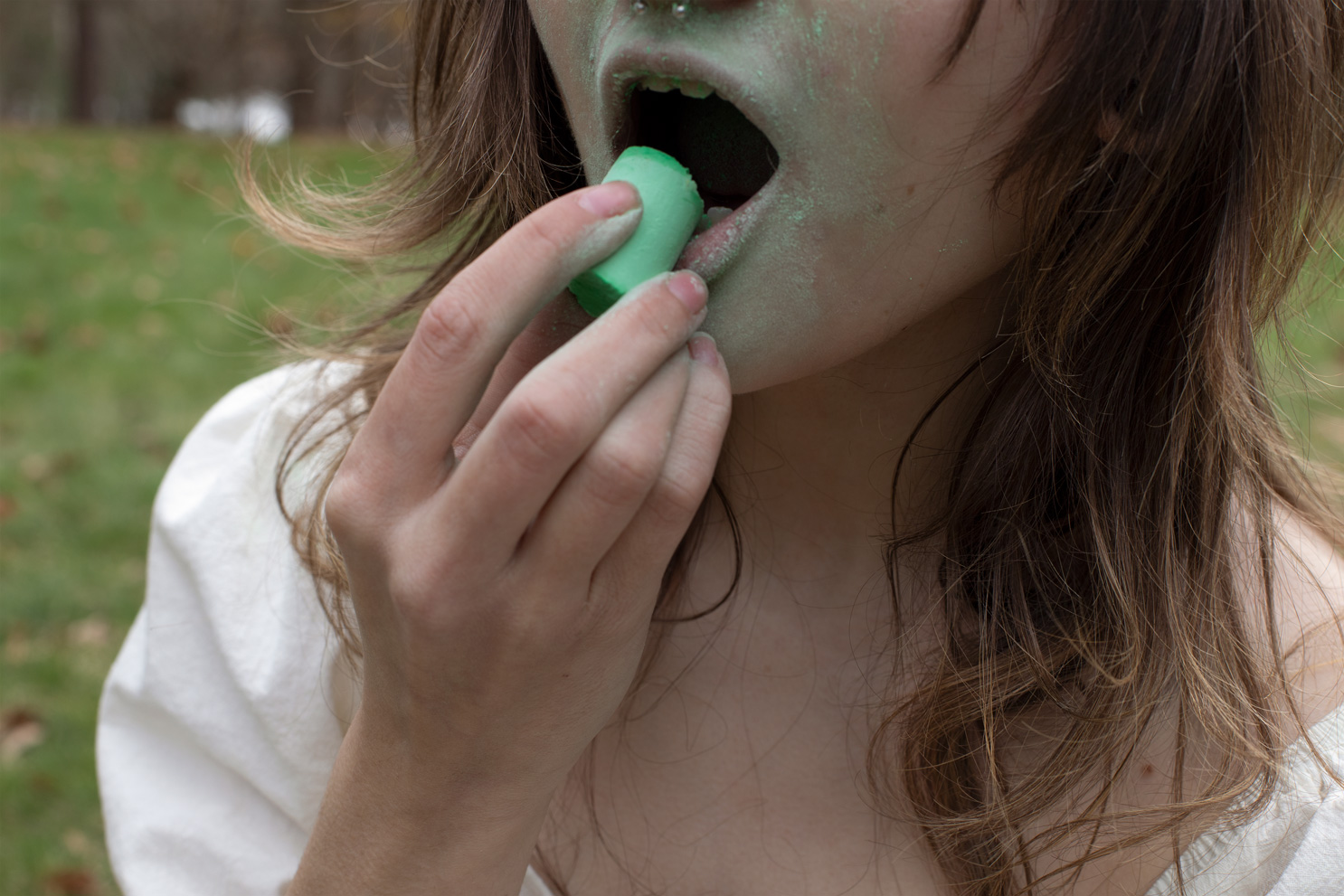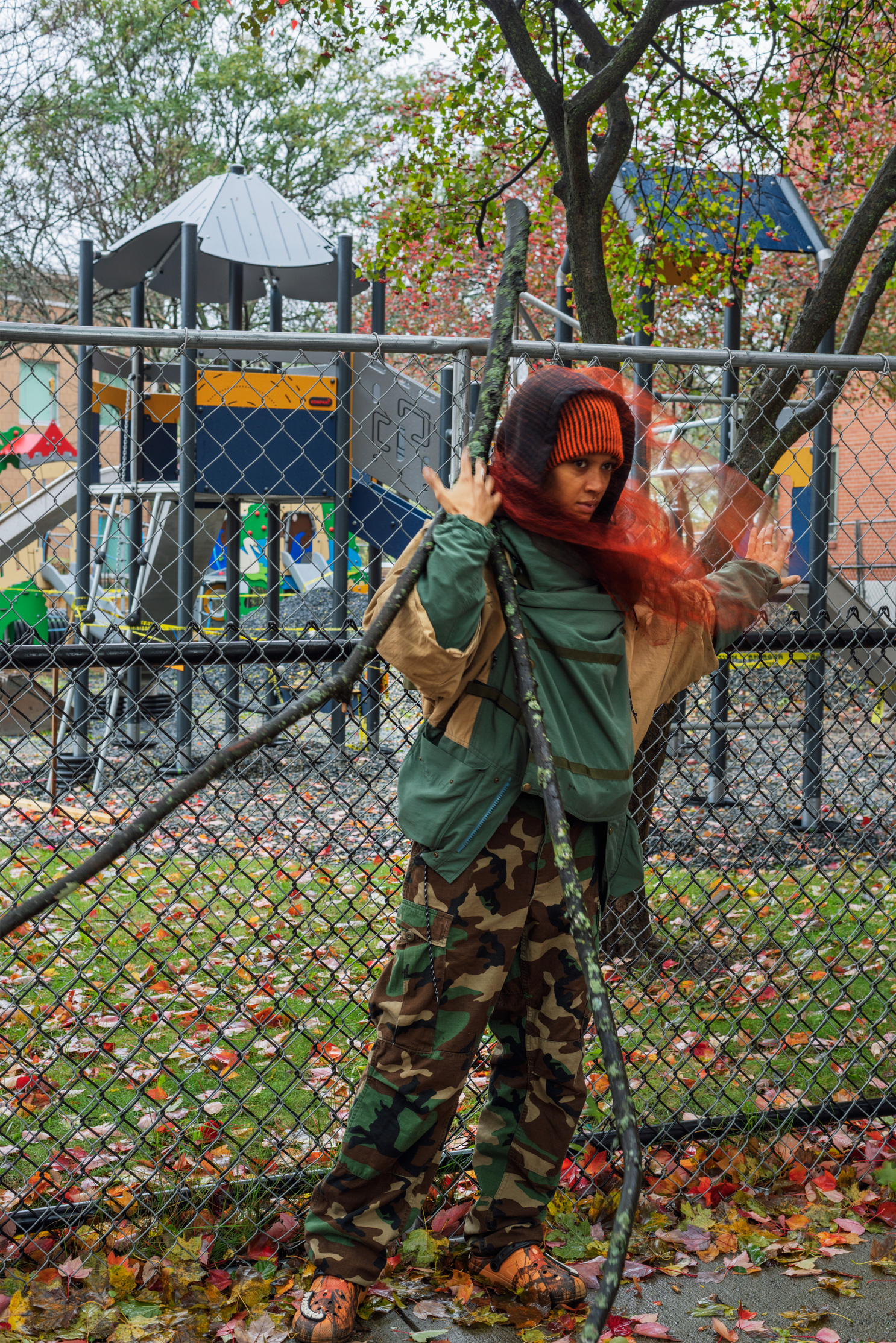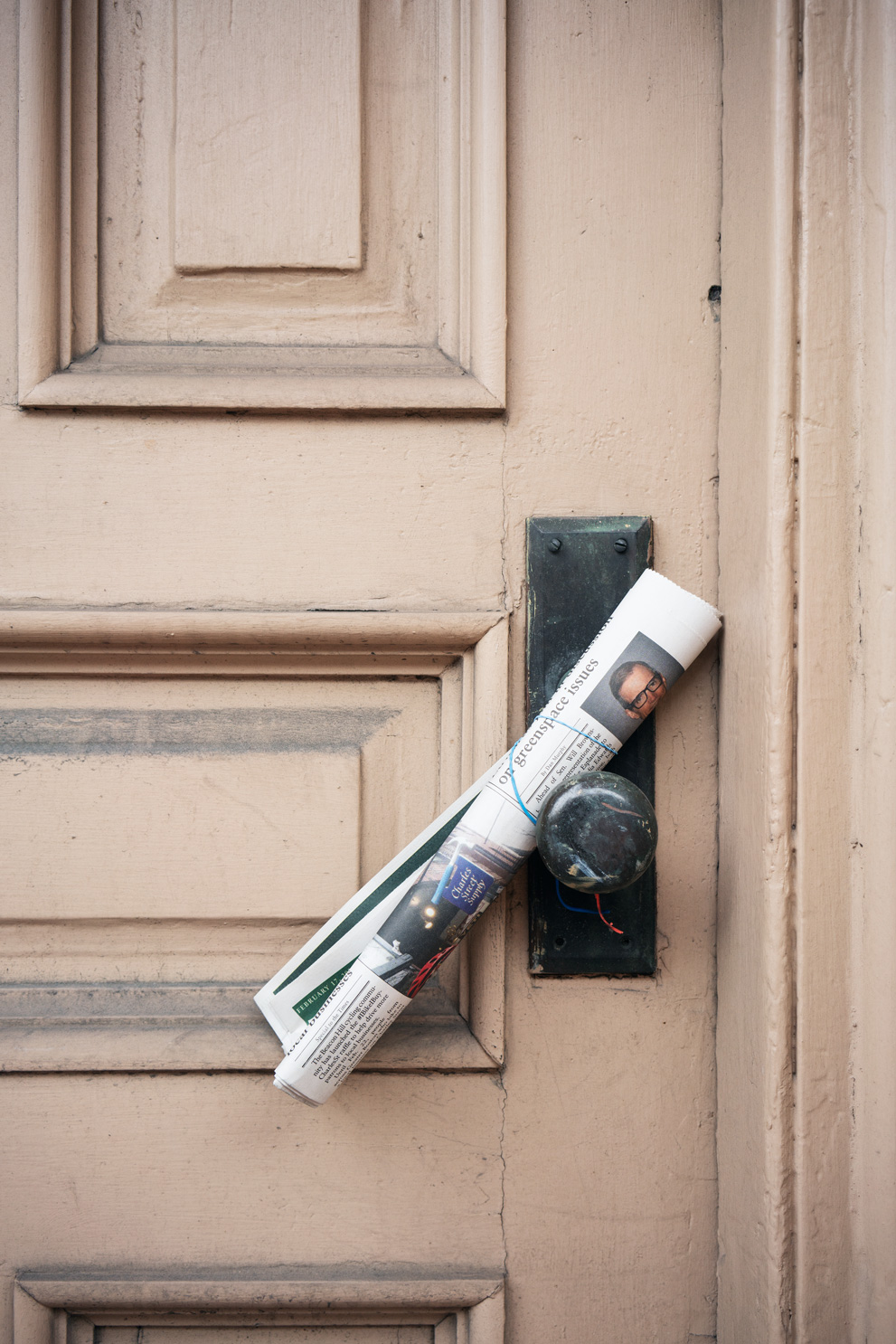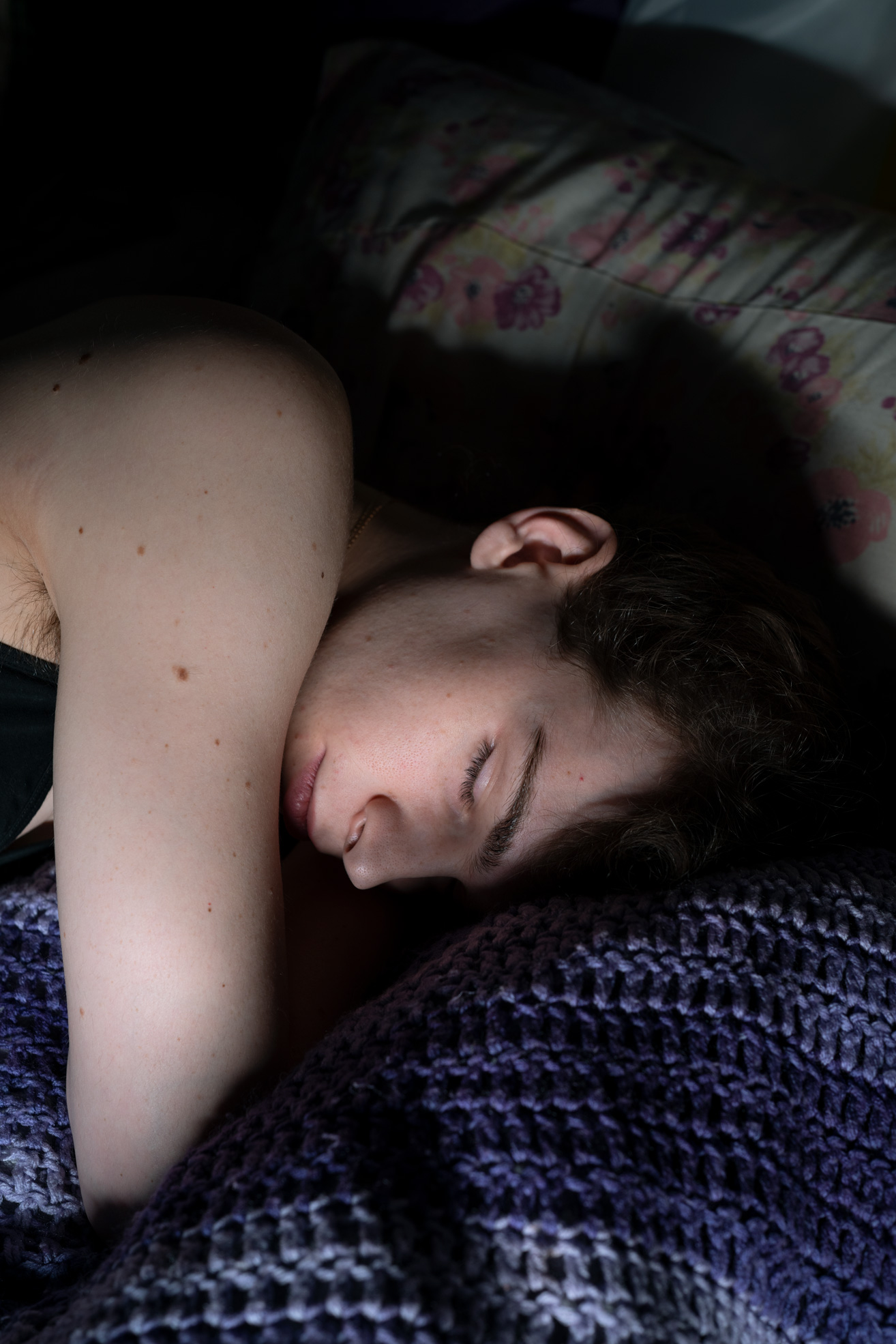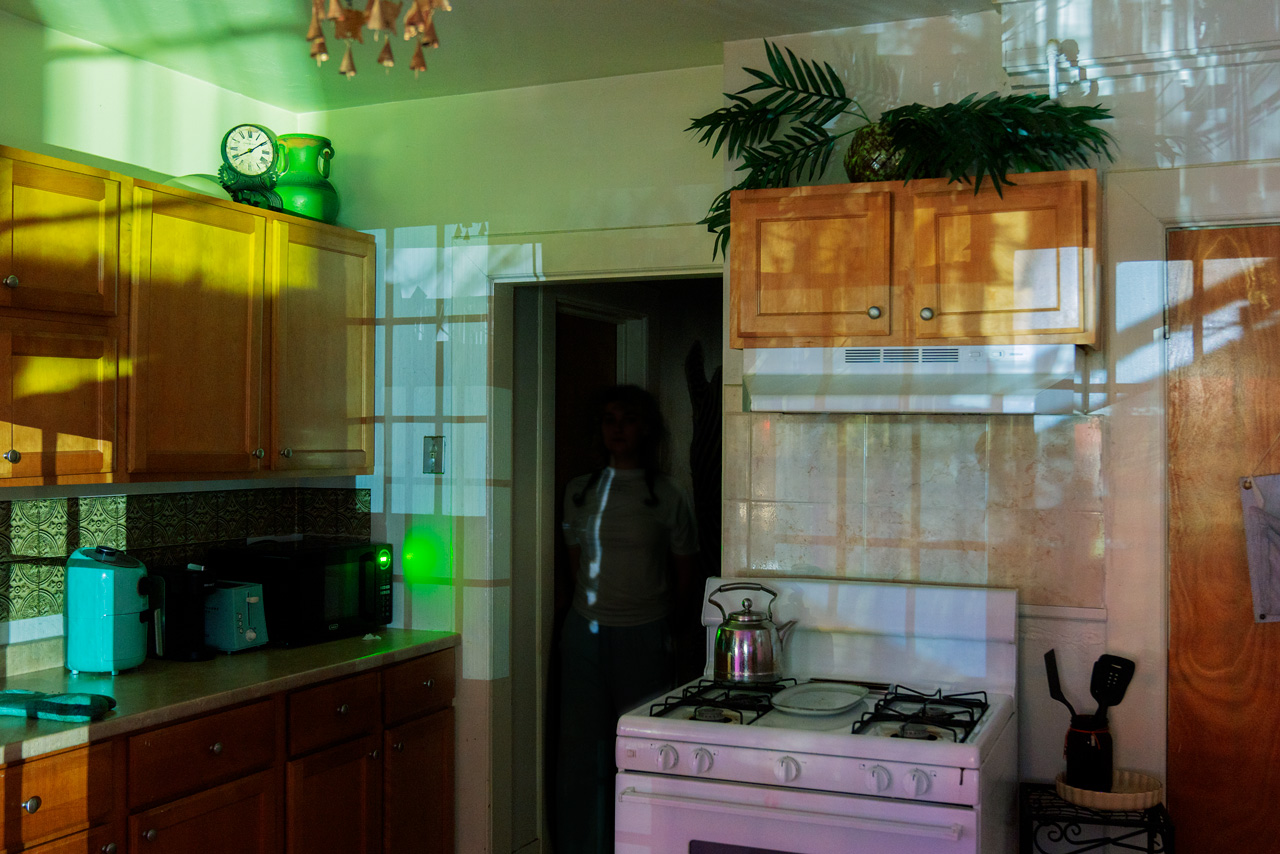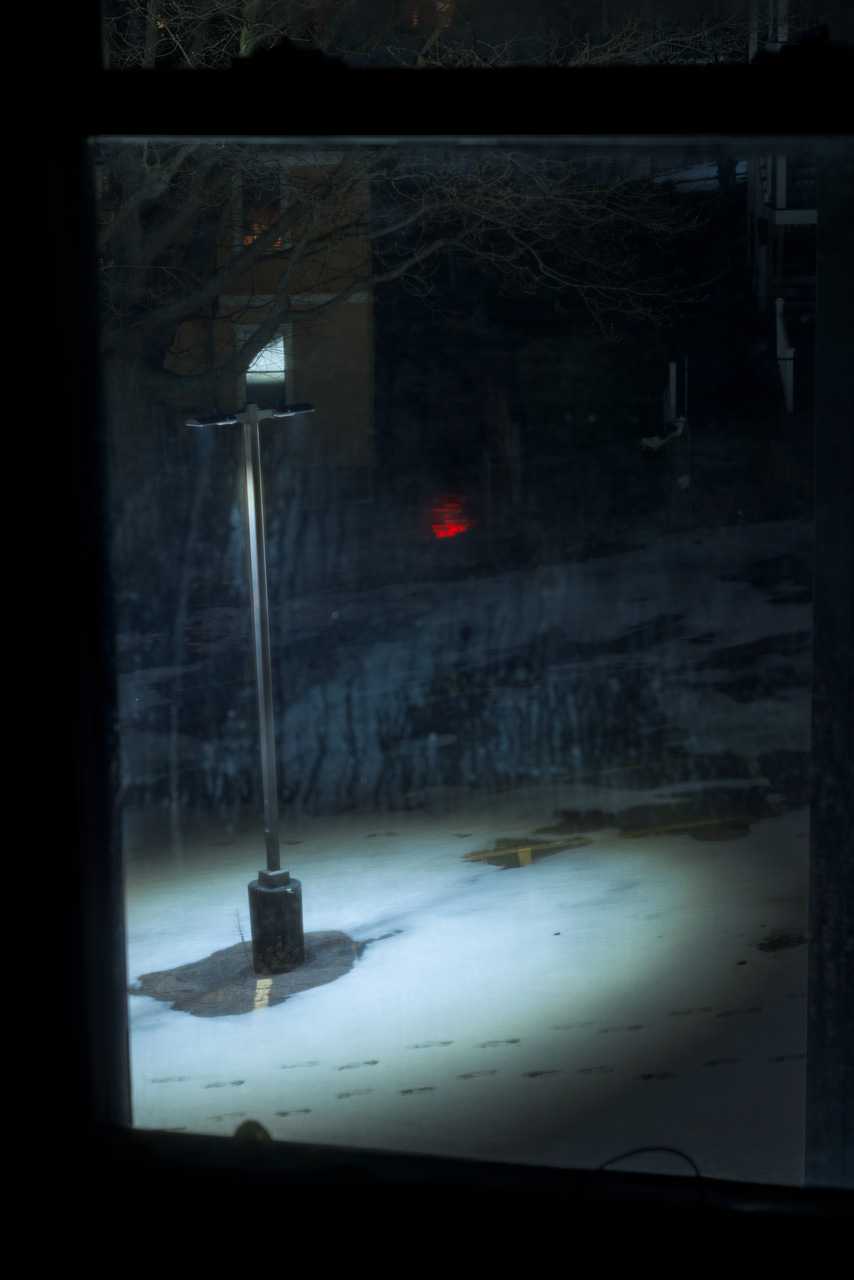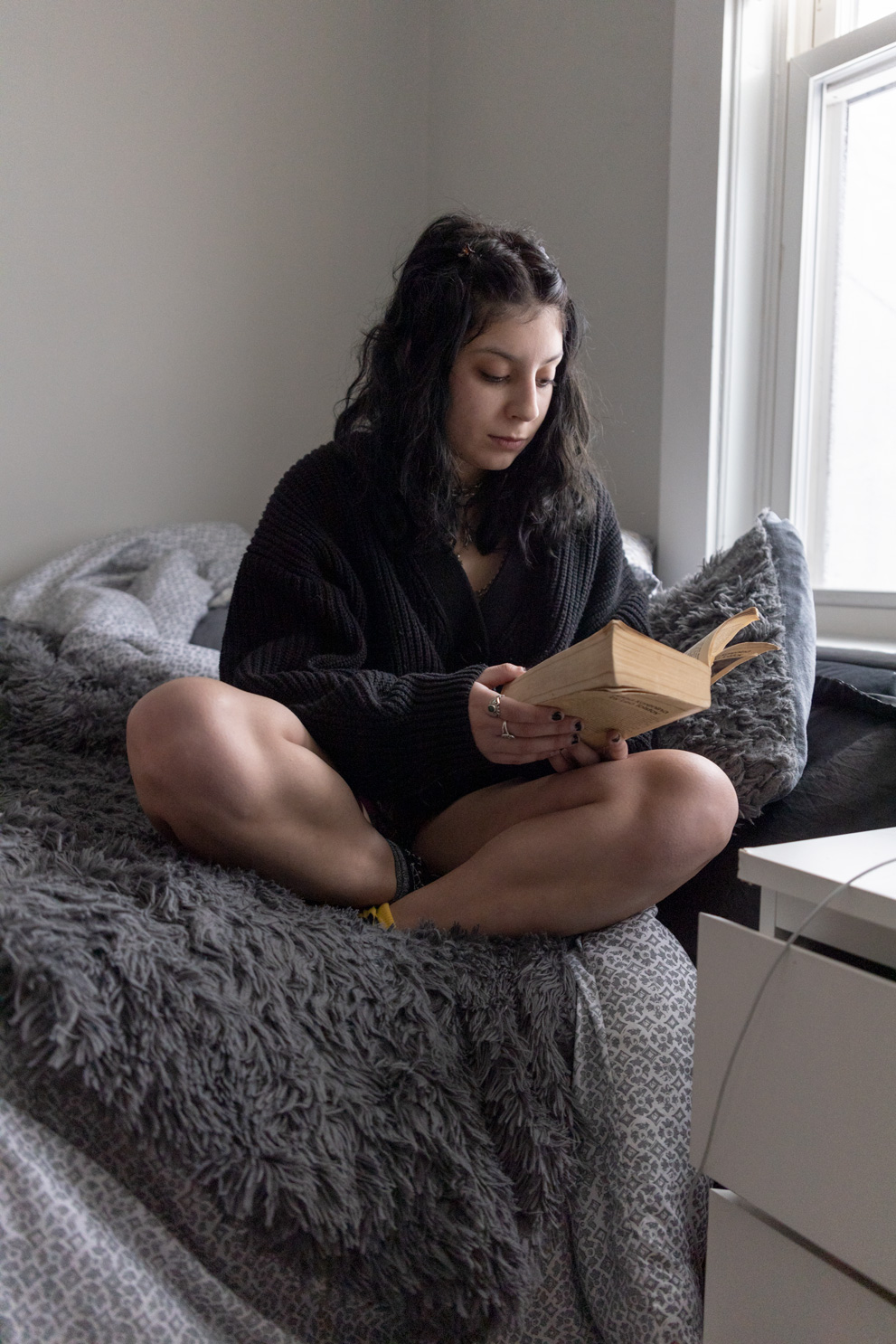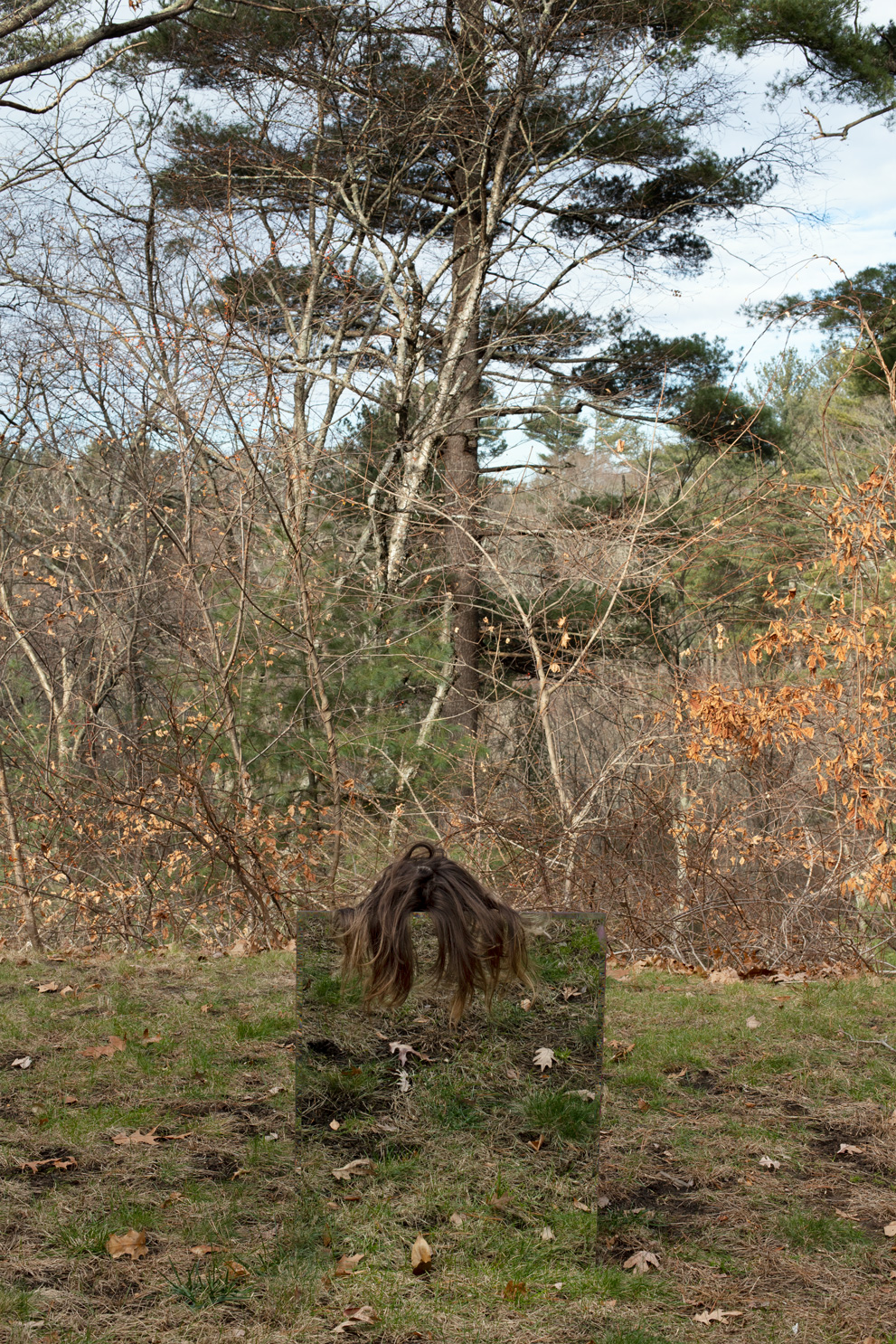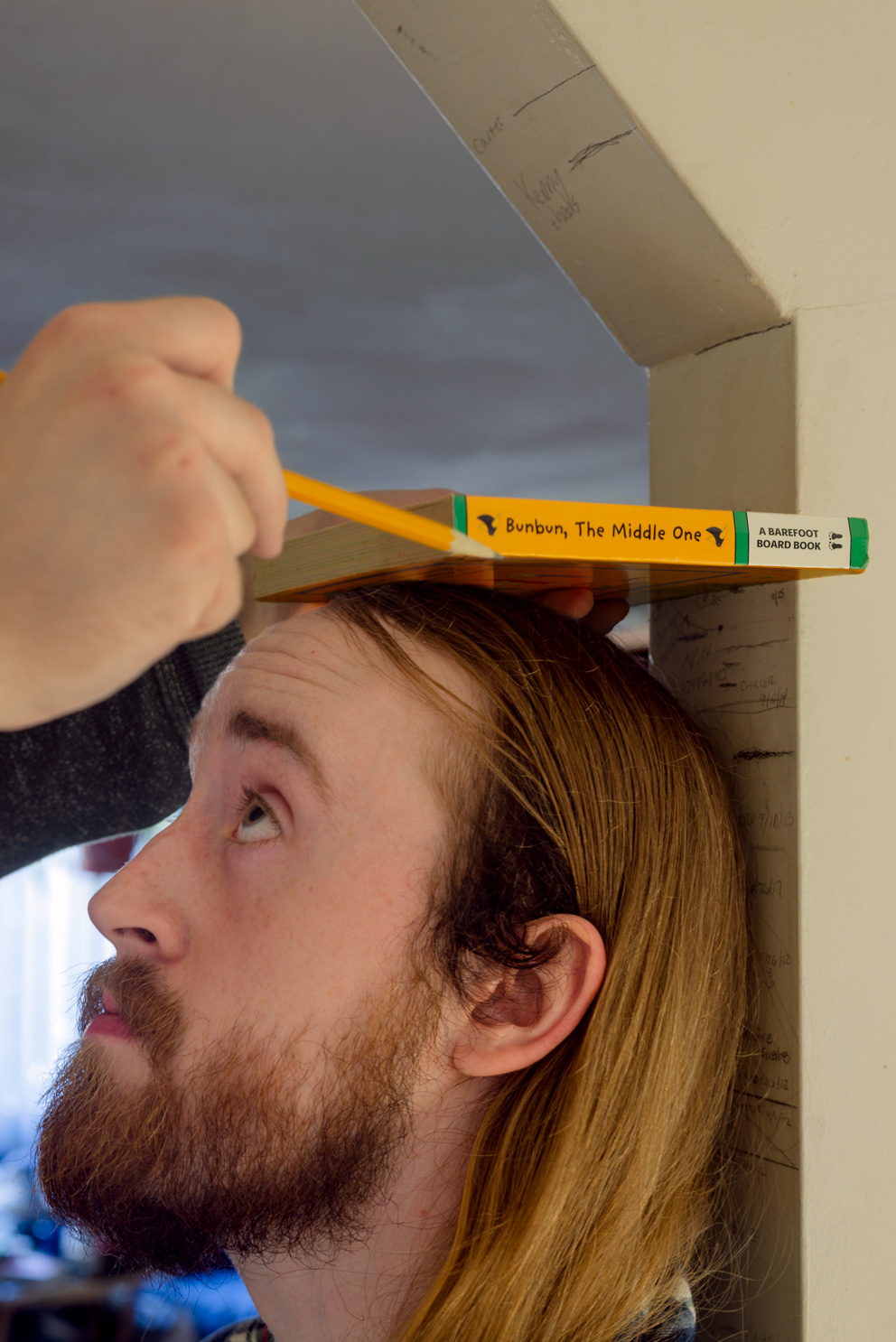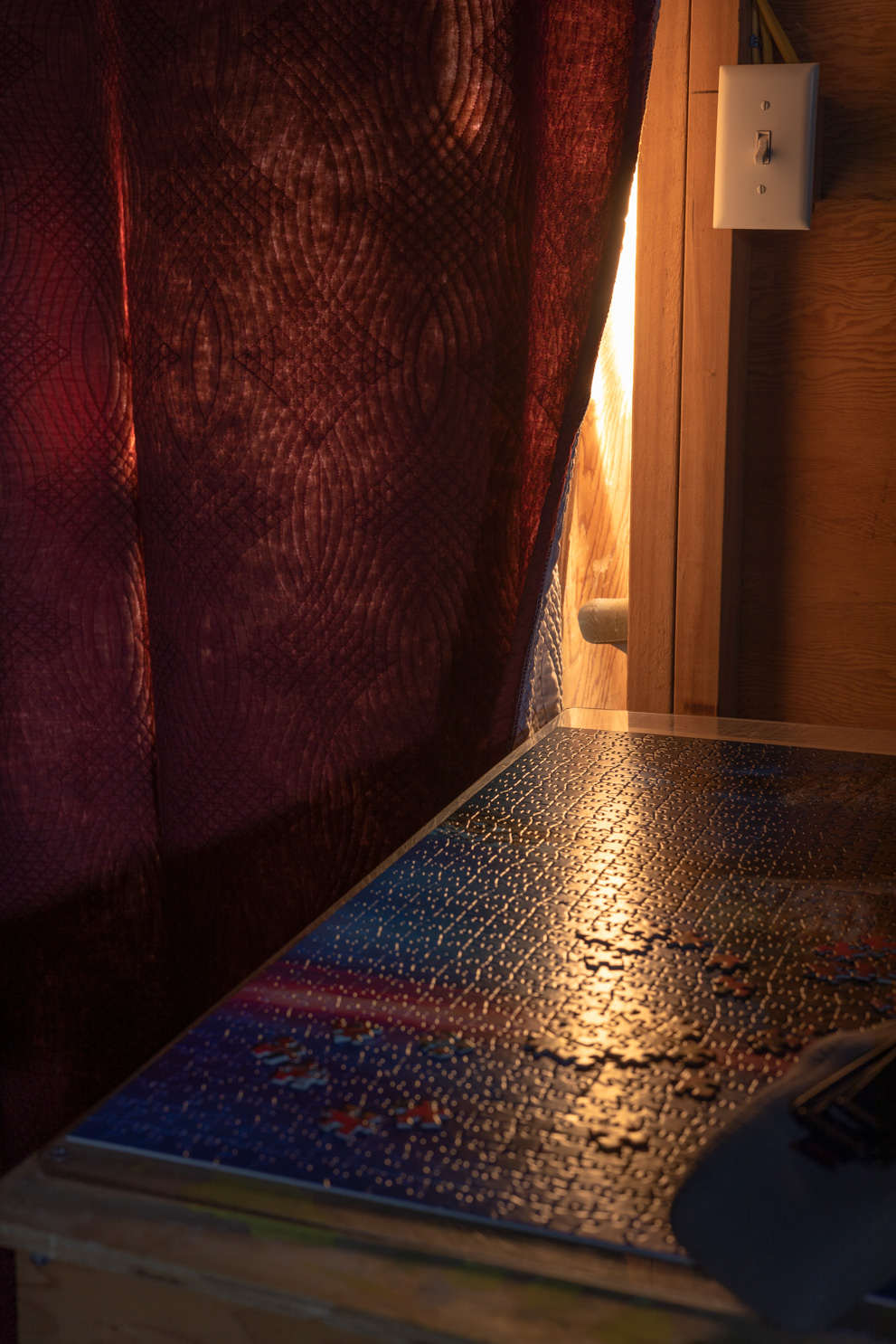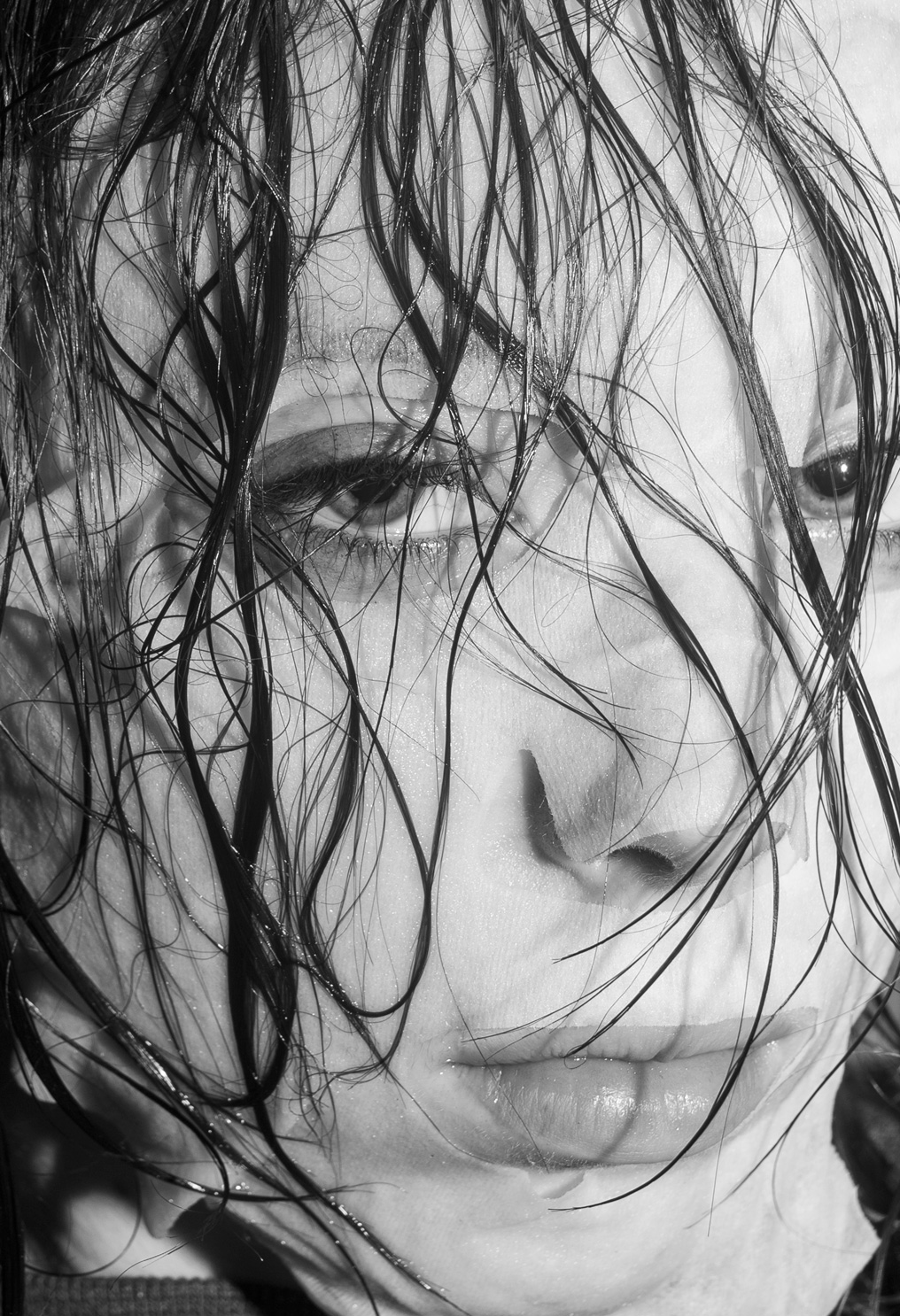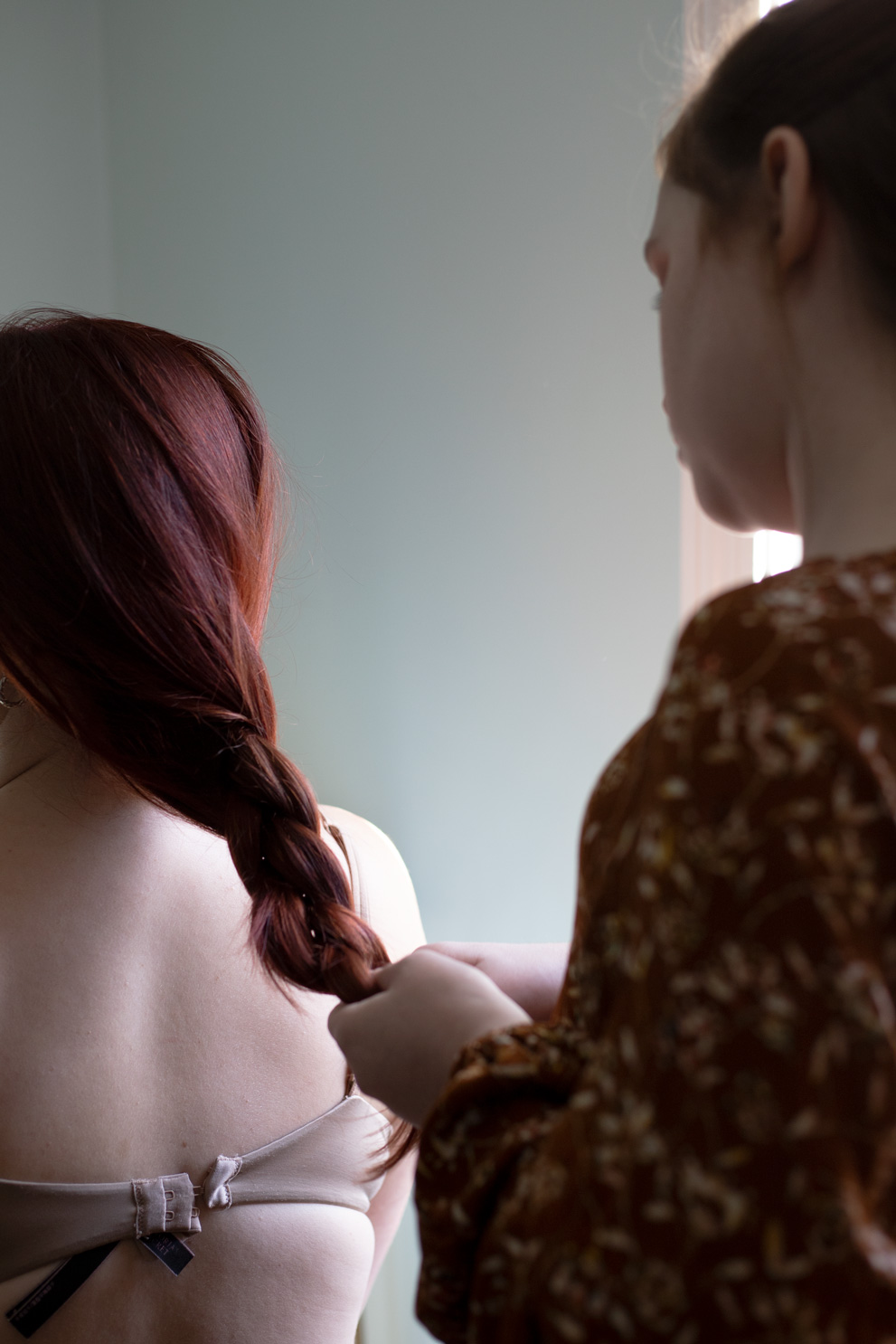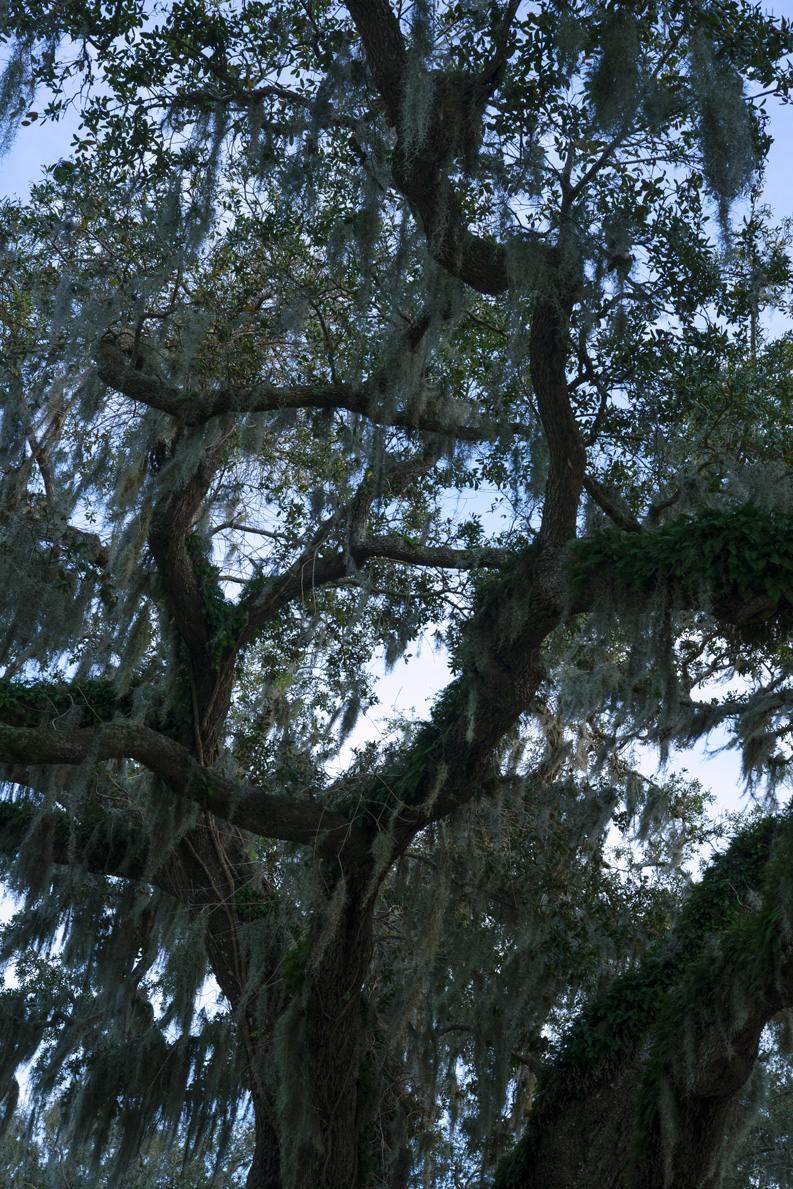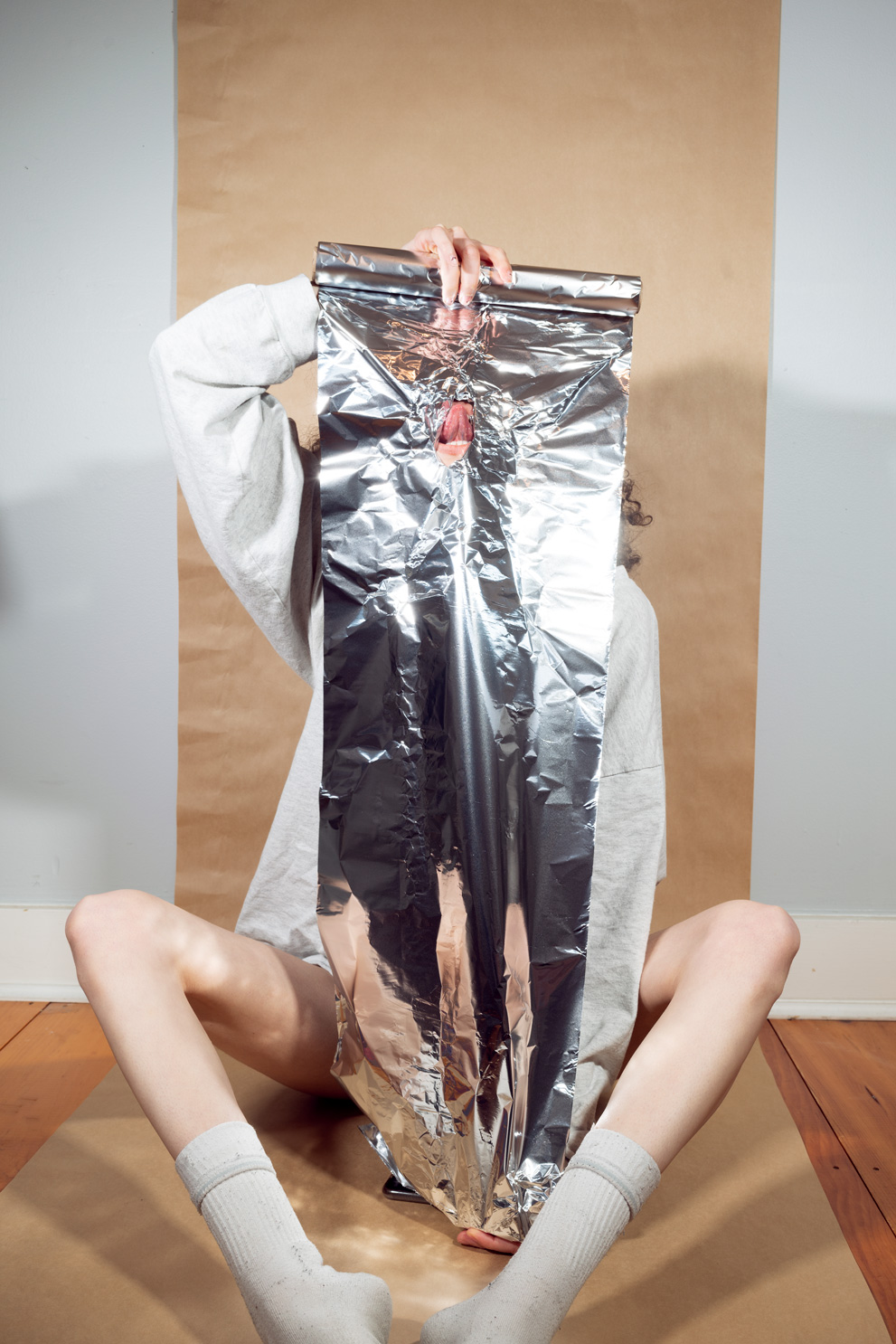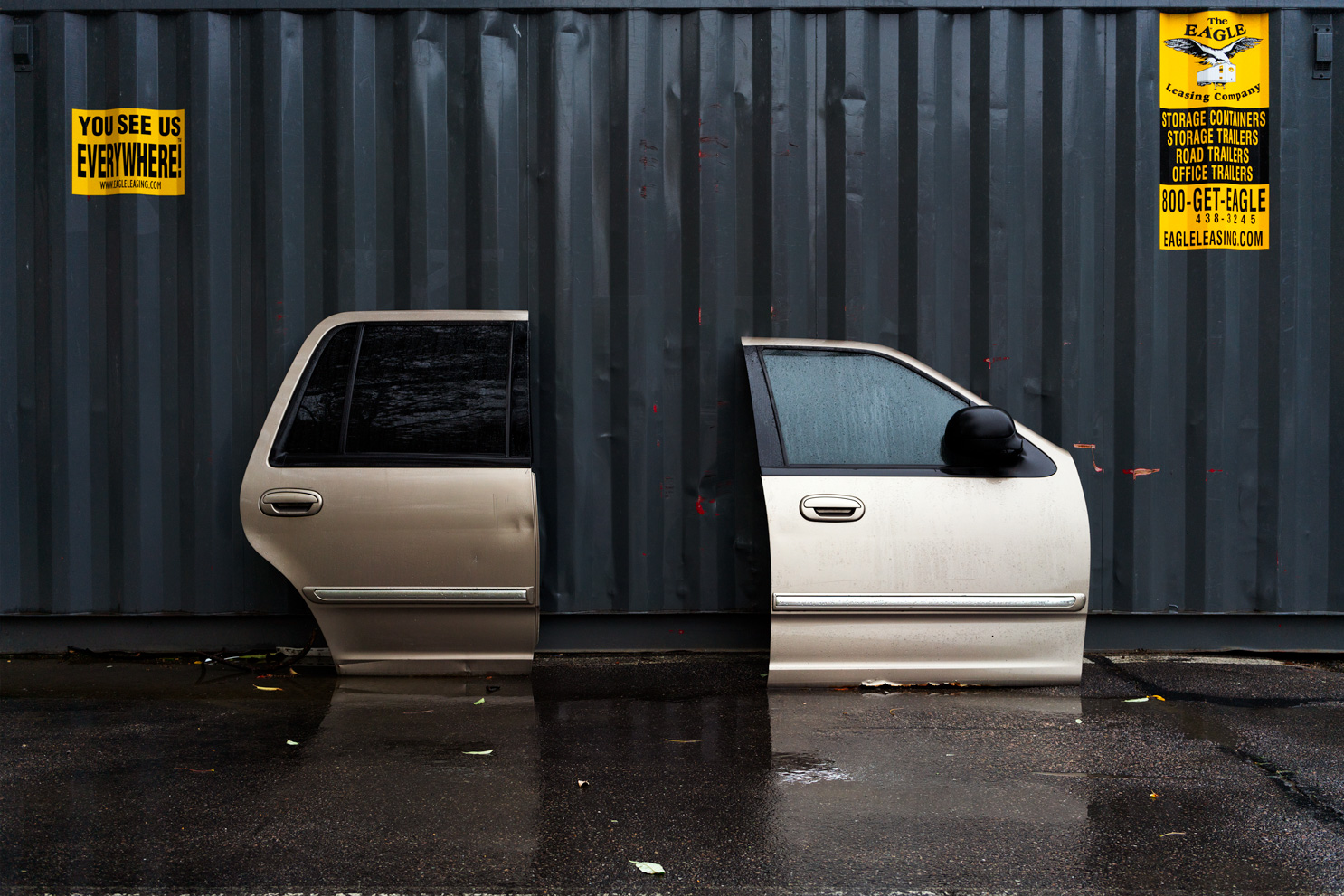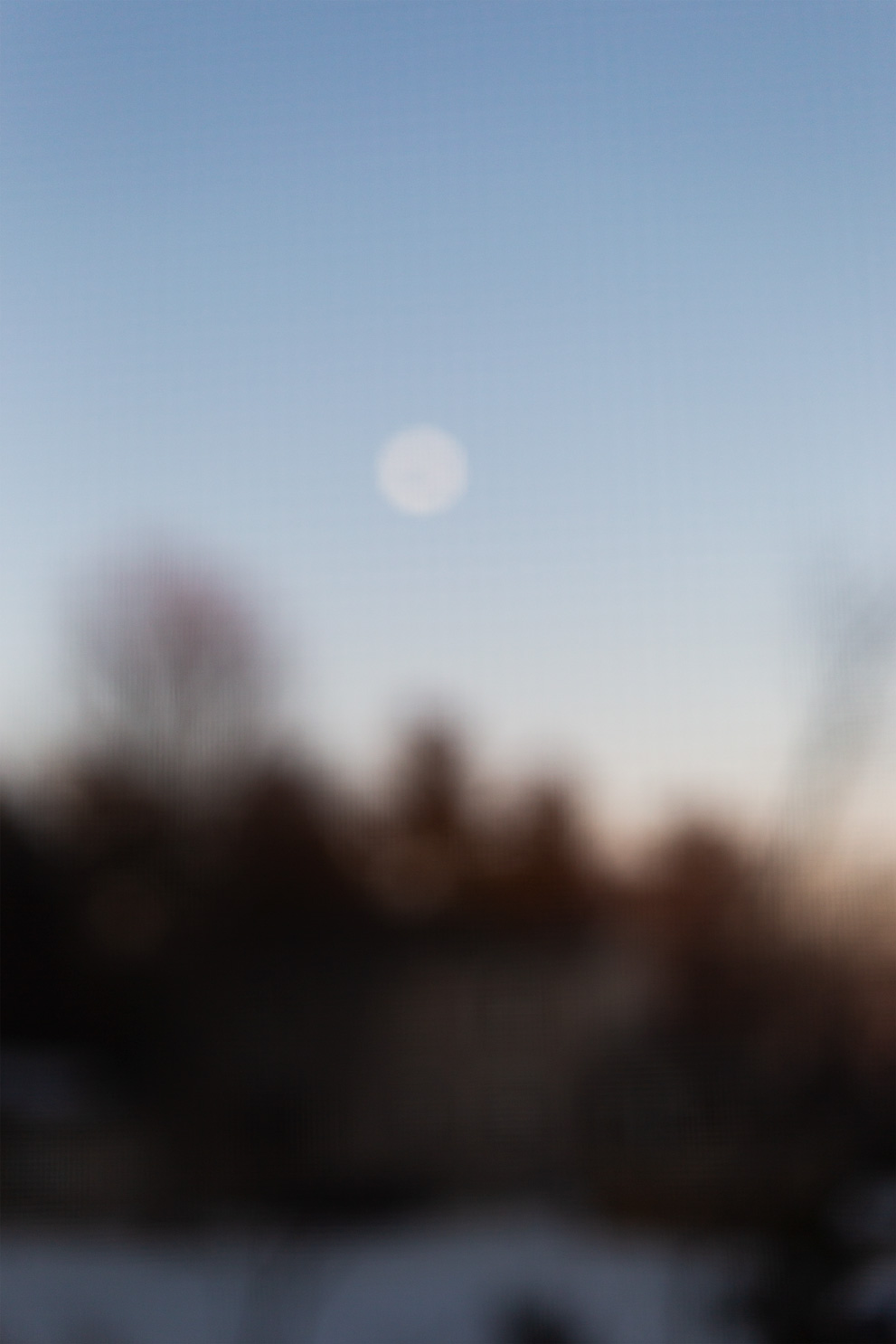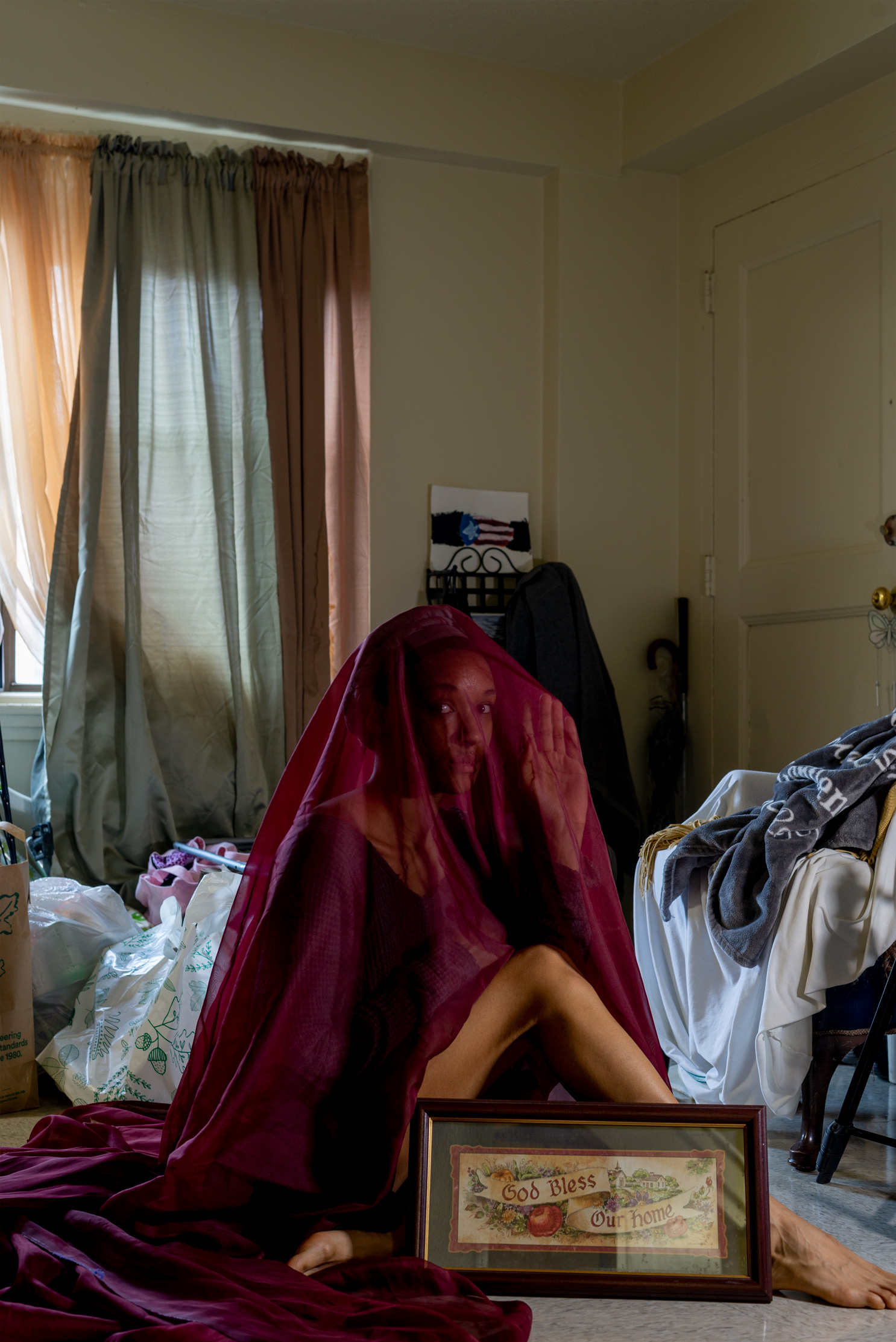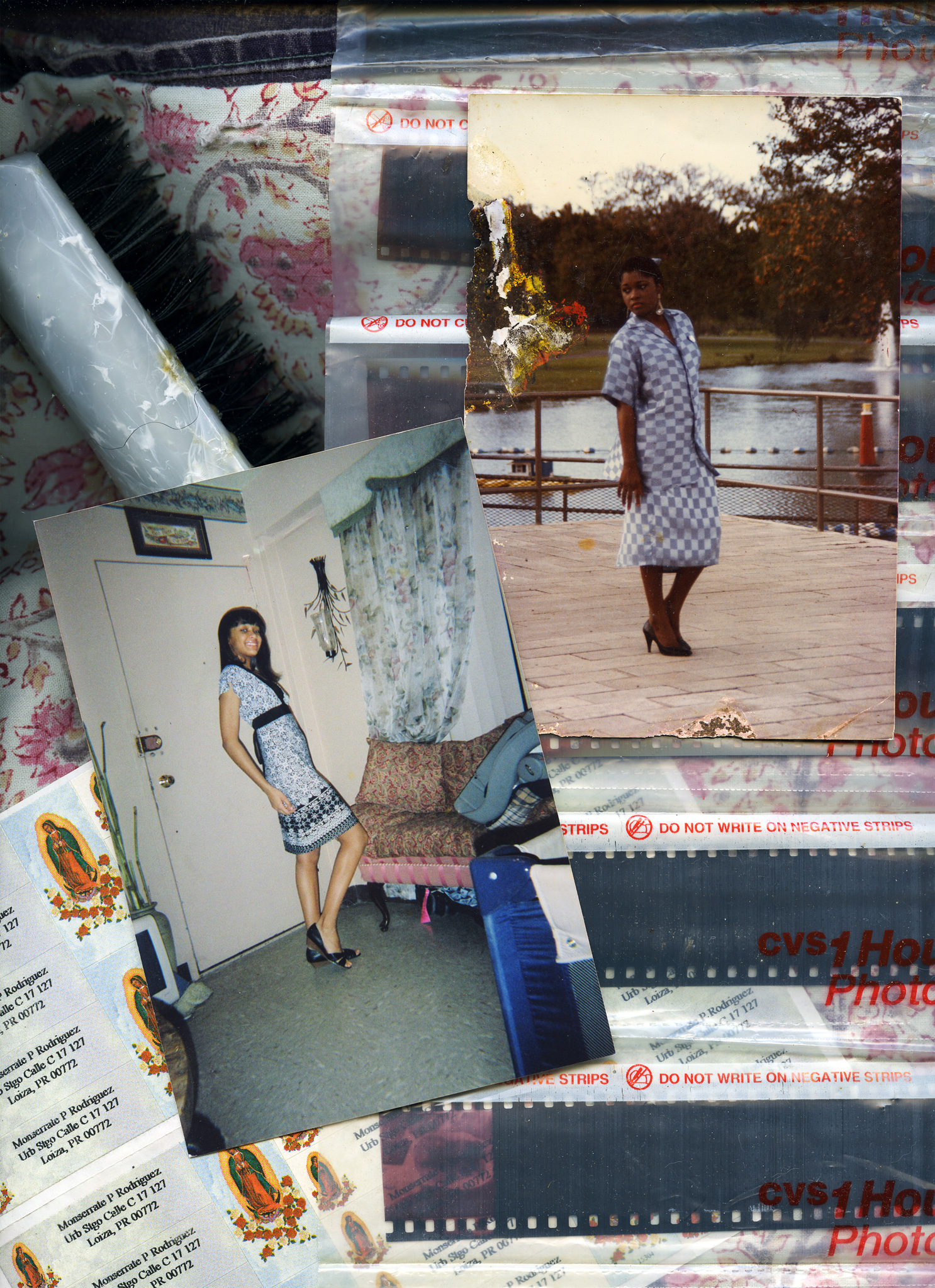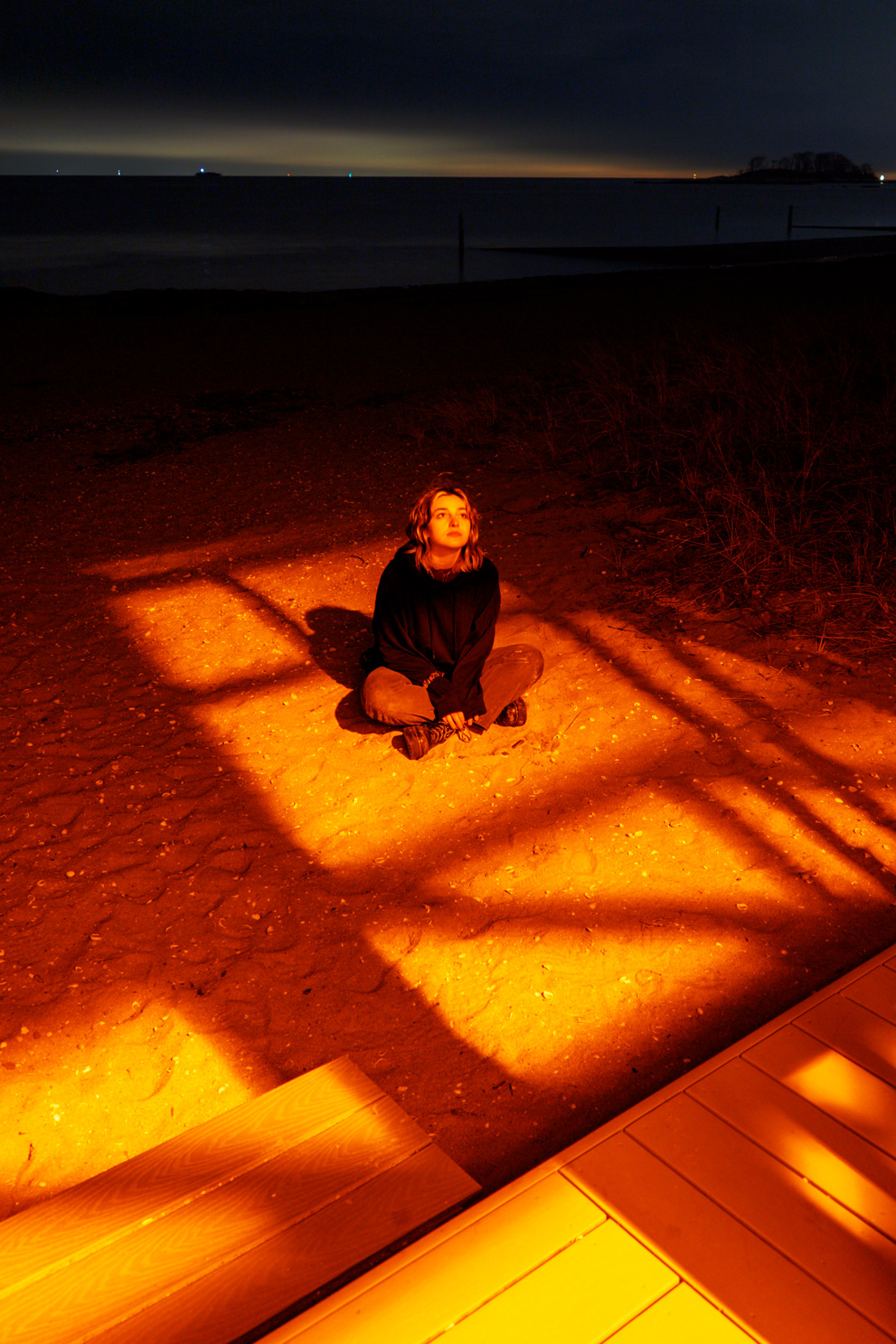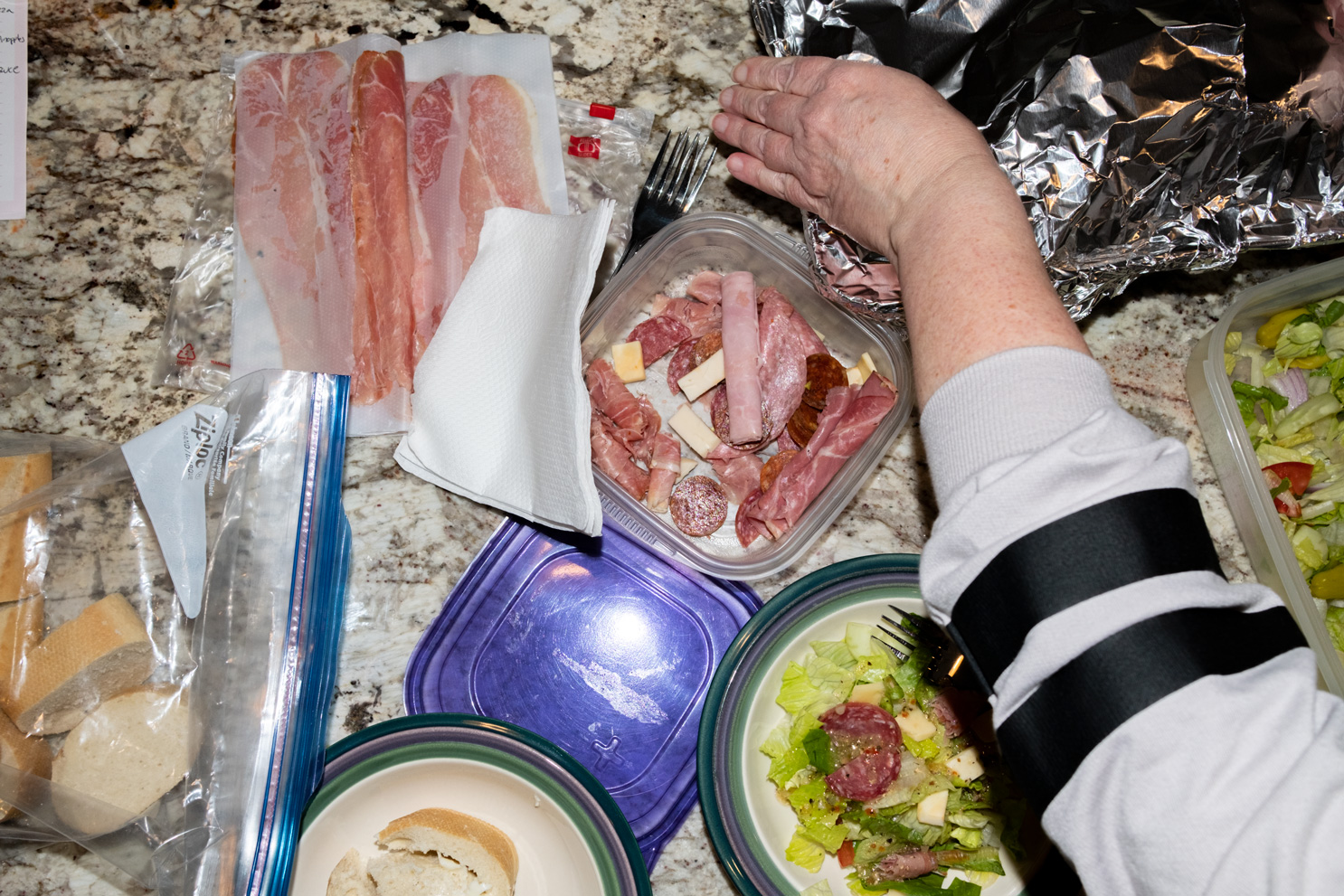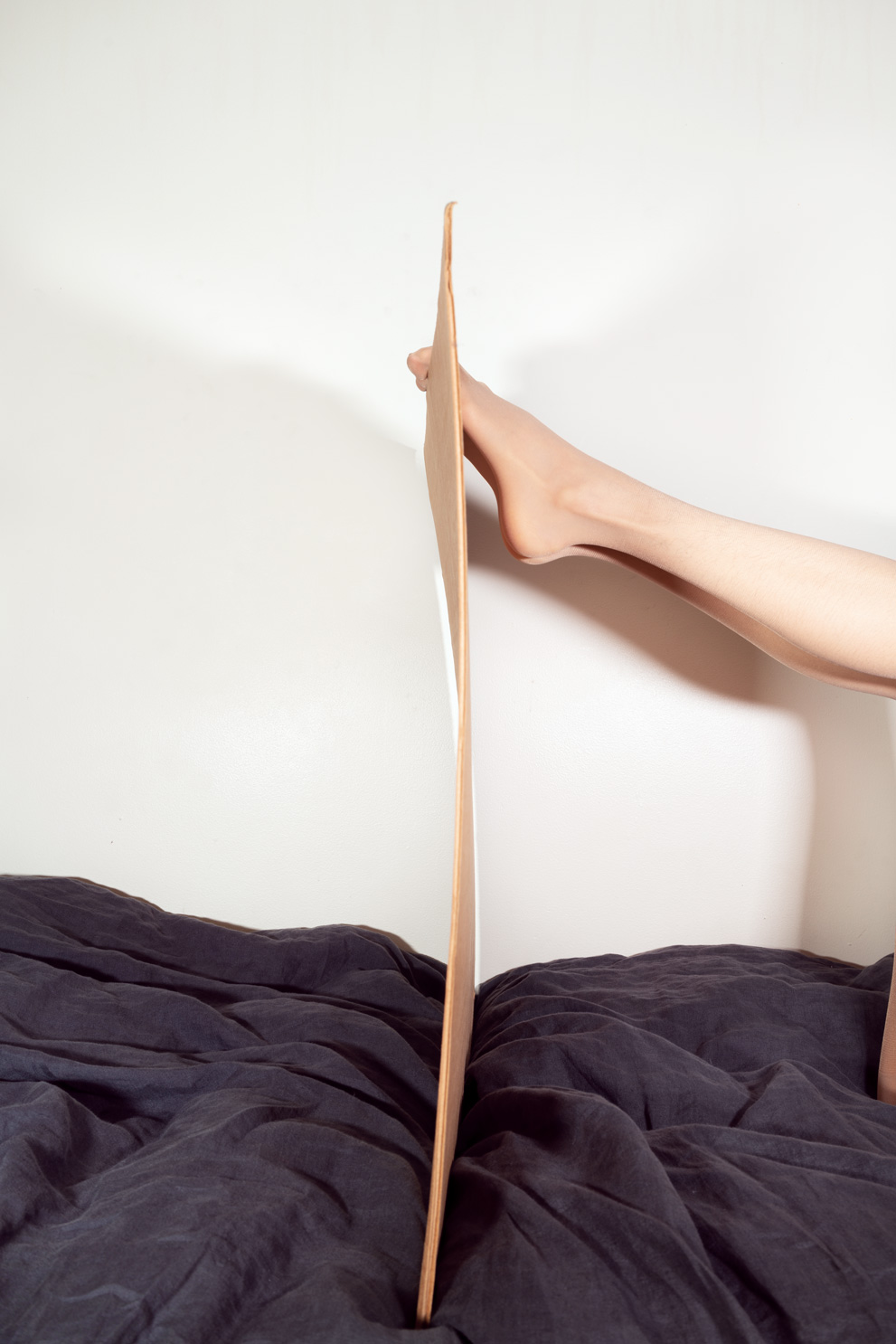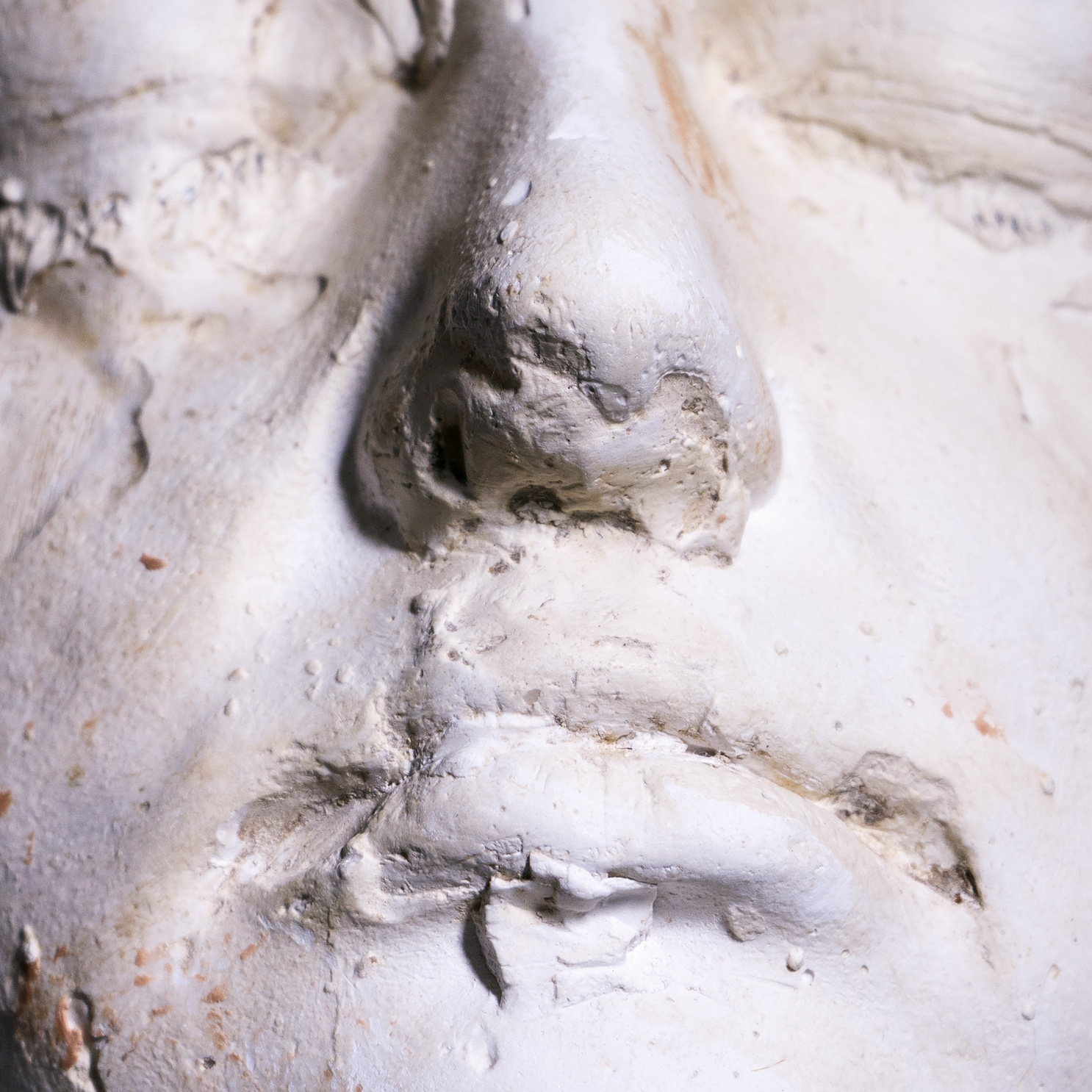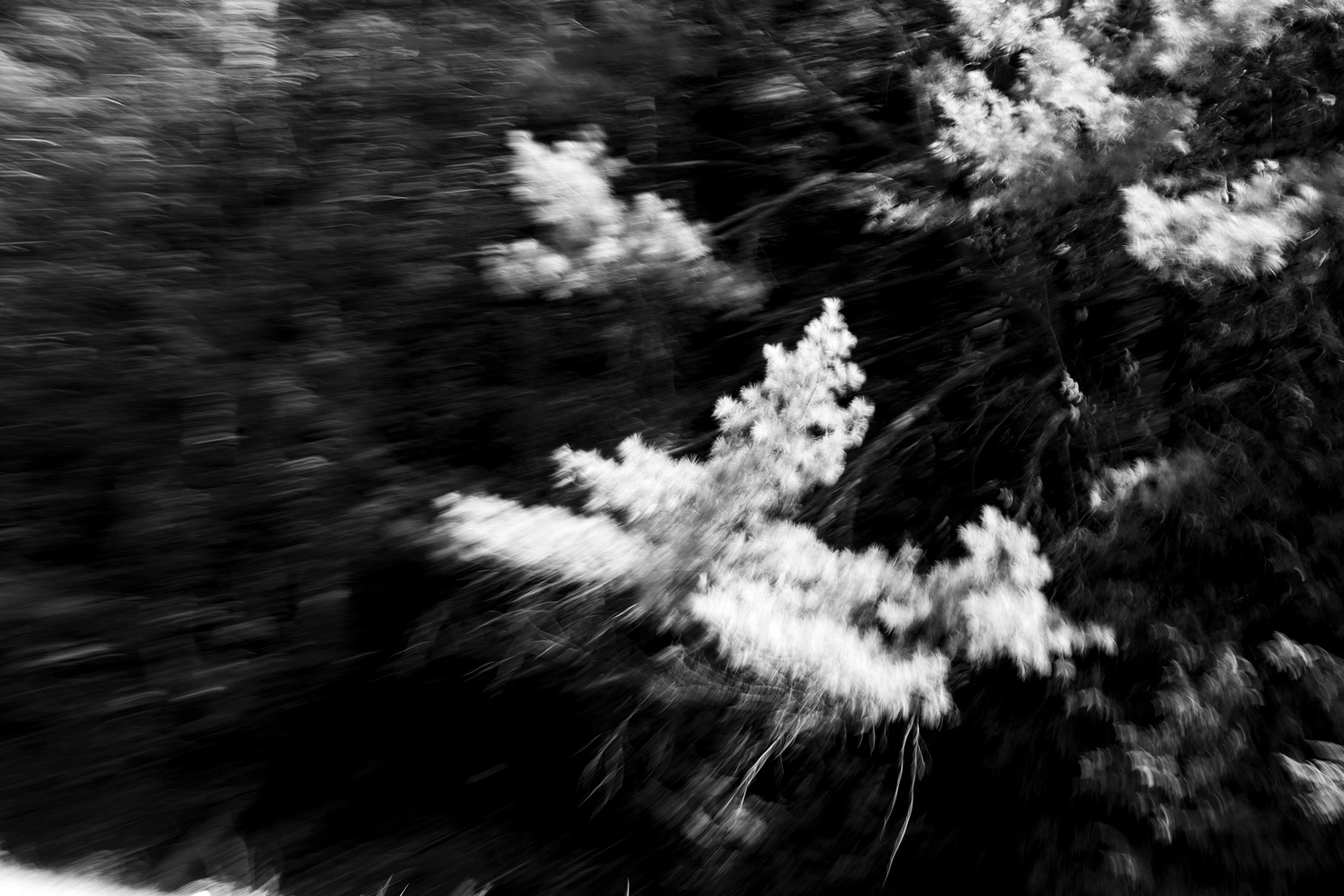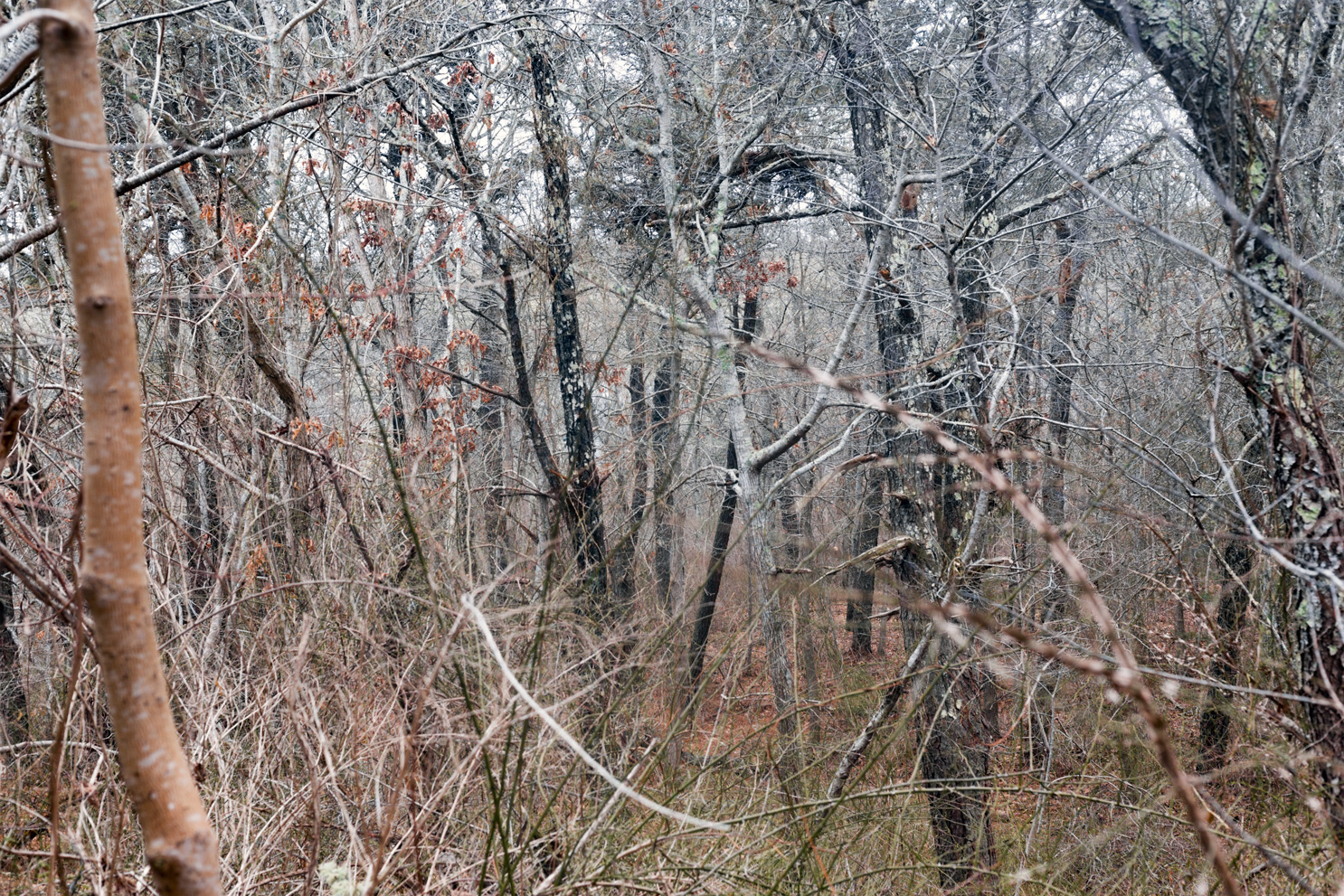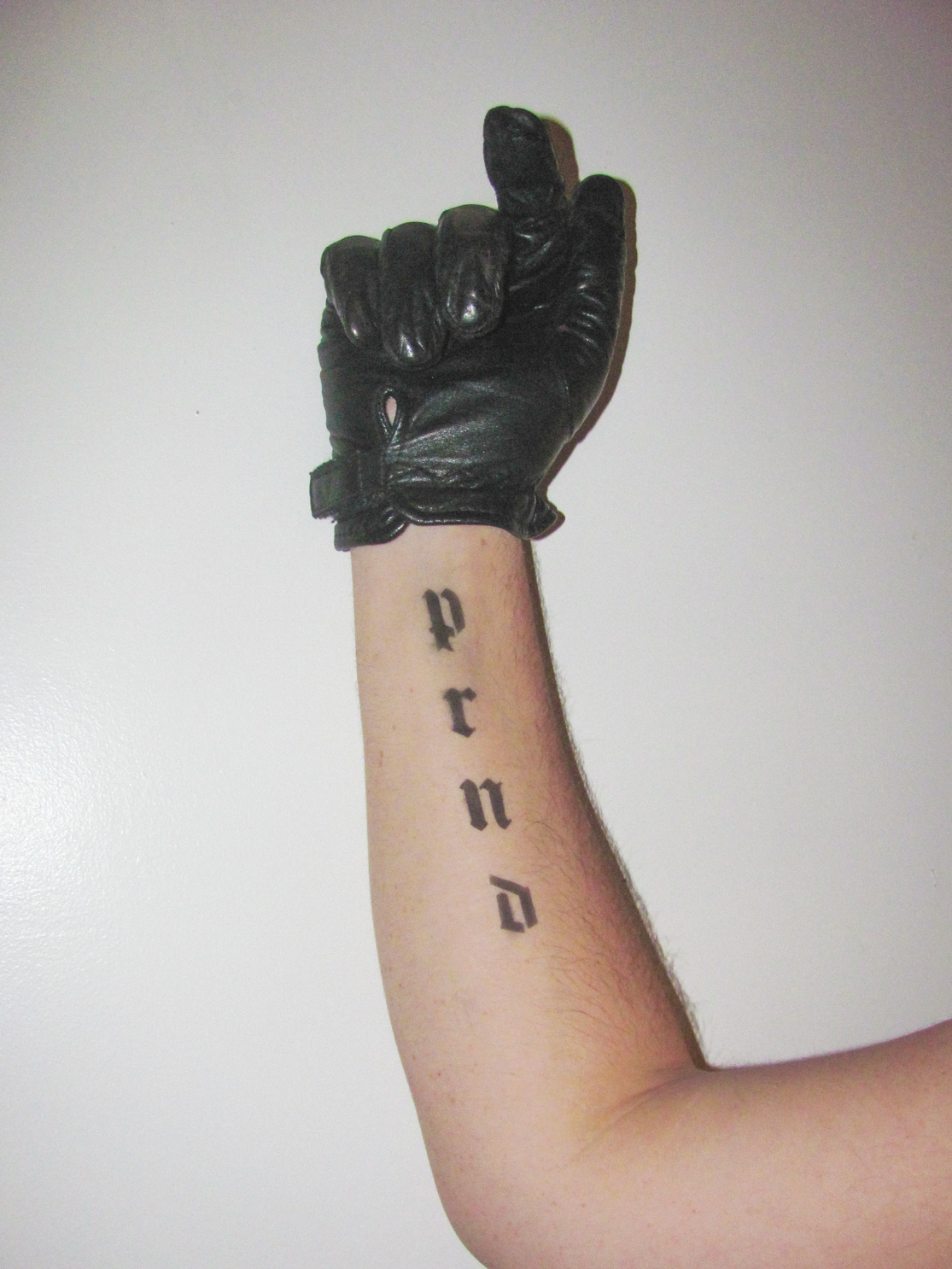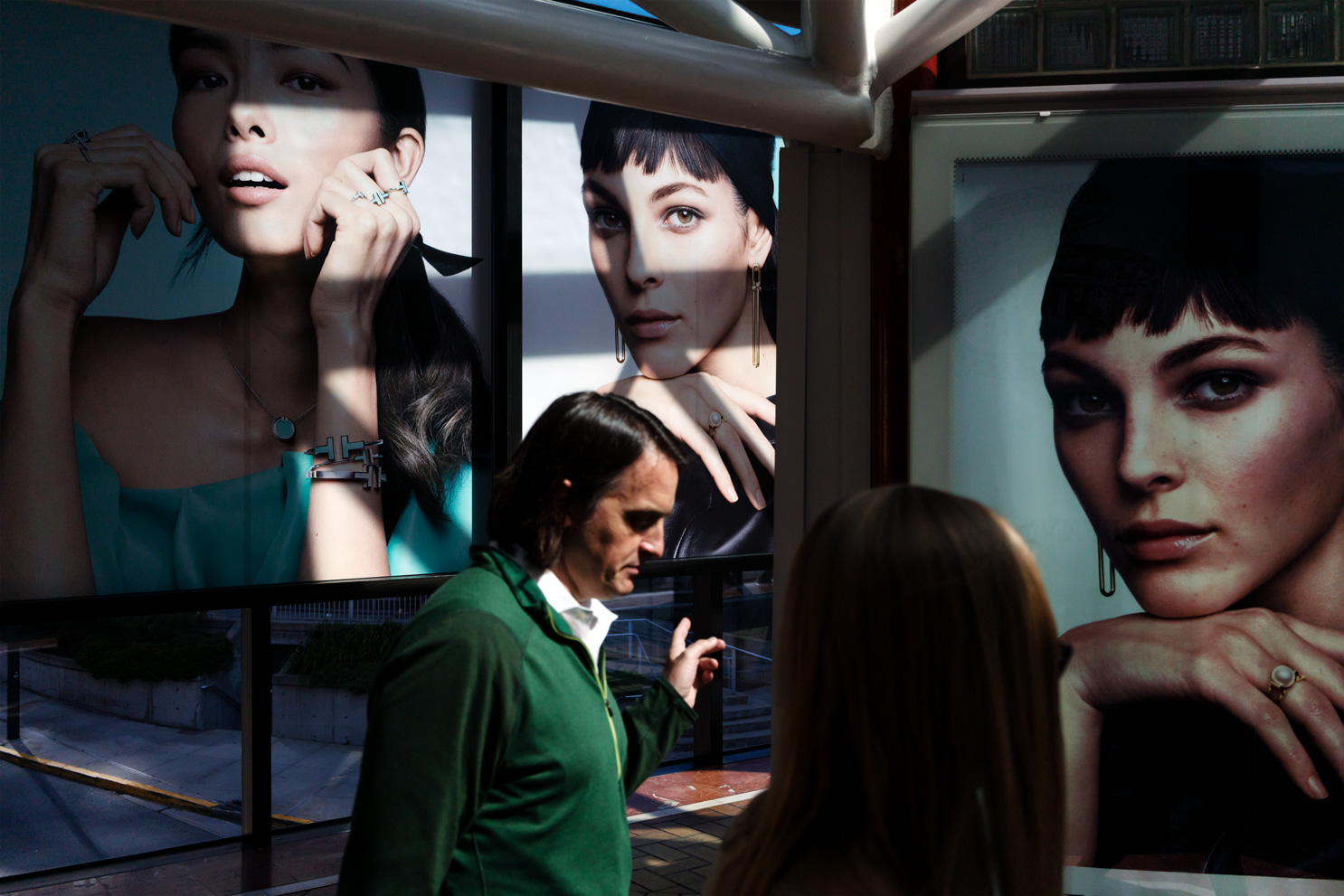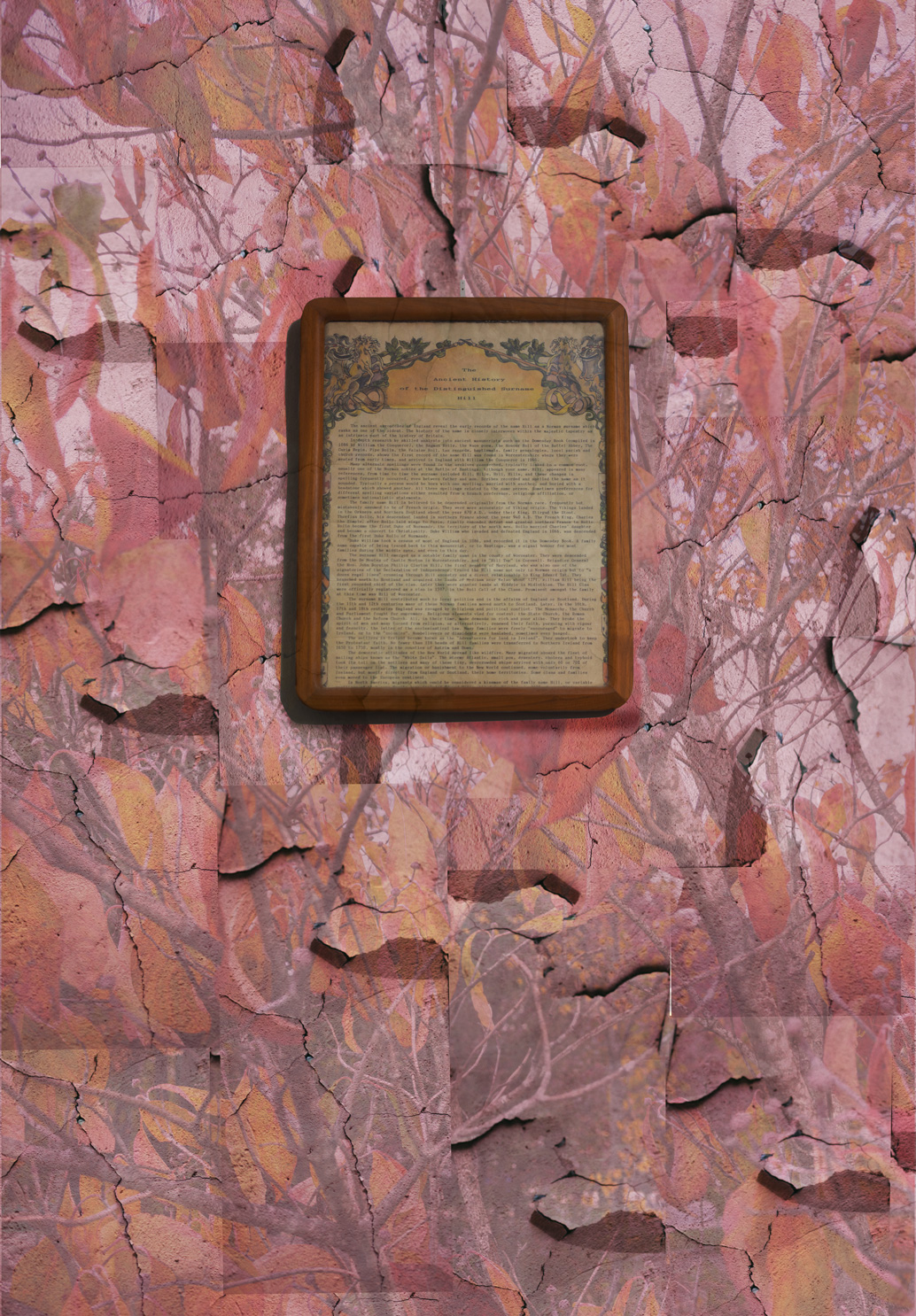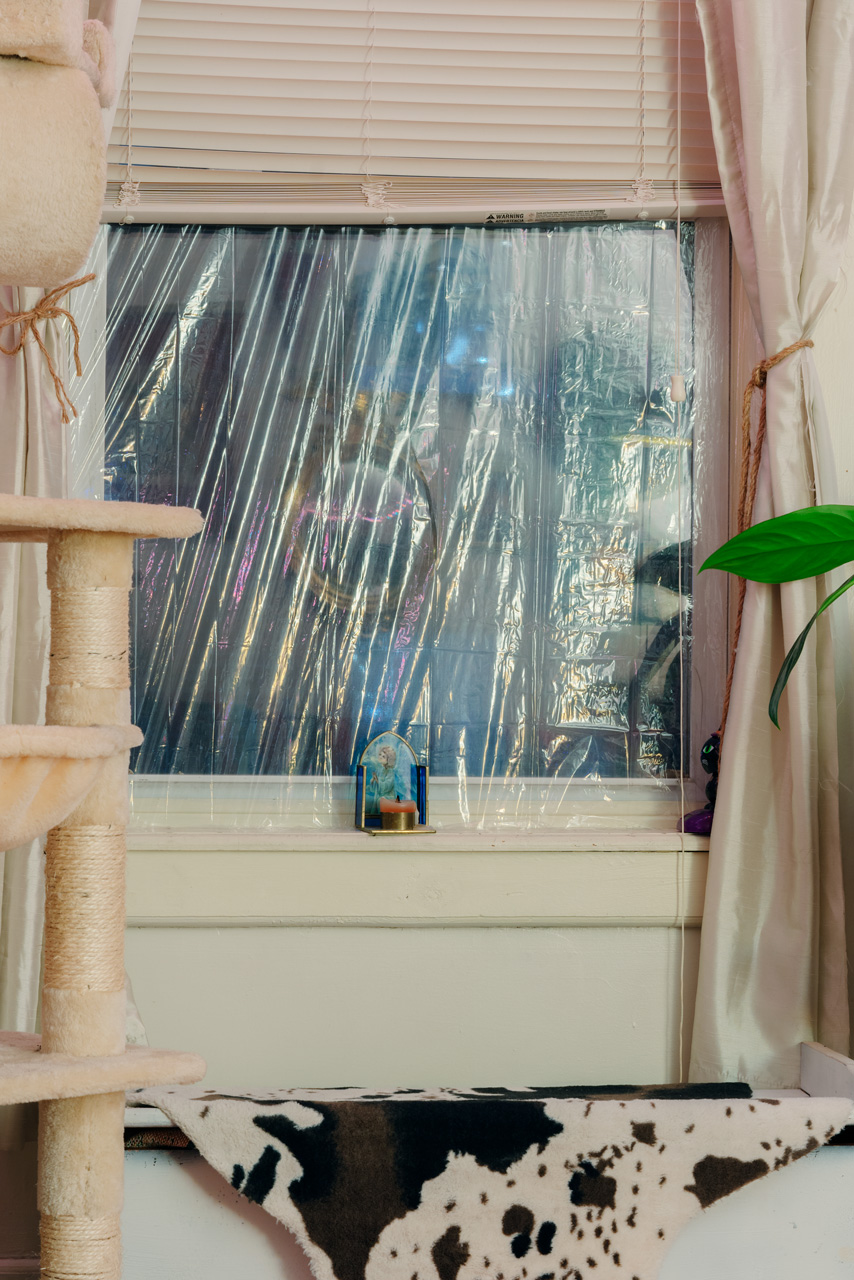By Rory J Lambert-Wright
RLW What annoys you the most about making art?
AA The constant need to produce the value and… the worth that I associate with the amount I’m producing. The capitalistic mindset that I internalize about needing to be unique and stand out in order to be successful. Even thinking about success in the art world. Just thinking about money and how sparse it is. And the burn out. The burn out overall I think is the most annoying part.
RL Tell us your favorite camera- not a brand, but a specific camera you had a good relationship with.
AA I really enjoyed when I rented out the Bronica through the school. it really was just so-so. It gave me really shitty negatives, but it taught me to be a better photographer and printer. It was the only camera that had a viewfinder that had a mirror prism on it- where you could see the picture and its actual orientation and its actual composition instead of being mirrored or flipped upside down, which I thought was really interesting and unique. It was the only one that was there and nobody decided to take, so that was probably it for me.
RLW What do you do to relax?
AA Oh, I lay in my bed, or park my ass on the couch or my bed. Sit comfortably and watch anything that I find. Oh, and I have to be munching on some sort of snack all the time.
RLW Give us some advice for incoming Massart students.
AA Ooof. Um, really manage your time wisely. I'm just thinking about things that I struggled with… mess around with different cameras and don't be afraid to mess up work with your mistakes, because that's how you become the best technically. Conceptually I would say I think the best thing that photo taught me that I implement is like, have your thinking and your doing be two different tasks. I mean, when you're “doing” you should not be overanalyzing your work.
RLW You’re in it for the money, aren’t you?
Yes. Yeah, yes.
RLW Tell us about a meaningful photo you took that you didn’t intend to take?
AA Ooh that’s interesting… yeah, it's a photo that I haven't even developed yet. It's still in a negative carrier but it's a photo of my dad and my dog. He passed away and it's the only 4 x 5 evidence of her that I have. I had medium format pictures of her before she died that August of 2021. It was the peak of the pandemic when we were told to leave school, and I thought we were having just an extended week off. But I was very much in the doubtful mindset. I was really frustrated. I don't know, seeing how much I've grown since then and also just being able to have the memory of such a tender moment where my dog was kind of on her last legs… it was a childhood dog too, so like, she really was like this glue to the family that I'm sure a lot of people can relate to.
RLW If you were to pursue another art form with the same vigor, what would it be?
AA Another artistic medium that I would like to try my hand at is performance. I am a theater kid at heart, and I miss the beauty of doing things live and getting to be on the stage. I've really enjoyed watching live performances of others and it just inspired me to go to more and more music performances, but I definitely want to take a risk. And, I don't know, maybe I’d do more than music with performance. I wanna experiment more because I feel like I'm definitely at a point where I've played it safe in terms of mediums that I'm comfortable with.
RLW What's uniquely praiseworthy about your art?
AA I've been told that the way that I use light is very interesting. I also personally make work that I haven't ever seen before. Yes, it's been inspired by things I’ve seen before, but that's only in my personal view. It's hard for me to say what other people consider to be uniquely praiseworthy about my art, but for me I strive for what satisfies me. that could be uniquely praiseworthy.
RLW Elbows: Yes, or no?
AA Hmmm. Elbows. Yes for the functionality, but no aesthetically.
RLW Last question: do you have a lighter I can borrow?
AA Sure.
By Maggie Lu
Since childhood, photography has been a large part of the Boston-based photographer, Quinn Bennett’s life. The documentation of the presence and intensity of his life has been vibrat to Bennett from a young age. The evidence of the passage of time has constantly embedded itself throughout his imagery. In this way Bennett creates a simple way of living, as simple as sometimes they seem so plain or meaningless to others, but it’s
inevitably the ability to move and to remind himself of something much grander. Today, it is my honor to speak with Bennett to discuss his photographic practice, the book, and his fascination with image-making.
ML What are some of your earliest photography [or art] memories?
QB Photos have always been a large part of my childhood, documenting parties, sports games, communions, even wakes and funerals. Although often I was not the one taking the photos, their presence has been obvious to me since I was a kid. Aside from photography, drawing, and painting have been ways me and my grandmother have spent time together for a long time as well.
ML What originally attracted you to photographic practice? Are there particular subjects or colors you find yourself naturally drawn to when creating your work?
QB I love taking photos of the little moments of intensity in my daily life, usually guided and inspired by natural light. Yellow, red, and orange are always present in my images and I often do not seek them out, but it makes me smile to see that my eye is subconsciously drawn there. I also love photographing time passing in some way, most often this shows when I take photos of cooking or food. Sometimes they seem so plain or meaningless to others, but sometimes even the most simple photographs can move me or remind me of something much grander.
Bennett joins a long lineage of not only photographer-explorers, but also seeking spiritual transformation. His photographic practice appears to assume a kind of subconsciously seeking out and drawing to things, that has allowed him to capture the moment without possessing it. It is an intuitive process, but it is also a conscious decision for himself to listen to his intuition. Without much prior thought, Bennett’s photography is a projection of what he strives for in life. He has also assembled a photobook for his current project he’s been working on, More Than You Will Ever Know, explores the notion of
self-identity as being a transman. Developed over time, picture by picture, all connected by his capacity to capture the representation of issues and struggles the trans community is having, and how it has influenced the current political and societal climate. More Than You Will Ever Know is not exclusively for the trans community, as the matter could not be represented sorely one way or another. The book is found to evoke interpretation of the photographer, also for people outside of the community, thinking about how to ‘get through’ to someone, and about the act of sharing more than one really wants to.
ML Viewing your photobook, I was struck by how many times I responded to it from an outside perspective in terms of exploring the notion of one’s own identity. I wonder if you ever feel that and do you see yourself as offering an alternative voice and being an outsider in any circumstances and if so, how?
QB Something that was the driving force for making this project and presenting it this way was my frustration with communicating. I do not have my friends in my life who are trans, and therefore it has always felt that very few people even know what I am talking about in terms of trans issues or struggles. As much as I want to represent trans and queer artists, I made this project with my audience being everyone outside of the community, thinking about how to “get through” to someone, and about the act of sharing more than you really want to.
ML You talk about being a transman and those representations in your work. In the current political and societal climate, how important is visible queerness to you and how does this reflect in the work you’ve been producing?
QB I was at first very apprehensive about considering and labling this as queer representation, work I had made years ago has found its way into this project because back then it horrified me to talk about myself like that- or have my classmates see me as “vulnerable”. As the past two years have happened, I have just witnessed too much hate against groups of people for being who they are; the LGBT community, POC, political groups, etc. As much as I respect privacy, and I like to hide a lot of information from my work it is very important to me that this project is as Queer as can be. I know that I am safe, I am surrounded by love and live in an area where I cannot be fired or denied housing for being this way. The current events have made it more clear to me that not everyone is in the same position. Jess T Dugan interviewed a man named Jay in 2015, he said something in that interview that I have thought about almost every day since, I will put the quote here: “If you hear our story and it resonates, it is your job to keep holding the torch. No one else’s. Please care about the movement as much as I did, as Eleanor did, as we all did. We put our lives on the line for this and there are people who believe in justice and fairness and the morally right thing to do and we have got to stick together and we can’t give up. I will always be with you and watching down wherever I am. I just pray you can soak up strength and love from each other and be everything you were meant to be.”
ML This next question came in from some artists whose works have made me drawn connections to yours, such as Nan Goldin, Jess T. Dugan, and Bettina Rheims. Their works make me want to ask you, ‘what does freedom mean to you?’
QB To me, freedom exists not in the absence of fear, but because of it. My freedom and feeling of being free is a product of me facing fears every day and choosing to live in spite of them. I don’t believe that it is granted to you by another person, but others can definitely get in the way. Freedom to me can’t exist without love either, nothing is more freeing than the warmth and security of love.
ML This next question relates to the conversation about the power of art and the way that art can communicate. You have used your work to highlight issues around self-identity and being an transgender. What role do you think they have had influencing hearts and minds on important issues? What are your thoughts on queer culture today?]
QB In the best way possible, modern queer culture is loud and unapologetic. I always feel alienated when it comes to queer culture, I am proud of who I am and my community… but do I need to express my feelings in the same ways as others for it to be valid?
Bennett’s sharp eye for color, form and subjectivities details from candid moments to elegant and emotional self-portraits, guided and inspired by natural light, the markings patterns and objects seemingly could be to decipher and interpret matters beyond what is shown. They are still lives or portraits less about representation and more about what is absent. Noticeably, Bennett’s portrait subjects are vibrant and mesmerizing on their own. There’s no denying that they gain a new life by the careful detail of Bennett’s creation.
The way they make him feel, and emotions that they provoke. Bennett opens up by talking about the feeling of freedom exists not in the absence of fear, but because of it. His feeling of being free is a product of him facing fears everyday and choosing to live in spite of them. Freedom to him can’t exist without love either, nothing is more freeing than the warmth and security of love.
ML I know that you have also experienced musical related events and works. As they come together for you, I think you have a great hope to inspire the lives around you creatively through your practice. Are there any upcoming or current projects you want to share with the people?
QB Now that my pace of life has been winding down in the recent weeks, I have been thinking about what to work on next! No concrete ideas of yet, but I have shifted my focus back to analog processes. Be expecting a lot of film!
That’s what the spirit of Bennett’s photographs are giving, dealing with his gender role and identity by making beautiful art out of himself as a result to admire and appreciate his own body like art; as a reminder that himself is art and his body is his medium of expression. Specifically in his self-portraits, Bennett references the beauty of their simplicity.
As a graduating senior of class 2022 at Massachusetts College of Art and design, after completing his BFA Fine Art Photography, Bennett is excited to continue his journey of exploring issues around self-identity, capturing his body’s development throughout the transition of life. The goal of being so comfortable with himself that he can create any form of art out of him is ultimately what Bennett hopes for. There’s a lot to come for Bennett, both in his personal, professional and academic life. A star as bright as his will continue to shine, Bennett will continue carrying the conversation about the power of art and the way it can communicate.
By Melanie Hennessey
MH What part of photography is most satisfying for you? Is it the moment you take the picture? When you print it? When it's hung on the wall? Why?
JB I often wait for long times in one spot waiting for something interesting to happen in a particular scene. Or I revisit the location at another time. I see something that will make a good composition, then I hope for and imagine something more interesting unfolding within the composition. When those moments come together they are the most satisfying.
MH Do certain photographs or moments ever stick with you? Do you associate memories with your photographs?
JB Yes, I can often remember when and where my favorite photos have been made. I also have memories of the moments leading up to many photos.
MH How do you think the presence of people alters your photographs? Do you think you could make this work if you were the only person on the planet?
JB The presence of people in my photos is not necessary but the presence of people is necessary to my photos. I document the built environment, man-made environments. I could make this work alone in the world only if there were once others as well.
MH The title of your thesis project is "Close Enough." Do you ever feel like your photographs aren't enough, or aren't satisfying the urge you have to create these images? What do you think you would have to change to get them there?
JB Yes, when I wait at or revisit locations I will imagine a scene I want to happen but sometimes it doesn’t happen or I have waited too long. So I end up with an image that's close enough to what I wanted. Or other times I miss the moment I want to photograph or I see a mistake when reviewing the images later. Many of my photos have luck in the compositions. The longer I wait in a location the more likely I am to find one of these lucky moments in that space.
MH Is this work that you think you'll be continuing indefinitely? Do you have ideas for other bodies of work you'd like to pursue?
JB I will continue to practice documenting my walks and practicing street photography. I also plan to try new ideas as well. I am currently interested in making photobooks.
MH: In this photo from your series “Close Enough,” you captured a moment in time that made for a great composition and a great photograph. With moments like this, do you wait in one spot for a period of time, hoping for someone or something to happen? Or is it just a matter of being in the exact right place at the exact right time?
JB In this particular image. I found the composition and waited for people to walk by. I revisited this scene multiple times within a week because I knew the posters would eventually be replaced. I took a few hundred photos in this space before having this moment unfold in front of me.
By Julia Underdah
Kylie Enos was born in Wareham, Massachusetts in the year 2000. She is a contemporary photographer currently based in both Boston, Massachusetts, and her hometown. Growing up as the daughter of a single mother Enos fostered a unique bond that greatly influences her work today. Working mainly in digital color photography she examines the impact femininity has had on her childhood and the surrounding people within her life. Focusing on a longer-term project “Mackenzie”, Enos collaborates with and follows the life of Mackenzie, a young girl navigating the process of maturing into a woman. Enos is attending Massachusetts College of Art and Design where she will graduate with a BFA in photography in 2022. Below peer Photographer, Julia Underdah interviews Enos regarding the meaning and details of this project.
JU Where did you have your start in photography? Were you always making portraits of other people or was portraiture something you came to because of your connection with Mackenzie?
KE I would say my interest in photography has always been instilled in me since a very young age. As far back as I can remember, I had always been obsessed with looking through boxes of family photographs. I would take pictures of both myself and my family with any object I could get my hands on [Nintendo DS, Digital camera, disposable cameras, flip phones, Ipads, and the list goes on]. I was even known for making some music videos here and there. I believe the process of recording has been one that I have always found special. As far as who I photograph, I find myself inspired by those whom I have an intimate connection with. There is something extraordinary about seeing a personal connection through a still image by viewers who may not know otherwise.
JU I am always very struck by the color and light in your images. I’m curious about how you think of these things as helping to create a specific world or environment in the pictures. The work would be so different in black and white!
KE Color and light are some of the most crucial aspects of the photographs that I take. I find myself to be a creature of habit in the way that I see my pictures formulated as a mental image before I go about taking them. I often am told that the light and color within my images are seen as painterly, and I could not agree more! I see my pictures as paintings and without the effect of color and light, the world Mackenzie and I create would be read so differently. Light to me is an element of magic and wonder. The saturated color within the project reminds me of how I see childhood memories in my head. Mackenzie also believes her world to be a place of mystery, adventure, and radiance. In a way, I think color and light tell most of her story while keeping the physical space ambiguous.
JU I enjoy how you balance images where we can see all of Mackenzie with more ambiguous pictures where she is concealed in shadow, or by curtains, turning away from us, etc. How do you come to these decisions about what is revealed or hidden?
KE Mackenzie is an extremely optimistic child with the most innocent heart. Throughout making this project together, I truly believe her to be too pure for this world. This idea comes about in pictures where Mackenzie tends to be hidden from the camera or veiled in shadows or objects. I feel in a way that this is me protecting her. I know Mackenzie on a level that viewers will never perceive through image alone, and I want to keep some of her existence private. While making this project I have developed a maternal instinct toward Mackenzie with a mission to keep her world sacred. The darker more vulnerable moments of maturing find their way into the project through the “ambiguous pictures”.
JU What artists and photographers have inspired you or influenced your work?
KE I love this question because a huge part of my work is derived from the inspiration of other artists. Some photographers that inspire me are Tabitha Barnard, Andriana Nativio, Cheryle St. Onge, Elinor Carucci, and Imogen Freeland. The list is much longer than stated here. However, all of these female photographers work with their subjects in the utmost delicate and respectful manner that I strive to do as well.
JU Your project centers around Mackenzie but is also in many ways about you, even when you aren’t physically in the pictures. What have you learned about yourself working on this project?
KE Although this project has flown by, it has been 3 years already, and it was not until more recently that I have separated images of myself from the project as a whole. Before photographing Mackenzie alone, I too was in front of the camera. I feel that this span of the work was pivotal in pushing the bounds of the project's meaning to both Mackenzie and myself. I have come to realize that spending more time behind the camera had become deeply confrontational between my current and younger self. This year I have realized the maternal instinct of my photography comes from a place of loneliness and love. In my statement, I discuss the influence my single mother has had on me as a photographer and the idea of motherhood itself. Being an only child with a female dominant upbringing I have searched for a sisterly connection. I have watched my mother raise me with such grace, which has inspired me to take on this “womanly purpose” to care for and protect those in my life. Therefore, I have learned a great deal about myself not only as a photographer but as a person.
JU What kind of conversations do you have with Mackenzie when you are photographing her? Is she involved in the decision making or are you more of a director?
KE Towards the beginning of “Mackenzie” I would have said that the photographs were directed in a way that touched upon my memory of childhood. However, in the project's most current state it has become heavily collaborative. I would say this has happened pretty naturally as Mackenzie is coming into her own. The thoughts Mackenzie had at 10 years old as compared to 13 have developed in a way that I never could have imagined at the start. Mackenzie's understanding of the project has also drastically evolved as she now has been helping me stage and think of photo ideas based upon the experiences she is having as a pre-teen girl. Mackenzie and I can emotionally, physically, and verbally relate to each other on a deeper level now. We like to sit and hang out during our photo taking to brainstorm the details of pictures down to the scenery, outfit, hairstyle, color, and light. Mackenzie has been on board with the process and we both are excited to see how this collaboration develops further.
JU You’ve talked about the ‘female muse’ in your work. Do you think of your work as kind of subverting that traditional idea of how men have photographed women?
KE I would agree 100% with that statement, and push it even further out of the medium of photography alone. Historically in art, the idea of the female muse has been known as the inspiration for an artist. What that translated to was a famous well-known artist and a beautiful woman in a painting or photograph, the woman however was often not the famous half of this collaboration. I seek to change this pattern because I feel that there is more than physical appearance to be inspired by as an artist. I also push to place my muses at the forefront of the work, because without them the work doesn't even exist. This is why the title of this project is “Mackenzie” Mackenzies name in its full glory and truth to be known by any viewer. One of my favorite parts of being a photographer is giving my subjects their moment in the spotlight. I was recently able to show “Mackenzie” in a gallery setting where Mackenzie attended. It was moving to see people approach her and ask her about the project as if she was a celebrity of sorts. This is why I make this work, I want Mackenzie to feel seen and empowered at a time in life where that may be difficult.
JU In your statement, you talk about the loneliness of motherhood. Adolescence can also be a lonely time, despite how people make it out to be. Are you thinking about this when you photograph Mackenzie?
KE The loneliness of adolescence has come to be a much bigger part of this work than I ever thought, especially recently. As I had mentioned earlier the project in its current stages has taught me so much about myself. Perhaps one of the biggest revelations was seeing the impact that being an only child had on the way I carry myself today. Mackenzie also being an only child can relate to my feelings surrounding this and speak on them as well. We both have touched upon the roles of imagination, expression, and self to cope with the loneliness that can occur as a child navigates the world around them. We both seek to portray this loneliness in a way that is not sad but special, the reliance on self that is gained as an only child has pushed us both to be independent and creative.
JU In many of the images there is a feeling of in-betweenness: the tension between girlhood and womanhood, and ‘becoming’. How do you create this tension or is it something that comes across naturally? Do you think your own experiences in girlhood contribute to this as well?
KE Similar to the question regarding Mackenzie and I’s a collaborative process, I would say that much of that process translates naturally into the image and creates the “tension” you touch upon. We both take inspiration from our own experiences and combine them in a way that we feel viewers can connect with. Referencing the icicle Image this was a vivid childhood memory for me, but a reality for Mackenzie at that time. While I was reminiscing on the memory Mackenzie was just playing outside in the snow. The overlap of our timelines creates the most magical moments of tension between girl and womanhood.
JU To me, this project seems empowering because you are photographing someone at such a confusing and vulnerable time when you are bombarded with expectations of how you should look and be in the world. You are giving Mackenzie a sense of control and power. How do you see the project evolving in the future as she gets older and her place in the world changes?
KE I think about this question all the time, sitting down with Mackenzie and our families we all anticipate the photograph in which Mackenzie is 21 years old and I am 29. This moment where Mackenzie will be my age now and I will possibly be having children of my own. I think I will be doing this project for a long time, as I am not sure it will ever feel “complete”. In my statement, I write “Just as I would look back on a family photograph, I am now allowed to shape that experience for both Mackenzie and the viewer. She, too, will discover new meanings in these photographs one day.” I have witnessed Mackenzie’s perception of this project transform in 3 years alone, so I can not begin to imagine what will happen in the future, but I am excited. I hope the power that Mackenzie feels right now making this work strengthens and influences her as she grows into her future self.
by Abby Preshong
AP What do you want people to understand/take away from your project? Any specific examples from images submitted for the catalog?
MEP: I hope that my audiences feel engaged when they view my work and are encouraged to work on their own self discovery journeys. I want to lead by example to show the audience that they can be creative in life to know oneself on a deeper level.
AP How has your project transformed over the last year?
MEP My project has been harmonious to my own personal growth. So all of my work in this project follows that growth organically. In life, I have been going through Spiritual, Mental, Emotional, and physical growth. As I start to embark on educating myself both in and outside of Massart, I have gained wisdom on how to first acknowledge the areas in myself that have been weakened over time by many external pressures, and secondly I have learned how to be in practice with holding myself accountable and actually change my attitude towards life. All of this has been poured into my work. My artwork reflects my direct experience.
The name of the project has also changed over time, originally, RE-DISCOVERING HOME [Began this project Junior year]. Currently named, IN THE IMAGE OF. The title will continue to change over time as this work will be a life project.
AP What are you most proud of from your final project?
MEP I am most grateful for my overall growth with self care and my health. I can only achieve greatness if I know myself fully.
AP What has photography taught you about yourself?
MEP Photography has taught me that I am more than a photographer. I am a multi-disciplinary creative being, a multi-dimensional being. Photography is not enough for the art that I need and want to make. Photography is a stepping stone and a fundamental skill that can be transformed and added to other ways of creating and thinking.
AP What were you most excited for in terms of your final project? [Install, prints, physical installation]
MEP I was most excited for my final installation piece and showing all that work and effort to my family and friends:
AP What motivates you to create?
MEP I am motivated by creation itself. I am motivated by a personal responsibility to share wisdom forward.
AP What has been the most difficult part of making work for this project?
MEP The most difficult part has been being disciplined with time management in life but specifically within art making. Since my project grows with my personal growth, I have been learning that institutional due dates present a challenge because I am creating work to be graded instead of received and simply enjoyed.
by Colby Hill
CH Where are you from?
LG I am from Madison, Connecticut. I went to Daniel Hand High School before attending Massachusetts College of Art and Design
CH When did you become interested in photography and what motivated you to pursue it in school?
LG When I was a kid, me and my sister Shea were always creative, and she was also an artist. She was interested in drawing, mostly, but somewhere along our creative endeavors we started to take pictures of each other when we got our mother a camera for her birthday. We took portraits of each other, and this sparked my interest in art, specifically the art of photography. I took a photography class my freshman year of high school, and
I remember being fascinated with freezing motion in the air. I used my sisters’ Canon Rebel camera because she never used it, and photography became a great hobby of mine. I took pictures of my friends, family, and the environment I was in to keep memories of my youth. As the years went on, I found myself getting better at this craft, and I realized there was a darkroom photography class at my high school. I entered the class my senior year of high school, where I realized I would love to make a career out of my love for the medium. My sister had enrolled in Massart two years before me, so I had an idea of what the school offered, and decided to apply.
CH What are some of your inspirations in photography? Do you take any inspiration from artists outside of photography?
LG The first photographer I was ever introduced to was Edward Weston in my senior darkroom photography class. The photograph “Pepper No. 30, “ stuck with me for quite some time because of its reference to a human body. I think this began my interest in documenting bodies, especially my own. I was interested in the harsh contrast and values that make a black and white image so beautiful, and how it puts emphasis on the natural curvature of female bodies. When I got to Massart, I was enriched with so many different kinds of photography, and Arthur Tress has always stuck with me to this day. His project, “Dream Collector,” inspired me to get in touch with my inner child, my dreams, and this magical realism that I was never able to visualize before his work. I am also inspired by Diane Arbus, Vivian Maier, Emmet Gowin, Ren Hang, Pixy Liao, and many others. Outside of photography, I am definitely interested in pottery, sculpture, and painting.
CH What do you aim to achieve with your project and what message do you want to get across?
LG For my project, “Projected Fantasy,” I am talking about home, loss, adaptability, and the overwhelming sensation that comes from feeling small in a gigantic world. The message I want to get across is that home does not necessarily own a specific location. People move and adapt
to their surroundings, and sometimes have to sacrifice something in order to gain another. Home can be a place, but it can also be solitude, friends and chosen family, certain objects, anything that makes someone feel comfortable and at peace. Personally, I associate home with the house I grew up in, but it is not my home anymore, and I have adapted to new surroundings since moving on from that time and place in my life. What I wish to achieve is a certain understanding of myself and where I came from. I want to accept things that I cannot change, and control what I can.
CH What does your creative process look like? What prompts you to make a picture?
LG I have a lot of different creative processes. Sometimes I like to lock myself up in my room and come up with new ways of making it look different using lighting gels, projections, changing my appearance, and inserting myself into the space. Other times I like to go outside on walks, and just look for interesting shadows, pockets of light, or anything out of the ordinary. I am definitely a sucker for self portraits, and find myself in most of the photographs I take. I think this is because I am constantly trying to figure out who I am, what I look like, and how other people see me, but truly my self portraits only portray how I see myself, which is really fascinating to me. I am drawn to deep, contrasted shadows and vibrant light.
CH How would you describe your photographic style? Do you think it’s important to have one?
LG I definitely have a photographic style and I do think it’s important to have one. I would say my style falls under the magic realism category. I create compositions filled with fantastical elements by manipulating light and shadows to create a visual that isn’t usually seen otherwise. A style is really important to set yourself apart from others. I would like for people to see a photograph and know it’s made by me based on how I created it, using something unique and different from other photographers. I think every photographer should do something unique and original, especially if they want people to notice them.
CH You use a lot of vibrant colors in your work. How do you think about color when making the images?
LG I really love to use contrasting colors. In my most recent work, I use a lot of blues, oranges, and yellows. The color orange makes me think about change, transition, warmth, transcendence, and acceptance. The color blue for me represents memories, longing, sadness, but also comfort and solitude.
CH Does the environment play a role in your work?
LG Absolutely. The environment in my photographs are driving factors that make my work what it is. Some photographs of mine are taken in my kitchen, some on the beach, outside of random houses, and inside my room. Each of these environments speak to feelings that come with being in different spaces. I am adapting to these environments. There is nostalgia that comes
with being in different spaces, memories that flood in and out, and emotions that seem to disrupt logic.
CH Do you think you found yourself as an artist making your senior thesis work?
LG I think I found parts of myself, for sure, but I still have a long road ahead of me in finding who I really am as an artist. The work I created for my senior thesis project definitely helped me reach a point that I couldn’t reach before. I was able to channel certain emotions about my childhood and the transition in my life that has made me who I am today, and I am very proud of being able to visualize some of these things in my project. I still have a lot of work to do on this project, and I think it’s something I will always be working on throughout my life, in different ways as I continue to grow and learn more about myself.
By Jonathan Brown
JB What part of photography is most satisfying for you? Why?
MH For me, I think the most satisfying part of photography is the moment I look at the picture after I’ve taken it and it looks exactly how I pictured it in my head. I don’t get that from every photo, and it’s really special when I do.
JB Do you associate memories with your photographs?
MH Absolutely. A lot of the time, the experiences of taking my photos are very sensory and emotional. In the photograph of myself hidden behind the mirror in my yard, it was below freezing outside and I remember how cold my feet felt against the dirt. I had to lay a jacket down to stand on because it was so uncomfortable. I also remember my grandmother being over when I took it, and she was really confused when I tried to explain the photograph I was taking. She gave us a bunch of pastries when she left. Little things like that always stick with me.
JB How do you overcome the challenge of using the visual experience of photography to document and portray an energy and or presence that is invisible to humans?
MH With tremendous difficulty. I’ve always liked the “ants next to a highway” metaphor: an ant walking next to a highway has no way to understand what the highway is, its purpose, or how it got there. Despite it being massive in comparison, and right next to them in proximity, the ant can’t even begin to perceive it. I think the universe as a whole functions in a very similar way, and there are so many things happening around us constantly that we aren’t physically capable of perceiving. So things like psychedelics, I think, aren’t distorting reality, but rather revealing things that have always existed. Translating all that information to an image is next to impossible. I’m not sure I’ve ever achieved it. I think by emphasizing the scale of the universe and the impossibility of things happening in my photos, I’m starting to get there – but I’m nowhere near close to capturing things the way I feel them.
JB What roles do the digital alterations in your photos play in their content and presentation?
MH There’s only so many things I can do in-camera to create that surreal quality that I’m after. I think digital alteration grants a lot of room to play and create things that can’t be done in real life, while also making my photos incredibly realistic – on one hand, I can make something float, but on the other, I can really dial in every color to make it as lifelike as possible to really create the illusion that everything in my photos is real. Maybe it is. Maybe they’re not digitally altered at all. Who’s to say?
JB Much of your work shows movement and the hanging choice in the gallery allows for the prints to move as well. Have you considered using video in addition to photography to show moments in images?
MH The thing I’ve always really appreciated about photography is its ability to distill a moment in time down to a singular image. Everything that was happening in the world, regardless of whether or not it was in front of my camera, is in that image. I find that to be marvelous, and I feel as though using video wouldn’t have that same effect. I think the compression of time into one frame speaks to the way that in every instant, there are ten million things happening that we are entirely unaware of, on a global, cellular, and psychic level. That said, I can’t predict the future, and maybe in a year or two I’ll feel differently. So video isn’t on my radar right now, but it could be.
JB Is this work that you think you'll be continuing indefinitely? Do you have ideas for other bodies of work you'd like to pursue?
MH I think the underlying themes of spirituality and the nature of the universe is something that will always be present in my work, but I don’t think I’ll stick to this specific body of work for much longer. Lately I’ve started to become very interested in the history behind witchcraft and the way witches were persecuted in the Salem witch trials - not just witches, but even normal women who had done something to slight someone and were punished for it by death. I want to explore that more in my future work when I go back home this summer.
by Lauren Galluzzi
LG Where are you from?
CH Rockport Maine, Born and raised.
LG How has the environment you grew up in affected the work you made before moving to Boston? Now living in a different location, what has changed for you?
CH It gave me a great appreciation for the natural environment and how I could use it to tell my story. Now that I’m living in Boston for the school year instead of being surrounded by the natural solitude and beauty that rural Maine can provide, I need to seek it out in unexpected areas such as city green spaces.
LG What kind of photographs did you start taking when you first picked up the camera?
CH I’ve always been drawn to portraiture. I love having the ability to capture a moment and create a visual archive of the people that I love and am close to.
LG When did you first start considering photography as a serious art form?
CH Not until I got to Massart. I always enjoyed being behind the camera, but I didn’t understand what fine art photography was until I got to school.
LG Why do you think photography is the best way for you to express yourself or others artistically?
CH Because moments are fleeting and I think that photography is the best way to capture them exactly as they are. I’ve always been interested in documenting my connection to people that are close to me and the environment that surrounds me.
LG Were there any works of art that were formative for you and influenced how you approach your art making?
CH My first big inspiration was Nan Goldin’s Ballad of Sexual Dependancy. That book taught me to take the world for what it is and to capture the beauty in day to day life without compromising the authenticity of a moment.
LG What is your photographic process like? Do you have a specific idea in mind and try to emulate it in a photograph, or does the meaning/concept come after you analyze them?
CH I’ve never been a hyper-conceptual person when it comes to my work. I follow my feelings. When I see a moment that resonates with me or my interests I make the image in the moment. I hardly ever plan out pictures or follow a specific direction. In the past when I have tried to practice photography like that, the images didn’t feel real to me. I think that this approach gives the viewer a visceral connection to who I am when they see my work.
LG Does collaboration play an important role in your process? Do you prefer working alone, or with others?
CH It does and it doesn’t. As far as the direction of my work goes, I want to be completely in control of the aesthetic and the mood of it, but when it comes to shooting portraits I do collaborate with the people I’m photographing because it’s important to me that they are represented in the pictures the way that they want to be.
LG I am familiar with your work to a certain extent, and I notice that you gravitate towards portraiture. Do you take pictures of others in order to understand yourself better, or to understand your subjects? Is it a little bit of both? Why portraits?
CH It’s definitely a mix of both for me. Looking at my portraits of other people helps me understand who they are based on the way that they choose to present themselves in front of the camera, but helps me understand myself when I look at the way that I chose to photograph them. I think I often subconsciously photograph people with expressions that resonate with my emotions and the way that I’m feeling.
LG How has your view on photography has shifted during your time at Massart?
CH Coming into massart I didn’t know much about fine art photography. This program taught me everything that I know about building a concept around my pictures and making them more digestible and understandable to others.
by Maddie Massicotte
MM Can you tell me a bit about your background and what led you to pursue the arts?
HP I’ve always - did the art. It started from birth, really. My family consists of strong writers and art makers. I’ve always been interested in different ways of creating and seeing whether it be illustrating, writing, even reading. I took art seriously when I went to community college and my professor at the time, who ran the graphic design program which housed mediums such as: analog photography; digital photography; digital illustration; and digital art. He said to me, “you should do photography, you’re good at photography.” And I was like cool, I guess I’ll do this. So yeah, it just blossomed from there.
MM Did you ever find yourself doing the arts when you were a child? Like before you came to graphic design?
HP Growing up I danced and I remember doing middle school plays and being on stage from time to time. And then in high school, my main focus was drawing and I didn't really see anything beyond drawing at that point. After high school, I became interested with the idea of the camera. The reason I chose the graphic design track was because it offered many different ways of creating and I thought it would be a good way to figure out what I wanted to do as a career. In a way, I should be grateful for graphic design, in fact, I am grateful to graphic design because without it I would not be in art school. It just took me a while to get here but it was worth the wait.
MM Can you tell me a bit about the current projects and ideas that you’re working on?
HP I’ve done work about the self with self portraiture. I’ve attempted to do work about family, however, I’m still trying to figure out what it is I want out of that project. I guess I'm trying to unravel and unlayer the past of my ancestors and my living family. Essentially it’s just like one big culmination of both projects, the self and ancestry. They just all blend its way into one.
MM Do you see any of the projects you’ve started as being complete or finished, or do you see them as all being ongoing?
HP The project that took place junior year, right now, that’s at a stand still. At the time, I traveled to a plantation in Florida, deep diving into the Declaration of Independence or just written works of that nature from the time of “America’s foundation,” but with that project, it got really heavy and dark. I remember my creative writing professors asking me if I was taking care of myself, mentally and emotionally, and truthfully I wasn’t. It’s important for me to take a break to not lose myself and my sense of sanity, learning and relearning and unlearning the nature of which this country was built upon. Ultimately, these projects become bigger than myself so I would say each project is ongoing, which can be empowering but I have to know when it’s time to place them down before I can pick them back up which is so important.
MM You recently started working with your family archive within your college work. I would love to hear about your process for coming to use your own personal archive and what you’ve learned, or how it has changed your perception of the project at all.
HP I didn’t want to use my archives, at all, because of the pattern that I’ve found here in the photography program. The few Black artists within photography deep dive into their family archives or their families' past - which is very important because to know oneself is to know where you’ve come from - and if I was going to do that, here of all places, I wanted to explore it in a different way. I had a difficult time creatively exploring that aspect of myself especially as there’s a tremendous level of vulnerability that comes along with working from archives as it pertains to critique spaces within a predominantly white institution. I kept feeling as if pieces of myself were being taken away from me. How do I get to know myself and my family when I keep feeling as if everything I create and say feels like an act of exploitation? I came to the belief that the work which contains my family's archives is an extension of myself. There’s love and care that goes into that creative process however at the moment the archival work is solely for my family's eyes and to show them how important they are to me.
MM I’d love to hear more about your process as a writer. Do you write every day or only when you’re inspired to? How does writing inform your process as an artist and/or what does writing do for you?
HP I usually write whenever it comes to me. I’ve been trying for a while now to become a more consistent writer which is why I take writing courses. I watched this documentary about Toni Morrison the summer before junior year and I’ve been truly inspired by her waking up at six in the morning every day to write - this hasn’t happened for myself yet but I can only keep trying… Writing is my place to be judgment free and to confront the truth. The truth about how I view myself, my experiences and others. I also write to create space within myself. There’s no need to hold onto feelings and experiences, the goal is to work through them to see the other side.
I definitely write in fragments a lot. There are times where I only write one line and then there are other times where I write entire paragraphs. I don’t like to be too hard on myself when it comes to writing because I am so passionate about it. I absolutely love thinking critically which is also why I write and why performance has become a part of my process as well. Every word spoken, every breath taken becomes a part of the performance and perception of a piece.
I always feel like I’m an overthinker and it’s because I love learning and I especially enjoy knowing about the world around me. I think about so many things and that’s also to my detriment because I never sit still for too long. I immediately have to invest myself and explore thoughts and ideas. I’m honestly never bored.
MM Are you reading or watching anything right now?
HP I’ve been watching Atlanta, season three. I consider this to be a big deal because I’m actually critiquing the show, how it’s written and how the characters are being portrayed. It was not a show I could get into initially. I saw the first season, and at the time I watched it, I was like hmm, not my thing, I don’t think so. It must have been the burnout of senior year because something within me was like, give it another try.
MM Where do you find inspiration? Who influences you?
HP I feel like my inspirations stem from my family. Without them, I wouldn’t be interested in any of the things I enjoy like writing or watching films such as My Fair Lady, Carmen, Love Jones, the list goes on. Music has always been timeless for me, Marvin Gaye’s album Let’s Get it On is an all time favorite. Otherwise, my inspirations are just pulled from what happens in everyday life at a micro and macro level.
At the beginning of this semester I was reading Black Looks by bell hooks. She really inspired me to observe and create and to engage in conversations from a place of love, joy and hope all while observing the world from a critical point of view. I was actually supposed to read the Oppositional Gaze [an essay within the book] in my social justice documentaries class junior year as it spoke to positionality politics and how Black people, especially Black women, have been denied the act of looking. Yet, this looking - being able to observe - is apart of the resistance of the imperialist white supremacist capitalist patriarchy.
by Yuxiao Mu
Marcus is a senior student from the photography department who is graduating recently [May, 2022]. I’m so appreciative of his personality and artwork. And luckily I had a great conversation with him.
YM Hi, so as the starting part, would you like to introduce yourself a little bit? What’s your background? How does it manifest in your work, and what led you to photography?
MJ Definitely! I was born and raised on Cape Cod which is in Massachusetts. Honestly the culture of Cape Cod is just really heavily art oriented. It's really close to Provincetown I don't know if you know where that is, but it's like a big gay central area in Mass! You know, and being able to grow up around there and also I have two moms and two dads, like gay parents. So my whole life's been in a big artfest. So that was kind of how I grew up. I just started to pick up a camera when I was 14 and I did it all through high school and then I was like I got to keep doing it. I love it so much and now it's all I do!
YM So when did you start learning art?
MJ I was taking art classes not through school, but just like different town lessons and stuff. I started doing that when I was around 8 so yeah from childhood. And then they had, you know, by the ocean and there's all these little artist shocks out there so I would go and I would do stuff like painting or something.
YM How do you feel about having two moms and two dads? It might be a personal question, it doesn't have to be answered.
MJ It’s totally fine! Nothing is under the table! Growing up with two moms and two dads was definitely interesting. In 2000 when I was born it's way more common now but back then I'd only ever known one other kid who had that, you know, so it was definitely strange, but in a good way. It was you know how like, I don't know what you grow up and realize your parents are love and like it's normal and like okay that's how it is! The same thing happened I just thought it was the other way, I thought being gay was the normal thing. Then when I got into school and stuff I started to realize I was like the only one so it's like, oh, okay.
YM Yeah I never heard of any person in your age who has the same situation as you. And during your past life, how did you live with them?
MJ So when I was growing up, I spent my time split between the three. Because my mom separated when I was young so it was just like I would spend weekends with my dads and then time with my moms through the week. Then throughout high school, I started living just in one place because it was really chaotic going back and forth. And my dads are no longer in my life, they moved away and so now it's just been me and my moms for a long time, so I was really influenced, I had a really strong feminine energy in my home. So you know back and forth between the two my whole life. I'm endlessly appreciative of my moms, I’m such a mama's boy you know I really care about them and they have been nothing but supportive, so I’m really thankful
YM So do you think it makes your personality change because you have experienced these? Is there anything related to your artwork?
MJ Yeah, I definitely think so! I think growing up with my family I think especially my relationship with my fathers, there was kind of a lot of hard stuff to deal with. And art was like my outlet for that. When I was younger, I didn’t realize that, but now I do.
YM When and how did you find yourself connected to these scrapped cars? And how do you think the link between homosexual and automobiles?
MJ Definitely! So for me that junkyard that I go to is right across the street from my house. It's like there's a bike trail and then there's this junkyard. [Mom if you're reading, don’t keep going! Haha.] Actually I had my first sexual encounters with a man in that
junkyard which looking back it was so studip. I was 14, and it’s really young you know, but I saw that junkyard as a place that was so cool and so secretive and secluded. Just like a kind of playground to be all by myself you know. I could also be myself at home, but I couldn’t bring men over to that house when I was only 14 or 15. And then I spent a lot of time in that junkyard and I took a lot of pictures there. Just learning by teaching myself how to take good pictures technically. And then as I got older, you know, I would go back there for different reasons to hang out, look around and see what was new.
Cause there’s constantly new cars coming in. Then I started to think about my sexuality and stuff like that and I've always compared looking back on my experiences in the gay community as like watching a car accident. Like you can't look away and it's really hard to watch but it's like I don't know that's all how I think about a lot of my past experiences with men. And so now I just put them together and I was like, I think this could be an interesting relationship. In this semester and last semester I have just been constantly trying new things to bring that vision in that connection to life so yeah that's how that came to be.
YM That’s interesting! So this semester do you feel there’s any difference for you to seeing that place compared with before? Maybe the first time you entered that space you felt really weird and mystarical, you know nothing about it. But after you take photos inside of it for a while, do you feel it’s really familiar to you? Do you see that place in any other way, maybe it’s like your secret garden?
MJ Yeah it is similar to that! I feel like it’s an extension of my home right now. You know I walked through there, I documented like almost every car in there so as soon as there's no one I know but it feels very Cape Cod, very home to me. It feels, I don't know, just all of the kind of nervousness that I used to feel you know about going there, about going to any gay man's house like doing anything with a guy in all this kind of faded.
YM It’s really interesting that you call it “home”, so compared with your real home, how do you give the definition to “home”?
MJ I think it's just anywhere that I feel like I can be myself. And being myself on Cape Cod is tough because in the winter I feel that my house and the places that I go are really secret because no one goes there. The population on Cape goes from like I might
get the number wrong but we go from having like 2000 people in the town. The summer population is like 30,000. So being in a place like that when the summer comes and you have all these new people, all these new men like all these new experiences, you have to find places that are like secrets you know and that's one of them because who would want to go to a junkyard when they’re on vacation.
YM Haha, yes! Do you think you are completely consistent with yourself and real life expressed before your camera for those self-portraits? Do you "disguise" yourself?
MJ I think there's some of my pictures of myself where I dress up, you know when
characters and stuff. People asked me a lot if that's like an accurate portrayal of myself you know if I'm being performative and dressing up. I think that to be honest, it’s so much me, almost more than just like the straight portraits where I have nothing on and whatever. When I’m in character I feel like that's the best way for me to express myself so I think that I am being authentic, even when I have a million fake eyebrows and fake face tattoos.
YM I love your self-portraits! I love the real “fake” you! When making self portraits how much attention are you paying to gesture? Would you say gesture is a paramount element of your portrait-making?
MJ Yes, absolutely! I think when I’m working with these cars, right. You’ve circled the car, you open it up if you can, see every angle of it and I take a bunch of angles. And there's always one that sticks out to me when I’m editing. And the same goes for my body and when I'm photographing my self-portraits. I probably take 300 and maybe only pick one. Each one has a slight variation just because sometimes I can't feel it right when I'm doing it but then when I go back and look there's always one or two that stick out I'm like that gesture was spot-on you know.
YM I saw the rigidity from your photos, but I have read some soft and childishness from your Artist Statement. Do you agree with that? And what do you think of that?
MJ I think in the same way that when you're sequencing like a book or something you know our photo books. We have these pictures that tell one part of the story and then there are brakes. I think that it's important for me when I have this kind of hardcore, these crashed cars, these like you know, I’m taking the picture of myself with the glass and my eye, stuff like that. I think there’s necessary breaks where it is something either playful or just like a calm picture that kind of gives a pushing hole between hard and soft in the work.
YM The lights in your images are really beautiful. When do you find the best time of day to make art? Do you have time set aside every day, every week or do you just work whenever you can?
MJ It’s funny. It’s really a grown-up thing. Because in high school, me and my friends, we get out of school in the winter at 3pm in the sun with sets, and we'd like to race to the beach, go all sit in the parking lot and watch the sunset. It’s just so fun and such good memories. Now I do tend to shoot around golden hours, but I do like the mid daylight, because I love those highlights you know shining on the cars. So I really like to go out to take pictures in the middle of the sunny days and just Rock and Roll.
YM How did your photography style come into being, and did you have any influences from anywhere else?
MJ I think for me, I started off being influenced pretty heavily by Instagram photographers. I remember when I was starting like Brandon Woelfel, with all the twinkling lights. That was the craziest and I’m really into that. Then growing up, I started following like a bunch more artists. It was until like during quarantine that I really sat down and unfollowed and refollowed a lot of new photographers. And I think my biggest inspiration is Pacifico Silano, cause he works with archived gay porn magazines regotichturnized some stuff. I also really like Jack Pierson’s work, because he has kinda the same story as me. I’m pretty sure he’s from Cape Cod, and he went to MassArt, all the stuff very similar.
YM What do you think is the biggest impact of your photography and help?
MJ For me it is a NeverEnding sort of way for me to keep expressing myself in new ways. You know I feel like photography in the traditional sense is limited but in a creative sense you could do literally anything with it so I just feel like it's an invalving thing I love until the day I die.
YM Is there anything you'd like to share about an event in your life that has influenced the way you create?
MJ Yea. I think the most important thing for me was, there have been a lot of experiences while I was growing up where men have caused me a lot of pain and a lot of fear. I think the biggest thing for me was finding moments especially in the LGBTQ community that brought me nothing but joy. I remember going to New York City for World Pride a couple years ago. There was this concert going on and I was on this peers and there was all these gay people just like happiness. My mom was there with me as well. And I just remember at that moment thinking like every bad memory I have can be replaced by good memories. So I think you know that's what my photographs do for me. I’m trying to work that out.
YM I’m also curious about what kind of cameras you’re using? Do you think shooting with different cameras has a great impact on your creative content?
MJ Yes in a lot of ways. I have that “bad”camera that I got at a yard sale and it’s like an old-school Canon point-and-shoot digital. And that one I like because statically I lik when my pictures feel kind of timeless and also not located in a particular space. You know, like Boston isn't really relevant and it is more just like the atmosphere that I'm creating. So I think a camera and the quality can really lend itself to that. I found myself before I got that camera, I used my DSLR Canon camera, I would wrap us stalking around the lens so that would be kind of grainy, and I just like that. I know that people always say, oh you should shoot film then, if you like that look. For me it’s just about time, I like the quickness of digital, even though I still like the static of film.
YM What are you gonna do after you graduate? If you had an occupation outside of being an artist, what would that be and why?
MJ Alright this is a good one! I absolutely I'm going to stick with photography. Right now I applied for the travel grants and I really want to do some work down in Florida addressing the “Don't Say Gay Bill”. You know which is targeting teaching about LGBTQ rights and schools and stuff and just basic education. I think if I could get that grant, I would love to be able to do that. But if not, I'm gonna go home to work through the summer and then make money to go out to LA cause I just, LA is my dream. It’s a little bit foolish because I think a lot of people say that, but I think there’s something about it just because it’s over there. “California dreaming…” It’s a dream. But if I wasn’t, doing photography I would love to be a full time full fledged drag queen. Hahaha, honestly the most fun career you could have, and I would love it.
“I am pure and I am beautiful again.”
By Amelia Allison
AA Tell me about your origin story of being a photographer.
R L-W I was born with eyes, man. The thing about eyes is that, you know, they’re non-fallibe, and in fact, they can fool you a lot of the time. So, I started getting interested in capturing imagery when I got into my family’s old photo albums, and even at a young age I had the impression that there was just stuff I’d want to remember. My first camera was a Kodak, right before they realized that film was not going to be able to sustain them as a business so I think I had one of the last point-and-shoot Kodak cameras, brought it on a few field trips, I don’t have any more of the pictures, but my camera had a lot of personality.
A Amazing… favorite cartoon growing up?
R L-W I mean, Family Guy, man, like not because it’s like a good show or anything but because I was only allowed to watch it when I went to visit my dad. I pretty much grew up in Massachusetts and then would go down to visit my dad like a few times a year. He’d let me watch anything I’d want, so I love that, you know, like those two lesbian mothers of mine would not let me watch anything but PBS like no Cartoon Network, no Nick, it was torture, so, fuckin love me some Family Guy. OG Family Guy, not this new bullshit.
A If you weren’t at MassArt, what would you be doing right now?
R L-W I’d still be taking a bunch of pictures, I’d still be doing a bunch of event photography. But, I imagine I’d be working some type of service job, for more hours than I currently am now. I’d also be out a few really good friends, and that would be quite disappointing.
A True, true… What artist do you feel you were the most inspired by when you first started out [as a photographer]?
R L-W When I first started thinking about photography in a serious sense I would say Zdzisław Beksiński. [He] is a Polish artist, absolutely excellent, excellent artist. The first medium he experimented with was photography, he was drafting architecture and designing buses inside Iron Curtain Poland, Soviet Bloc Poland. Anyway, Beksiński went on to produce some of the–Oh my god, just the most fantastically abstract, uh, I don’t know I guess I’d call it horror art, like horror surrealism? And you could tell that he had that vision when he started doing photography, because prior to him, most artists, most art photographers focused on naturalism, or expressionism, or realism. But Beksiński, sort of violating the rules of composition and making very disconcerting and intriguing work, that inspired me a lot.
A What is the most sentimental gift you have ever gotten?
R L-W Hmmm, that’s a good question. [whistles] Let me go back to the rolodex… Sentimental gift, well it was more of a visit, it was a gift I gave myself, a gift that was given to me that I decided to–I’ll explain: I went up to the mountains in St. Catherine, where my family in Jamaica is from, it’s still very rural and has stayed that way since our predecessors left the plantations and started farming our own land. And, you know, we drive up there and at a certain point like my dad turns to me and says “Hey Rory, don’t talk to any of the women up here ‘cause all of them are related to you” and I was like “Oh shit, this land’s my blood.” We go up to this old busted up shack like in the mountainous interior where I learned that my grandmother was born in that shack, that old dilapidated shack, and only by the grace of my family was I able to get there, you know, just to see it was really meaningful and so the trip was really a gift to me, and the gift that I gave myself was this jar of earth from that location that I keep on a little altar in my bedroom.
A Wow, that’s beautiful. With living in Western Mass[achusetts] how do you think that inspired the work you create today, or does it even at all?
R L-W Yeah, I think when you grow up in a place, as, you know, everyone does, you define yourself with it or against it, and I define myself against Western Mass. This isn’t necessarily a conscious choice, I’m not actively trying to rebel or reject that part of my identity, I just think that people view home as different things, right? So, growing up in Western Mass made me realize how big the rest of world was, and I haven’t created a lot of work about [it], I might go back and do that sometime because it’s your formative years, it’s going to teach you a lot, but that’s not really where I’m at right now.
A Yeah, I mean you’re in the city, you know? Who are the worst clients to work with?
R L-W Ummmmm… [pauses to think] “Hey I found your profile! I have a project for you, I can’t pay, but I’d be willing to exchange some images of food for your portfolio. We support black business!”
A [laughs] Yup, pros and cons to living in Boston?
R L-W The pros include [that] it’s a very walkable city, it has a lot of academic institutions, so that means there’s a lot of people in our age demographic and that’s, you know, more people that you can relate to, umm… let me see, what else about it… it’s like a microcosm of a lot of larger cities, and so you get a flavor for what the Northeast United States is, I think that’s pretty cool, and it has a lot of neat history if you’re interested in history like I am, also amazing, amazing Jamaican food if you know where to go: P&R, big up, One Jamaican Restaurant, absolutely fantastic. Cons of living in Boston: the rent, all the liberals, I don’t very much care for the Irish, and cars should be banned, cars should be illegal, the T should be much bigger, only 3% of Bostonians have the mental faculties to be able to drive a car safely, so I think you know tamp down on that and then you got yourself a pretty nice liveable city.
A True, where is one place you’d want to live outside of Massachusetts?
R L-W Oh shit man I mean a lot of places, I’m not particularly attached to any place, I just happen to be here because it’s where I am, um… I mean, you know, no doubt I’m going to go off and live in Jamaica for a little while, it’s where my family is and I have some work I have to do there, no question. If I were to pick up and live somewhere else just for a minute I think I would go to the West Coast, save up for a car, and maybe go to like, I don’t know… San Diego, not Los Angeles, maybe like, one city in California, maybe go to Seattle or Portland or something before an earthquake makes it slide underneath the rest of the continent.
A Good answer, [laughs] okay, the last question is very… It's a big question, so brace yourself: when did you discover how integral media consumption and the act of looking at massive amounts of photos per day contributed to your practice?
R L-W I was always aware of it, it was just the ability to articulate it that kind of alluded me. But it all came into fruition because I realized how much I was consuming and it didn’t need to be organized or expressed through a single photograph or a series of photographs; that's not what the thesis project was meant to be. So, yeah, I think that’s how a lot of understanding works, I think you shouldn’t have to be able to articulate something or be able to explain it properly to understand how deeply affected you are by it, and that’s the experiment of art fundamentally, that’s just the raw expression of that feeling, trying to find the essence of a thing when you can’t put it into language or communicate it in some other fashion.
A Exactly, yeah totally.
R L-W A good closure.
A That’s how I feel.
R L-W Nice.
By Quinn Bennett
Maggie Lu is a photographer who was born and raised in Beijing, China, who currently resides in Boston, MA.Her work explores the idea of what makes us human and its ability to underpin the world we live in. She creates ‘utterly’ simple portraits to capture a strong independent moment of the complex lives of each individual, as if it's not simply a matter of being born flesh and blood, if it’s a way of thinking, acting, and feeling. Over three years I have had the opportunity to observe Maggie’s photographic voice and personality take shape, and gain momentum. A diligent worker, her prints from her photo series “Just Human” featured in MassArt Photo Thesis show are warm and generous. I was really excited to pick her brain and find out more about her practice and life. In the city, Maggie fills her days with connecting with the environment around her. Whether it be through staying active and fit, to sketching figures with charcoal, there is always a connection to the world around her that drives her actions.
QB “Just Human” has been in the portraiture style you started sophomore year. In what ways have you changed your process since then?
ML I would say, my photographic style has not changed much, but it was the idea and the experience has been evaluated. But as of today, I am doing something completely opposite from that idea, that is to say a portrait can never capture the whole of a person, and in fact, we humans as individuals, can never completely understand each other. The pandemic has played an equally important role and has become a daily reality. The empty street, as I remembered, was really a kind of visual silence. It made me understand how images are tremendously powerful. It made me think about how to navigate the balance between a photograph and a real life experience. It was an interesting, transitional time for me and my work.
QB For me personally, one of the most overwhelming parts of the semester was putting a defined end to a project. What emotions were you going through when trying to wrap your project up, did it come easier than you thought it would?
ML It was definitely not easy at all and in fact, I wanted to keep developing my project 'Just Human’ to be as long as it can be, because I think it is a lifelong experience and exploration of what it means to be human. If it’s meant to be a lifelong experience, I am so intrigued by the possibility and different lives I may have encountered. It’s such a beautiful way of seeing who we are in the moment when we are captured in an image.
QB I can tell that these subjects have all touched and influenced you over the course of the work being made. What part of you or what influence do you hope you’ve left them with after working together?
ML I think it is truly a learning experience of seeing, talking, and feeling toward each other, ultimately learning to be a human being. I really appreciate the fact that even being strangers, I think both of us are trying to create a moment for us, for what we do. I also understand that we humans can never understand one another completely. However, something we all shared as humans is the human desire we were born with, that we wanted to be seen. Maggie’s work has always shown humanity and stillness in times of chaos when human morale was is low through making the most of encounters with someone who will ultimately remain a stranger to her. Maggie demonstrates the same care, and attentiveness to the photographic process as she uses with each person she captures in front of her camera. It has been a grand honor to be a classmate of hers, especially throughout such times of distance and despair.
By Hill Prater
HP Do you see dreams playing a role in the work you create?
MM During the last two years, I’ve been trying to visualize the things that have happened in my dreams. The past year I’ve been thinking about memory and how it confuses itself within dreams. My dreams feel so real I’m not able to discern between nightmares and reality. What is real and what is a composite? I’m curious about the process of why we dream the things that we do when we do and how we process memory, dreams and nightmares specifically when grieving post traumatic events. Then, adapting to the environment around oneself even a year from now. For me, when something traumatic happens, I'm just lost within my vessel and everything is a mess and I have terrible nightmares like it’s the body’s way of trying to sort out what happens like a defense mechanism.
HP How does the Lumen printing process lend itself to your practice?
MM I gravitated towards lumen printing because of the lack of control with it which in part resembles memory; and my dreams; and the unpredictability of it; and the materiality of how it can change and disintegrate and morph based on how it’s handled. The lumen printing process is specifically with UV exposure and if the print isn’t fixed it can dissolve over time and the image will disappear like how memories fade over time. I needed a way to visualize something that's not seen, not visible in a tactile way that made sense to me. Traditional photography wasn't doing that for me and I didnt feel attached to that process.
HP When did not feeling attached to photography happen?
MM Last year, around spring semester [junior year] was pretty hard. I haven’t felt like I’ve been able to think in a 2D way that felt authentic to myself. I’ve been taking pictures but I don’t know what I'm trying to convey with them. I’ve been more drawn to working with my hands. In photography there’s only so much you can manipulate and get physically involved with and I didn’t want to manipulate a scene with photoshop. I missed being hands on, when I made cyanotypes and then a quilt, it felt more meaningful to me than using a camera. It felt more personal to me and beneficial and I’m still trying to figure that out. I’m just trying not to limit myself and in school it's like we’re limited to thinking one way, one medium, that is not necessary. As an art teacher I think everyone can be an artist and everyone can use anything.
HP How do you see writing playing a role in your work?
MM I started writing when I was a kid, like since I was eight. So, I guess writing comes first for me because I think abstractly, poetically like I write what comes into my head. Writing is a way for me to process my mess of thoughts and relationship with reality, trying to ground myself, happens through the words.
HP How long have you been an art teacher? How’s that experience?
MM I’ve been an art teacher for a while, about seven years. It’s been good, I haven’t taught in the past year. Early childhood art teaching, elementary school and after school programs; and film camps with older kids. It’s a lot of fun, I love it. I used to be a toddler teacher, generally a preschool teacher, it’s not specially geared towards art but I made it art oriented instead of STEM oriented because I feel like that’s important for children especially at that age they think so creatively. Everything is so them centered, and they’re so attached to the world and fostering creativity at that age is just so important. It’s very enriching to me to work with kids.
HP How has your experience been as a teacher assistant in a college setting?
MM I just love being around people. I’m a very empathetic person so with an older group of students I don’t have to be as much as an adult. But with adults it’s more like meeting them where they’re at and being a little more free and a little more honest. It’s nice to be able to just be that.
by Carter Thompson
CT What was your first memorable foray into photography?
GM Wow this question has me realizing that my oldest cousin really had a big influence over my interest in photography. She took darkroom photography classes in high school and then minored in photo in college. She even studied abroad in Italy for photo specifically. I remember her showing me the beautiful darkroom prints she made while she was in Rome and then letting me shoot a couple frames on her auto advancing 35mm. It almost looked like a dslr but the film version? It was the coolest thing ever for a 9 year old
CT How did you make the decision to apply to an art school?
GM I had actually gone to two different schools before eventually making my way to MassArt. I was studying criminal justice and psychology if you can believe it. I took a year off from college because I really wasn’t loving it. I’d always been passionate about photography, taking a camera with me e v e r y w h e r e, taking all the photo classes I could in high school including AP, saving up all my birthday money to buy a purple Nikon Coolpix camera in middle school. During my year off I was kinda just like.. this is something I love so why the hell shouldn’t I pursue it??
CT How has your chronic migraines affected your ability to produce work? Have you had to make any compromises?
GM I’ve definitely had to make compromises with chronic migraine— especially producing photographic work. I mean my whole thesis revolves around it, that’s the whole thing. But I have been able to think and see things differently because of it.
CT Analog or Digital?
GM Analog for process and aesthetic, digital for price
CT How has your work progressed over the years? Have there been any events that have served as a shift in your image-making process?
GM COVID was a big shift for sure. I’ve been making images revolving illness since high school but I put it on the shelf for a while when I got to MassArt. I didn’t want the work to define me as an artist but when covid-19 hit I came back to it. I’m so glad that I did because not only was I able to produce [in my opinion] a successful body of work, but I was also able to learn a lot about myself in the process.
CT How do you intend on using your degree in photography to further your career?
GM Ah yes the dreaded “so what’s next” question. To be honest I really want to take a creative break. I want to take time for myself and not be in a career where I am constantly making or producing work. Lately I’ve been interested in working in a museum setting, whatever that position may be!
CT If you could study abroad anywhere in the world, where would you go?
GM Italy. Always wanted to study there.
CT Are you happy with the direction that your work is going in?
GM I’m really proud of the project that I created over the past three semesters and I think it’s grown pretty organically in a way it needed to. I’m excited to keep expanding and coming up with more ideas for the future
by Marietta Esquerdo Perez
MEP Where are you from and how does that affect your work?
AP I am from Boston, MA. I don’t consider Boston to strongly affect the work I make, however living near my family and friends allows me to be able to shoot with them often.
MEP Who are your biggest artistic influences?
AP This semester I have been looking at Marilyn Minters, Anna Gaskell and revisiting Francesca Woodmans early work. Anna Gaskell is always someone I look at for inspiration because of the way she uses her subjects to tell a story without giving too much context. Marilyn Minter's video work was very important while learning about moving images and how they relate to still images.
MEP Tell me about your favorite medium.
AP This semester I have definitely favored video. It allows me to show my ideas in a way that further immerses the viewer in the imagery. It also gives me a way to incorporate more movement and energy into the visuals. It also forces me to consider how sound can affect the way the imagery is perceived.
MEP Where do you find inspiration?
AP I find inspiration in music and movies. Movies like Psycho by Alfred Hitchcock that consider horror and suspense. Many of my ideas come from things mentioned in conversations with people, and they mention something that makes them physically uncomfortable. I'll write them down and look at them when I need inspiration.
MEP Describe how art is important to society.
AP Art brings people together. It can bring together people from all over the world and allow them to connect through shared ideas and experiences. Art allows us to learn about each other, and experience empathy and understanding.
MEP What motivates you to create?
AP Whenever I am feeling anxious or stuck, whether that be in a location or state of mind, I use photography to pull me out of it. I can express myself emotionally and use that to put myself into a new and more positive headspace.
MEP: Does art help you in other areas of your life?
AP Art has helped give me an outlet to talk about my anxiety and give it a face. I would not be able to share vulnerable and personal aspects about myself without using art. It has also helped me grow my confidence as a person. Art has helped me build relationships and connections socially and artistically, like my friends who were able to collaborate on the soundtrack for my thesis video.
by Gina Minucci
GM I’m really curious about the reasoning behind your most recent project title. I feel like with the phrase “Under My Skin” many people would associate discomfort or even annoyance. However, your images and the way you talk about them feel extremely familiar and comfortable. Why Under My Skin?
CT Mostly I had been looking for a title that wasn’t the first one I had been using before, but other than that, I more so felt it would help speak to how this project isn’t just skin deep. I guess there’s also some notion of discomfort when it comes to the decision of sharing the writing with the viewers as well.
GM Over the past few years, Under My Skin included, you've been documenting things that are honestly pretty intimate and private and you’ve really been letting us into your space. At any point did this project feel like too much? Did you ever get nervous about deciding to show your peers and professors certain things?
CT It never really felt particularly hard to share this work for critique, because I always appreciate the storytelling aspect when it comes to discussing a certain image. If anything it took me too long to add the writing to the photography, because the introduction of writing allowed me to finally realize what I wanted out of this project; to tell a story.
GM How has your minor in sculpture and woodworking influenced your photographic work and vice versa?
CT It certainly helped in thinking about the three-dimensional aspect of photography, and how to position, and compose objects in a space. I had gotten into woodworking mostly by making boxes and hammers, but when it came to the senior show, I realized that the only way I could make my section look the way I wanted was to make my own frames to a custom size. This helped shift my process to consider the presentation of the objects more than I had been before.
GM What our readers unfortunately can’t see in your photographs are the beautiful handmade wooden frames you created this semester to display your work in our Senior Thesis Show. Could you explain the significance of these, and why it was so important to you that they be entirely handmade?
CT When I figured out what I was doing for my thesis show, with adding the text passages into the frames, I knew they would have to be made custom in order to fit the image and text, without there being excess bulk on any side. The size of the frames came out to 29”x16”, and while making them they became part of the object pictured in each image as well, allowing the project to stay cohesive.
GM In your artist statement you mention a space where someone lives becoming a small museum curated by that person or those people. Not only do you document this space but you also include self portraits. I notice a lot of objects in your images are not things that just you have collected, but your family members as well. Is there a reason you chose not to include photos of your family for this project? Do you think this is an idea you might explore?
CT I have considered adding family to my images, however for this show at least I didn’t have enough time to properly experiment with that addition. And although I am still considering asking family members to take part in creating a photograph, I also want the project to mainly focus around the story of the objects, with human subjects being peppered in every few images.
By Kylie Enos
Julia Underdah [b. 1999] is an artist based in Hopkinton and Boston, Massachusetts. She is currently in her fourth year of pursuing a BFA in Photography and her third year of her BFA in Sculpture at the Massachusetts College of Art and Design. Underdah works in sculpture and photography to make work that engages with themes of tactile sensation, voyeurism, and the body in space. Across her work she employs forces of tension, gravity, and repetition. Her work is rooted in her interest in non-objective form, materiality, and physicality. In her most recent work Underdah engages with performance and power in order to consider how it feels to be in one’s body. References to the artistic process itself and the burden it can have over time runs throughout the photographs where she is often being weighed down by objects or, conversely, activating them: wrapping, bending, pulling. Below peer Photographer, Kylie Enos interviews Underdah regarding the process and final form of this project.
KE Being an artist interested in both sculpture and photography, how do you decide when these two mediums need to be combined or separated?
JU Although similar themes/ideas happen across both, I usually keep them separate. They come together when I do installations and I’m curious about how photographs, objects, and sculptures I have made can live together and reference each other.
KE I notice most of your photographs are taken with a similar setting and color palette. How important is it that these details remain consistent?
JU I think it is important that the photographs are made inside, for example in a bedroom. Consistent color and artificial light is also important. I lean towards fleshy and neutral tones and I don’t mind harsh light or shadows, it emphasizes voyeurism and the shadows can also add layers of body/gesture. When I first started making these kinds of pictures I saw them as typological and still do in some ways which is why they are all vertical. It is a parameter I set because I like to demonstrate multiple ways something can appear while sticking to certain limits.
KE This project investigates how it feels to be in one’s body as a universal idea, I am wondering then is it crucial that these images be self portraiture?
JU Yes and no. I am using my own body and in doing that I have the freedom to do anything I want and reveal anything I want. I don’t feel that I can ask that of someone else. Also it feels really important for me to be doing the action, the performance, these moments that I need to hold for the camera and then kind of collapse when it’s done. In that way, it’s important that I use myself in the images.
KE Since the material object is needed to make a photograph, I am wondering how you pick the objects that appear in this project?
JU I am attracted to both industrial materials and everyday household objects. I find things on the street, or wander the aisles of hardware stores looking for materials and objects I am attracted to. Metal, rubber, wood, and things that recall the body in some way are what I lean towards. I also like things that look like medical tools because then there is already an inherent relationship to the body and experiences that we have in those settings. I like the combination of metal and skin as opposites.
KE Much of the meaning behind this project focuses on the physical whether that be body or object. Is it then necessary to see this project in a physical space [installation]?
JU I think it is really important to see the work in a physical space and to see the photographs in direct relation to your own body as a viewer. Also I think a lot about installation and I think it’s important to see the prints alongside physical objects. If not that then books, which I have experimented with in the past, are another context the images work really well in. I hate having them experienced only through a screen!
KE What is the purpose behind the repetition of certain objects throughout the project?
JU I think a lot about repetition, whether I am repeating objects across multiple different photographs, using triptychs, or having objects in the photographs appear in the physical space before them. I am interested in how an object changes, how it can dominate or conform in different situations, or how it can change depending on where it is and how it’s being used, the different phases of it in real life and in an image.
KE Who are some artists that inspire you to create the work you have been making?
JU Whitney Hubbs is a big inspiration in terms of photography. But most of my favorite artists aren’t photographers. Eva Hesse, Louise Bourgeois, Nancy Grossman, Lee Bontecou, and others are artists I think a lot about, in their material choices, psychological elements, and how visceral their work is. Eva Hesse is like my art hero! I also do a lot of reading. Right now I am reading ‘The Body in Pain’ by Elaine Scarry and it is really interesting to think about how pain [and other sensations /feelings/situations] resist language.
KE As a female artist, do topics of feminism and the female body often intersect with your work, or do you see them as separate?
JU People have brought feminism up in relation to my work probably because in some of the pictures certain things seem really gendered or it is evident that it’s a cis female body but I am not really looking to make a big feminist statement and it’s not what I’m thinking about when making the work. I see how femininity, on the other hand, does come through but I also think the pictures can be androgynous at times.
KE What do you hope viewers take away from these images?
JU When people look at my images I want them to get a visceral feeling, internalizing the sensation that is happening before them. I welcome discomfort or confusion. I want people to physically feel something or to confront something within themselves that they did not expect, tapping into some kind of unconsciousness. It is kind of like a game in that way. I also see some of the work as being humorous and I welcome this response from viewers as well. I love when I am making something and I start to laugh because of how bizarre it is.

